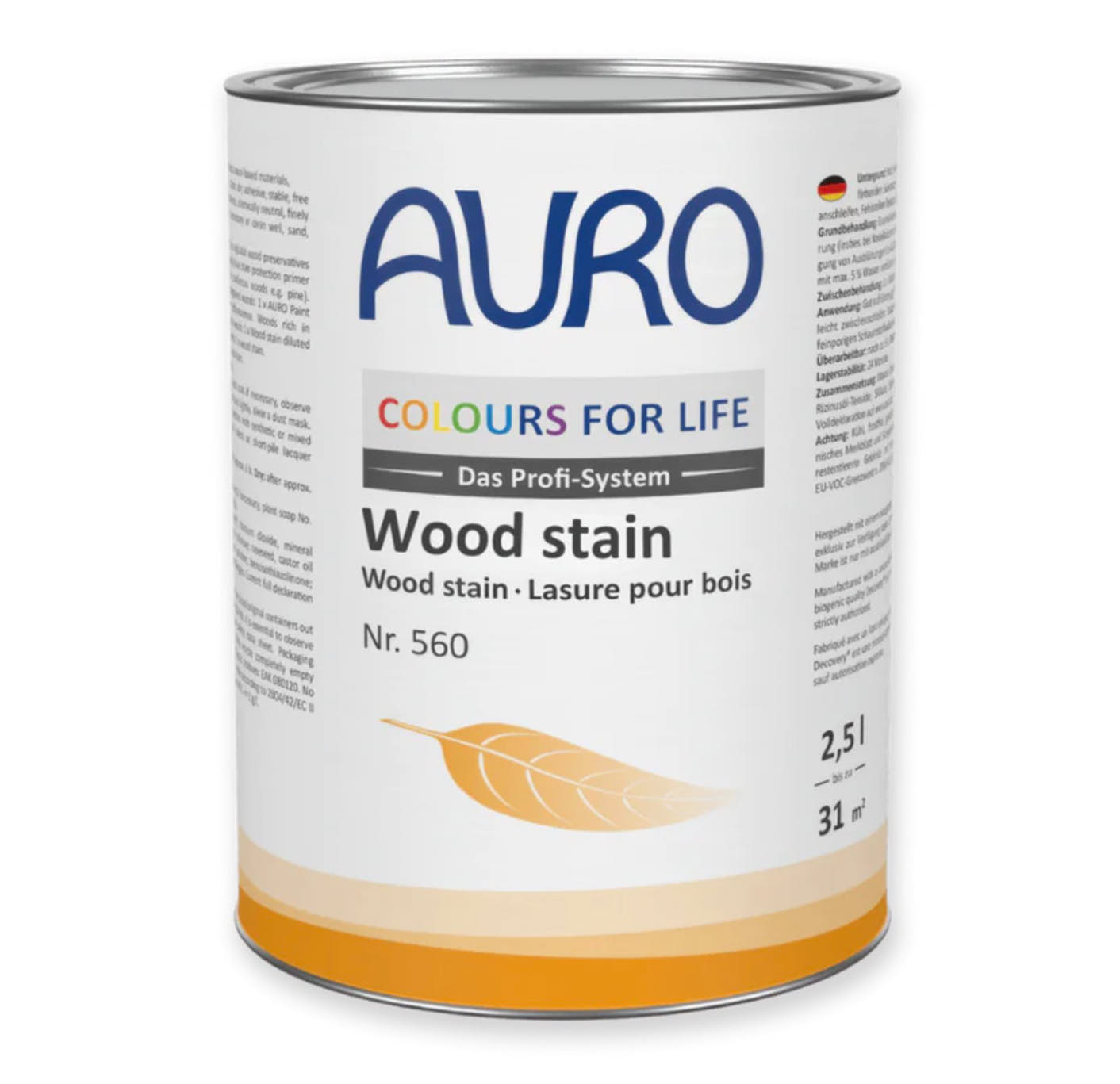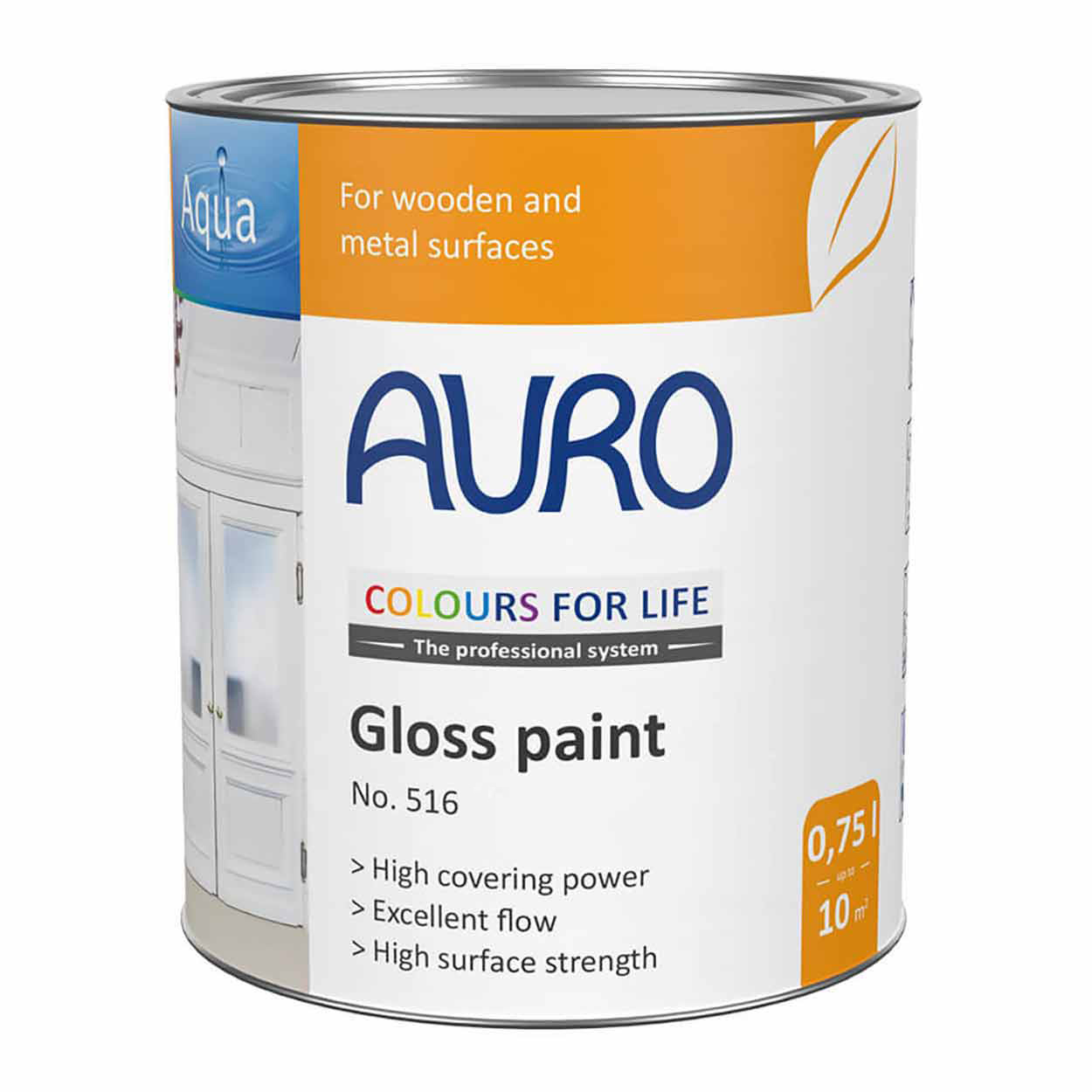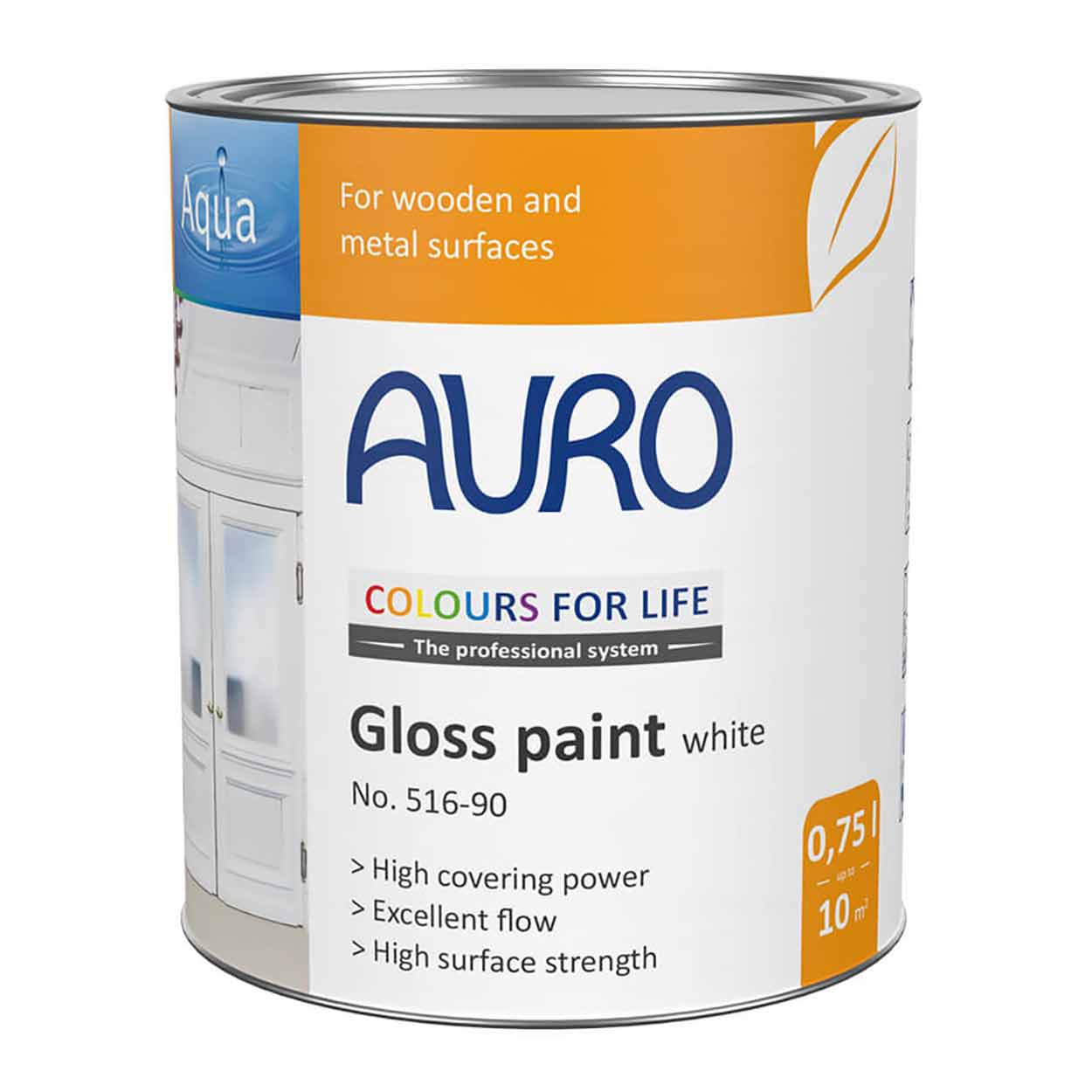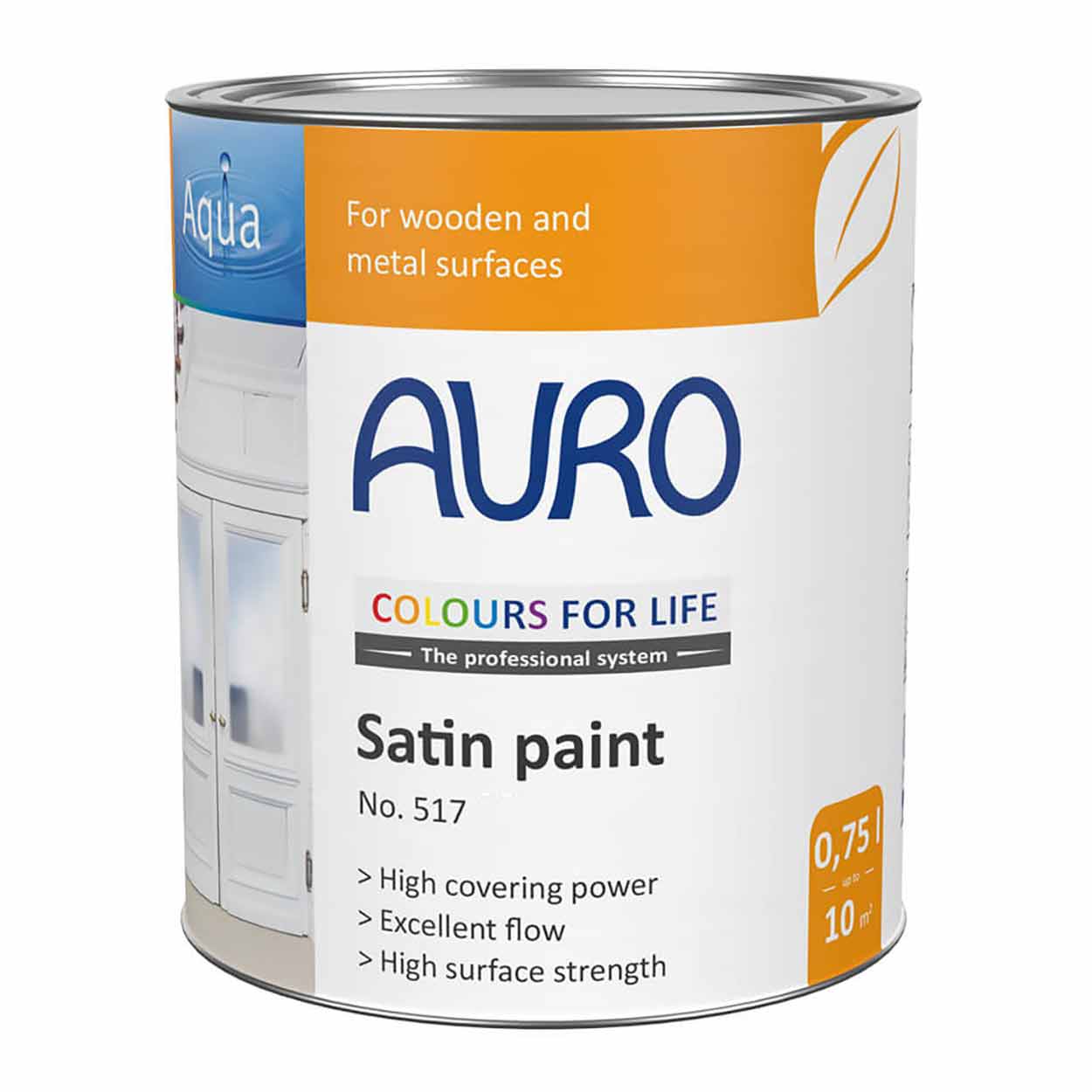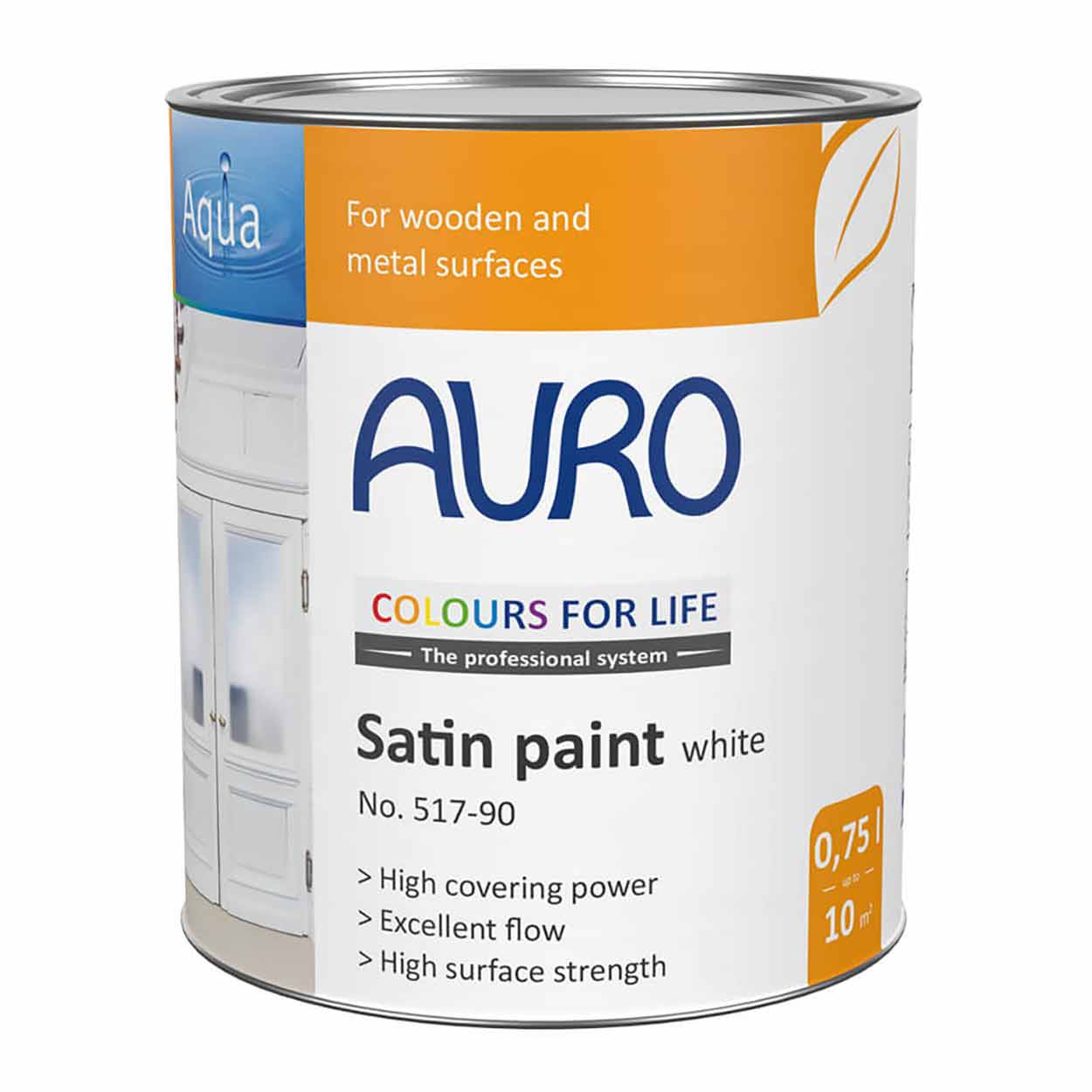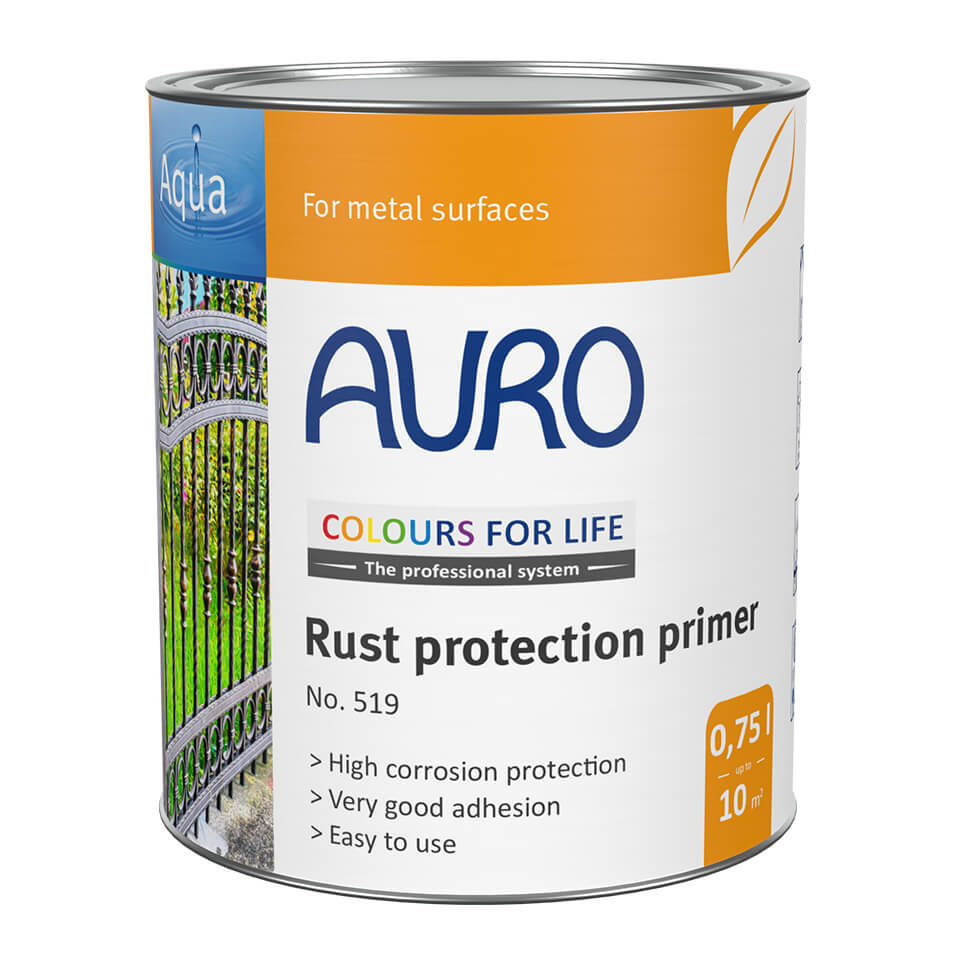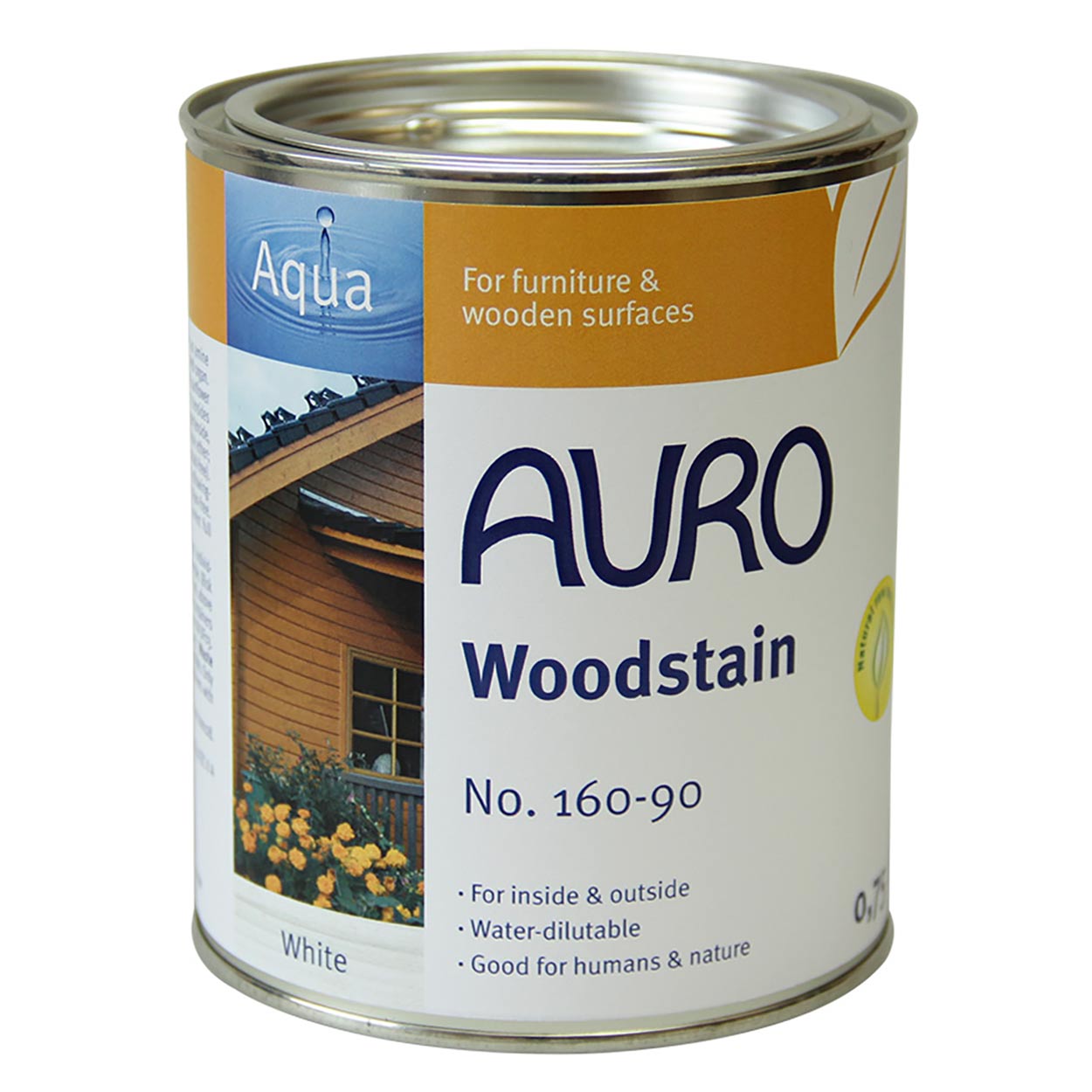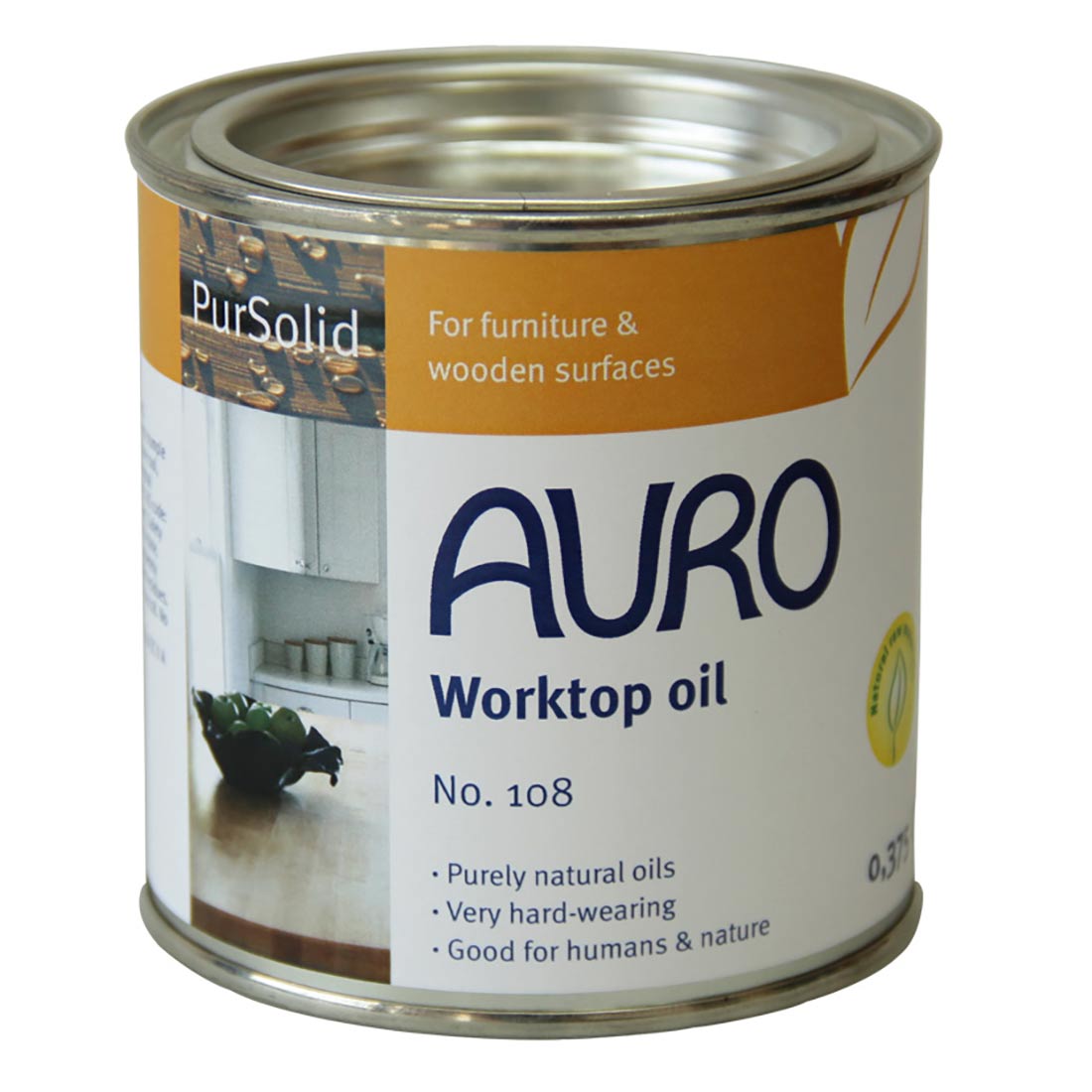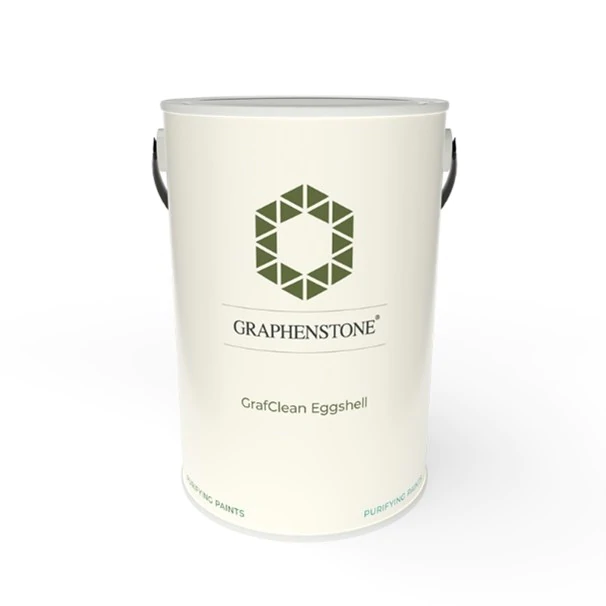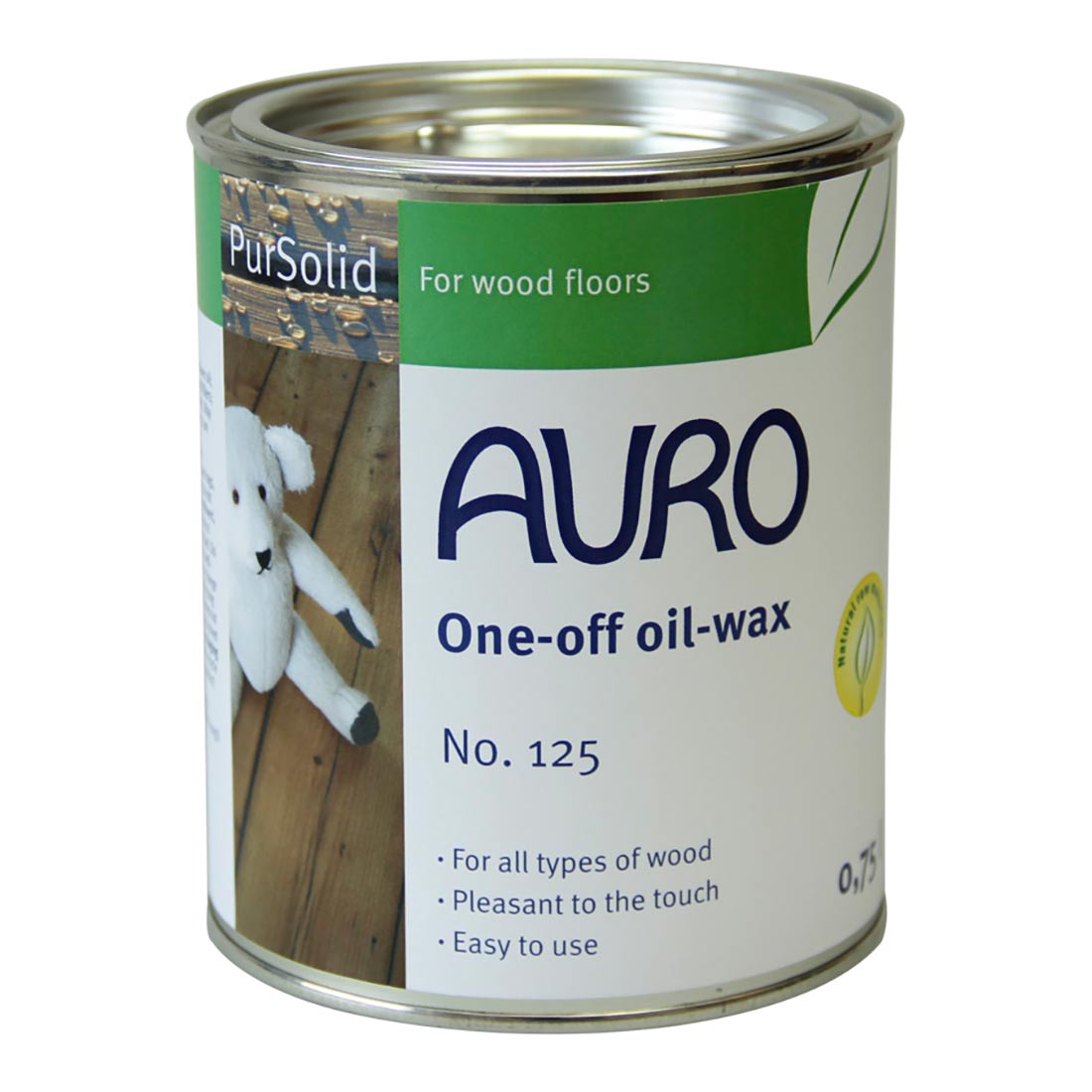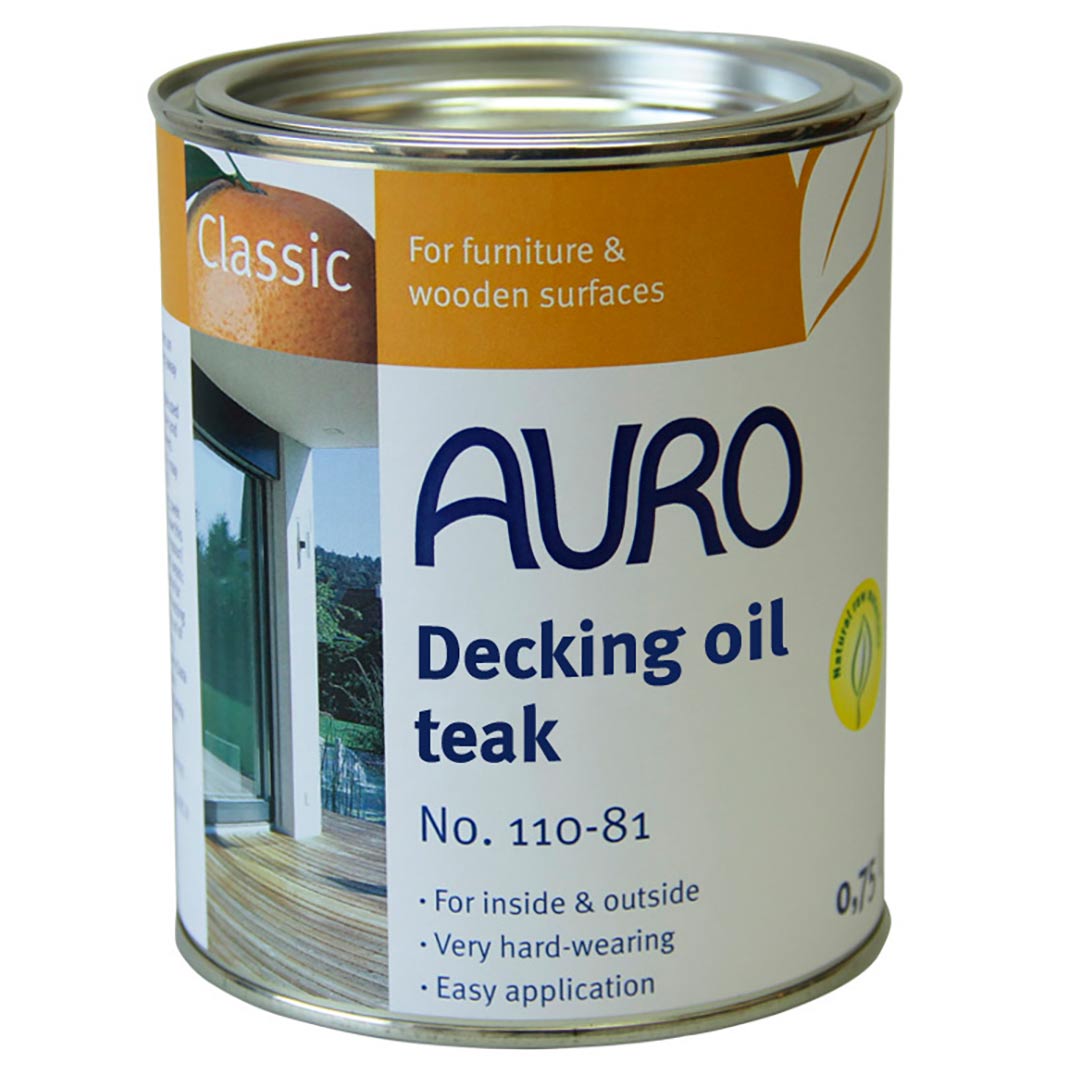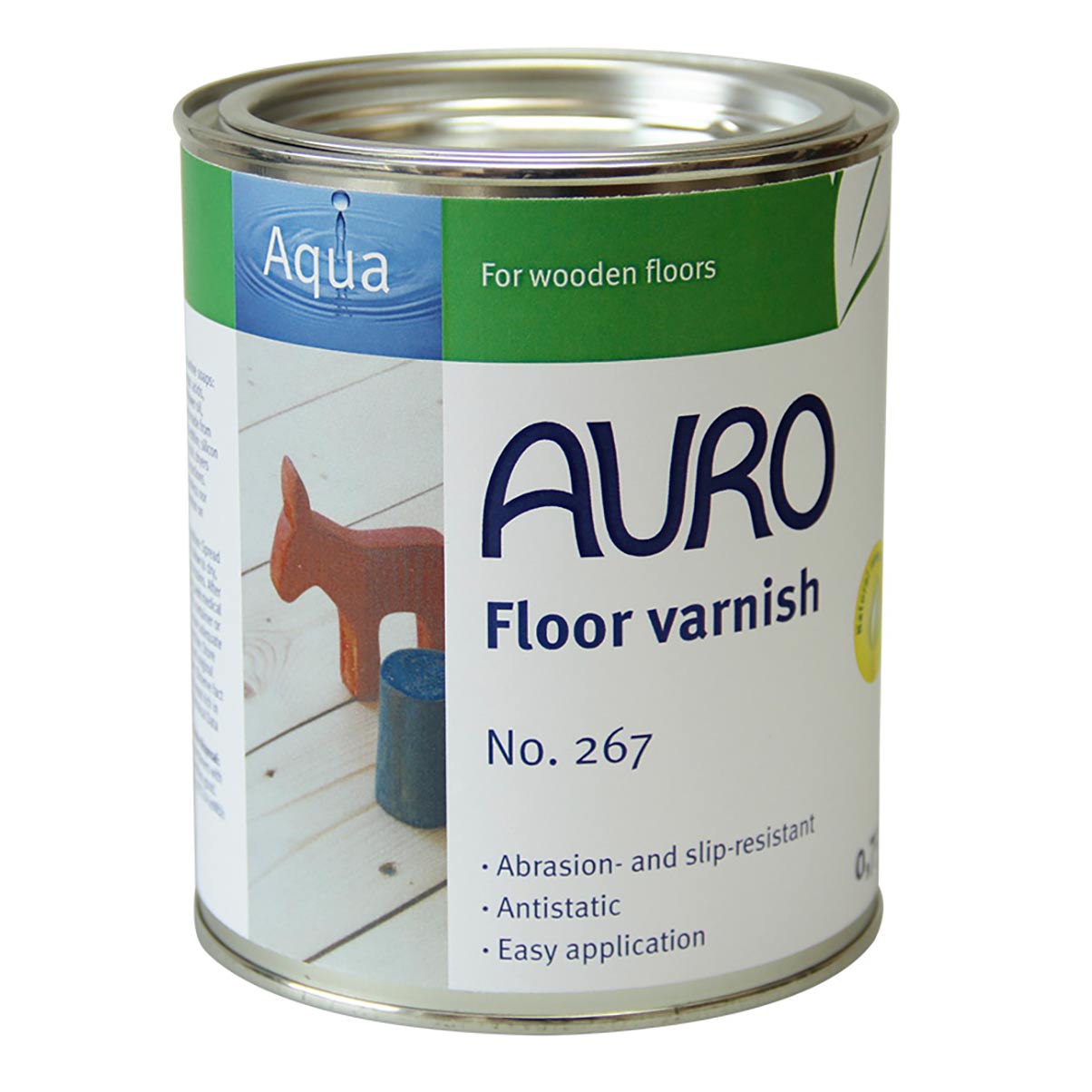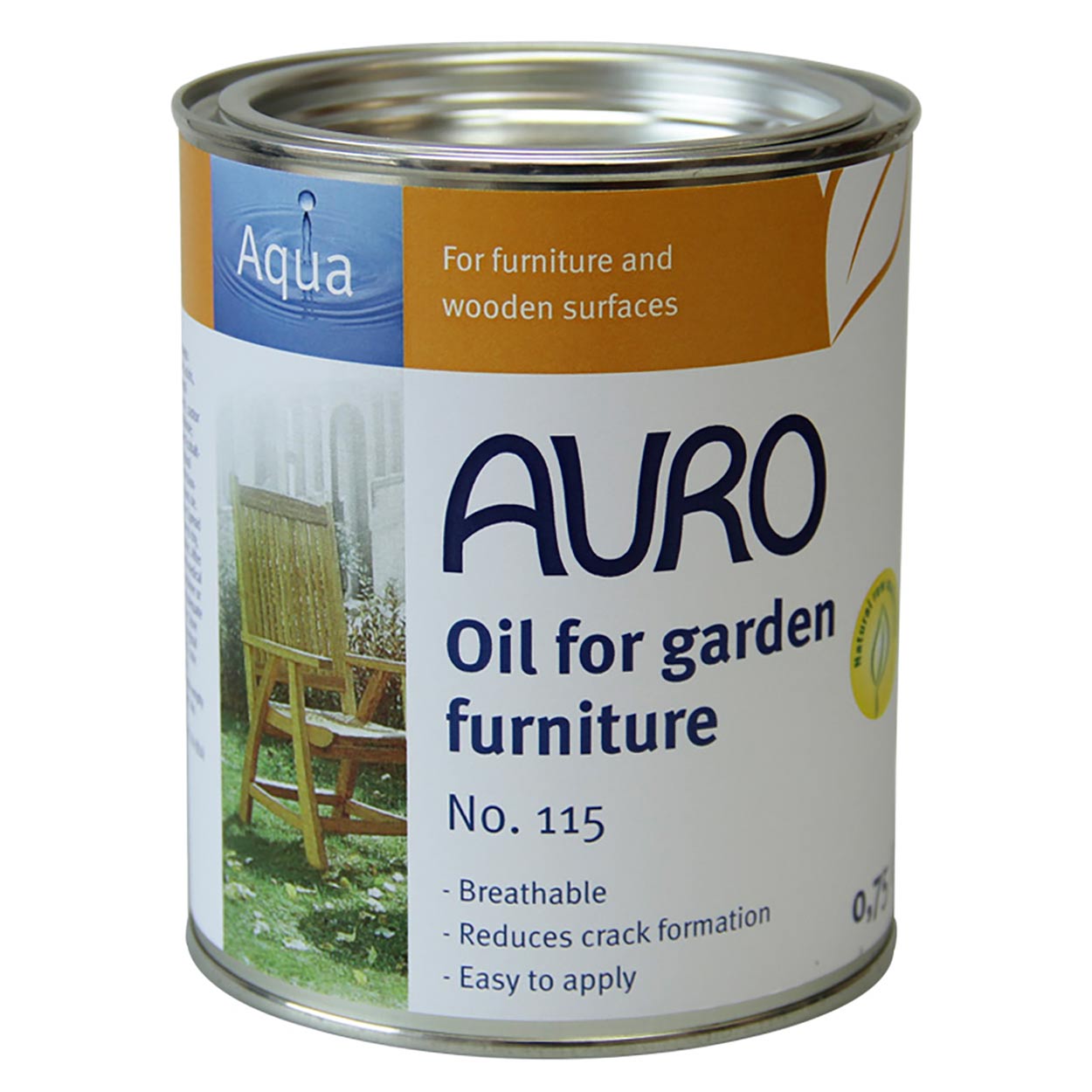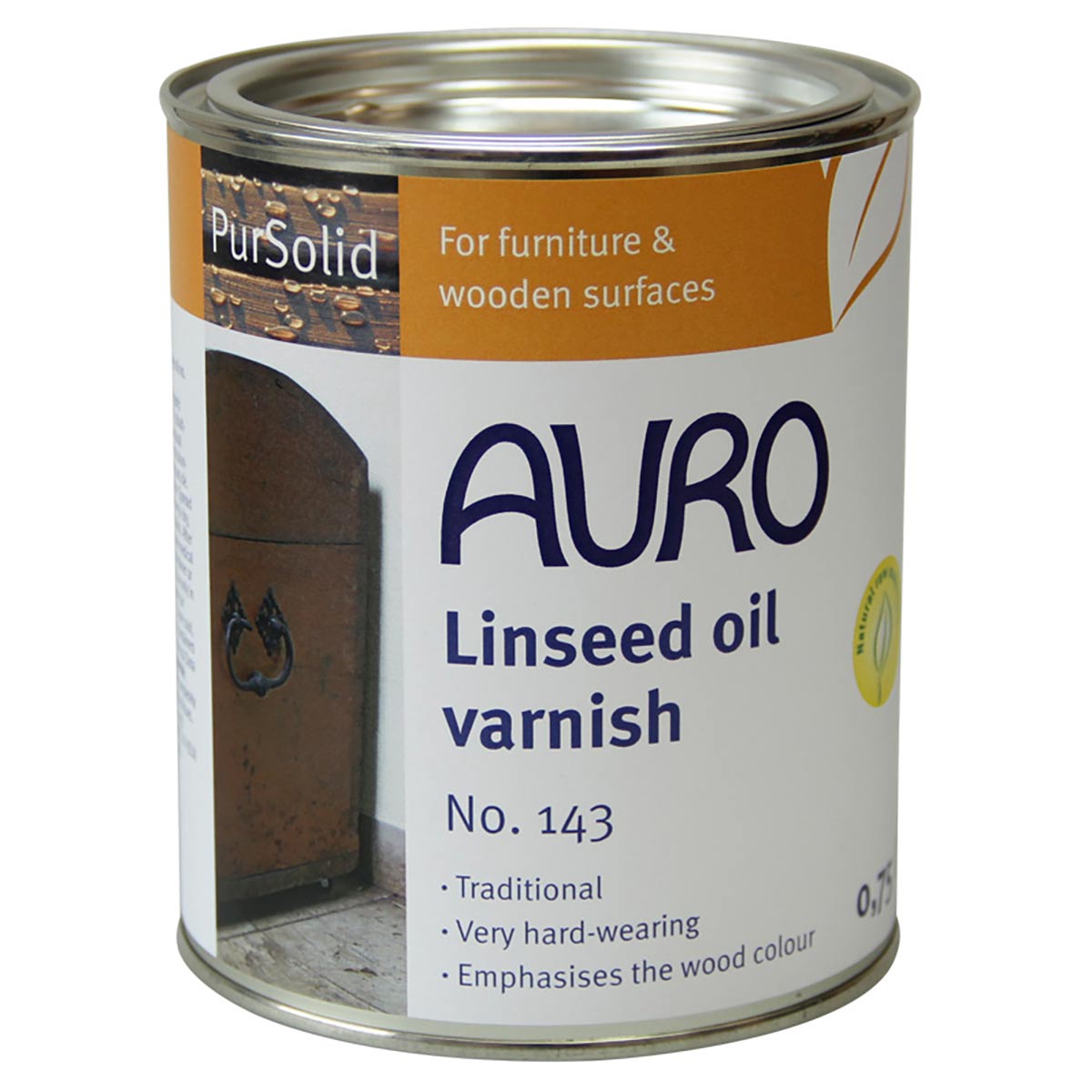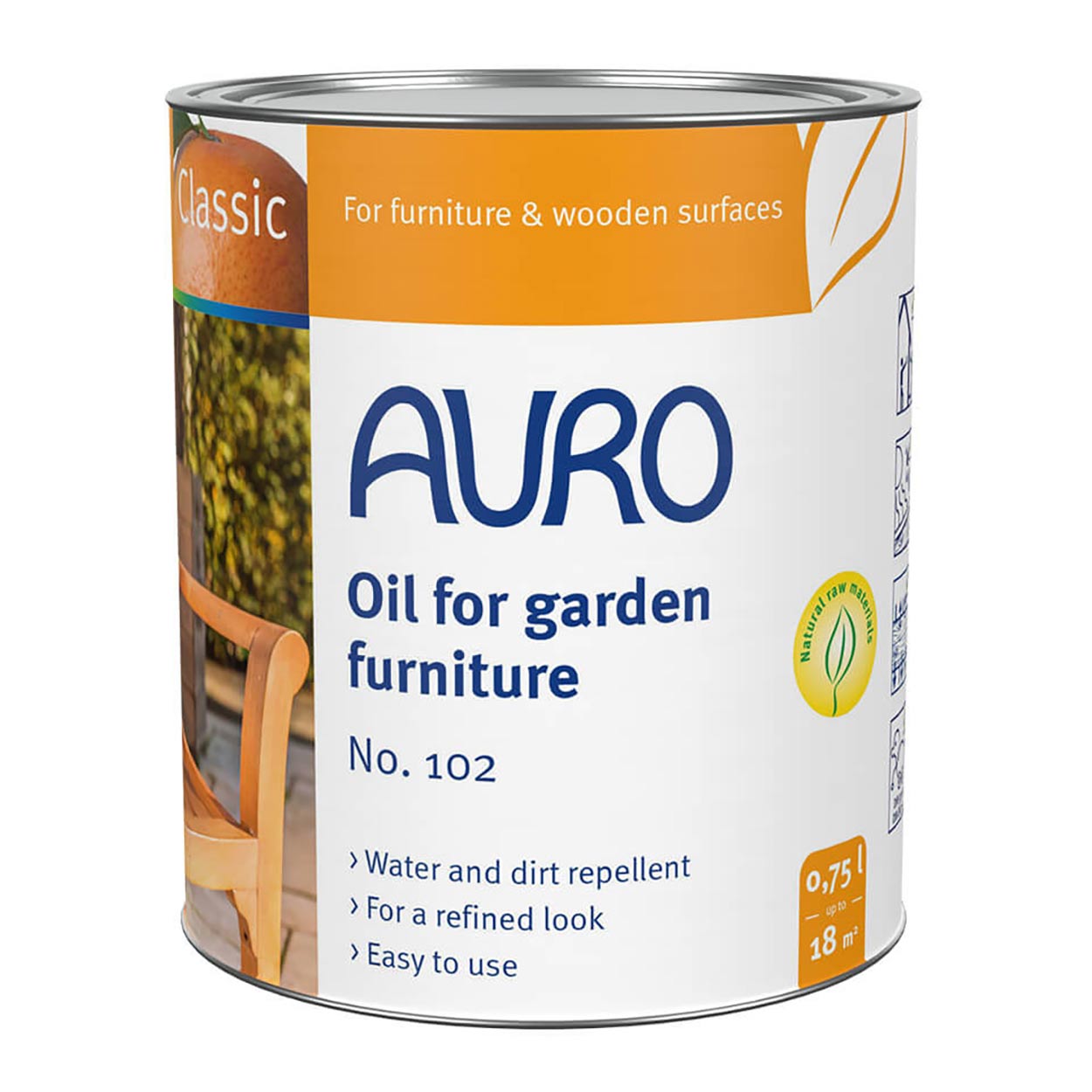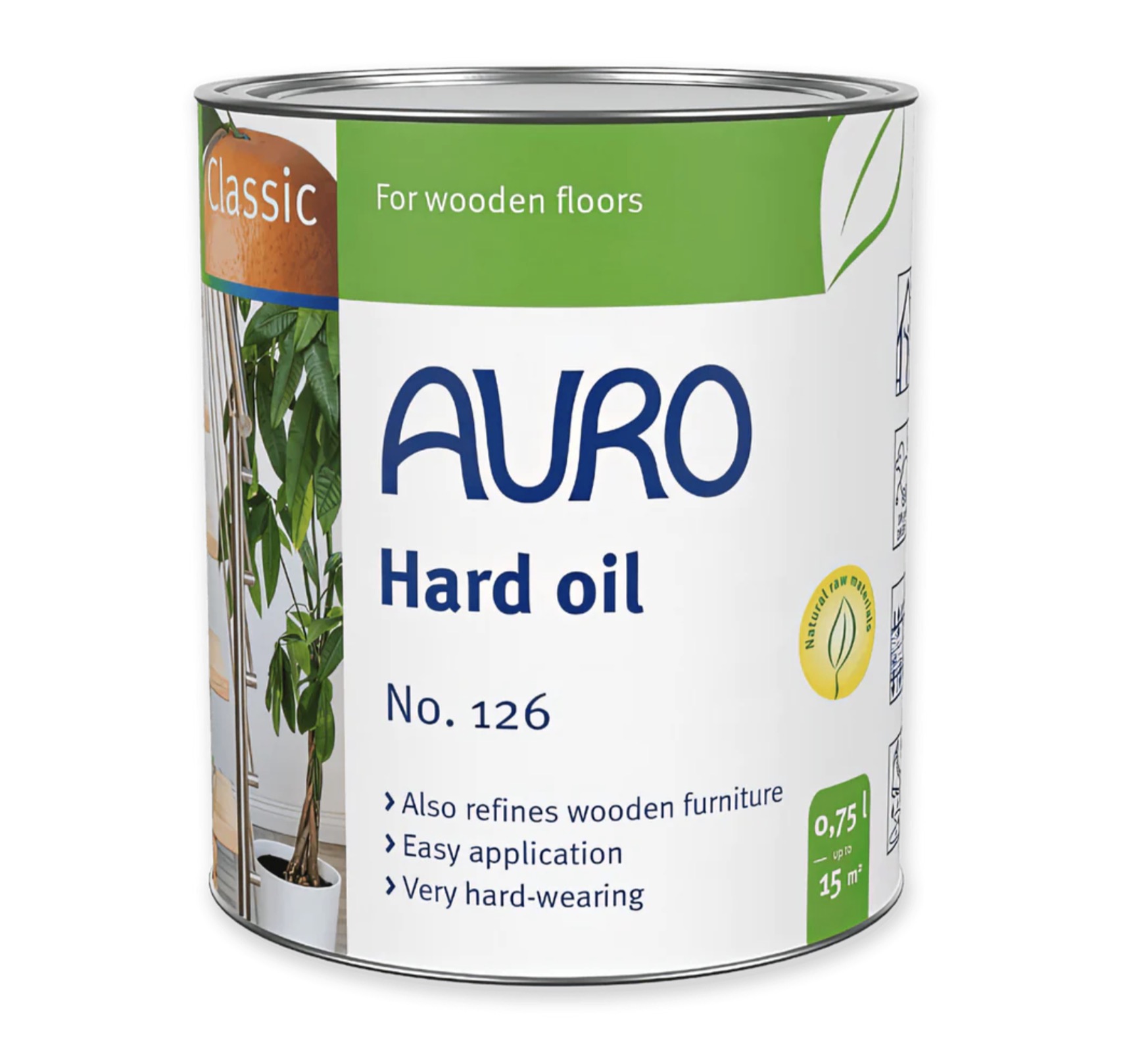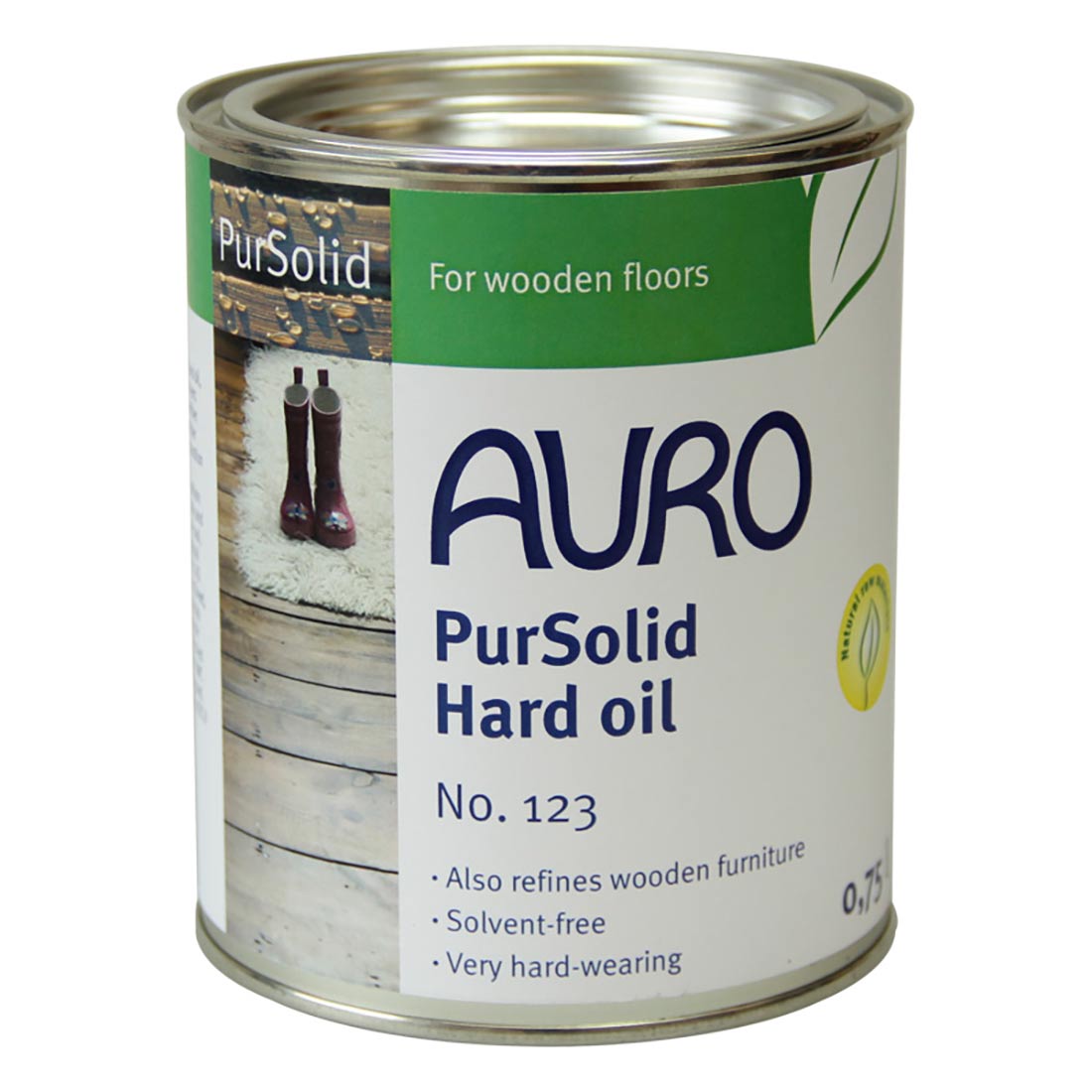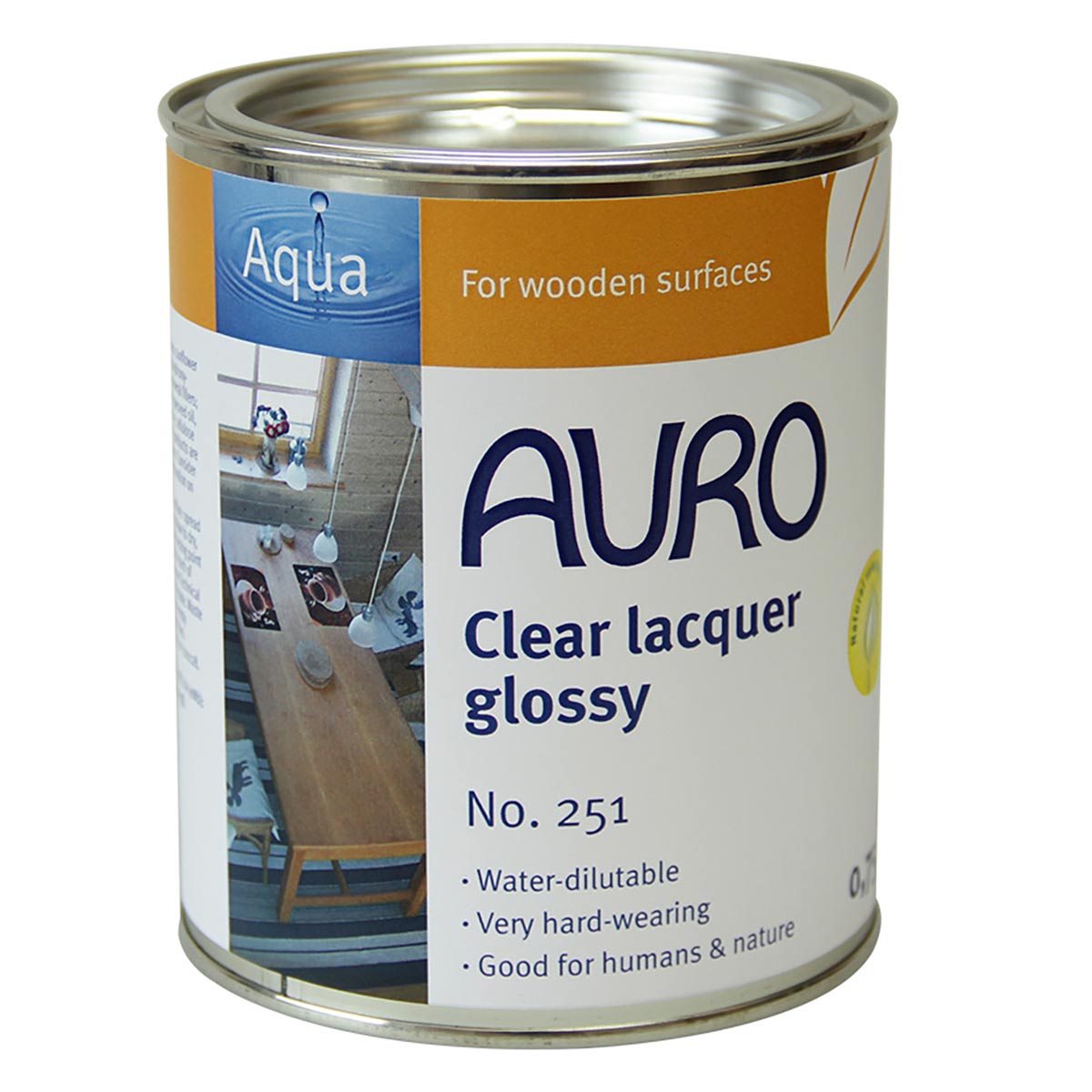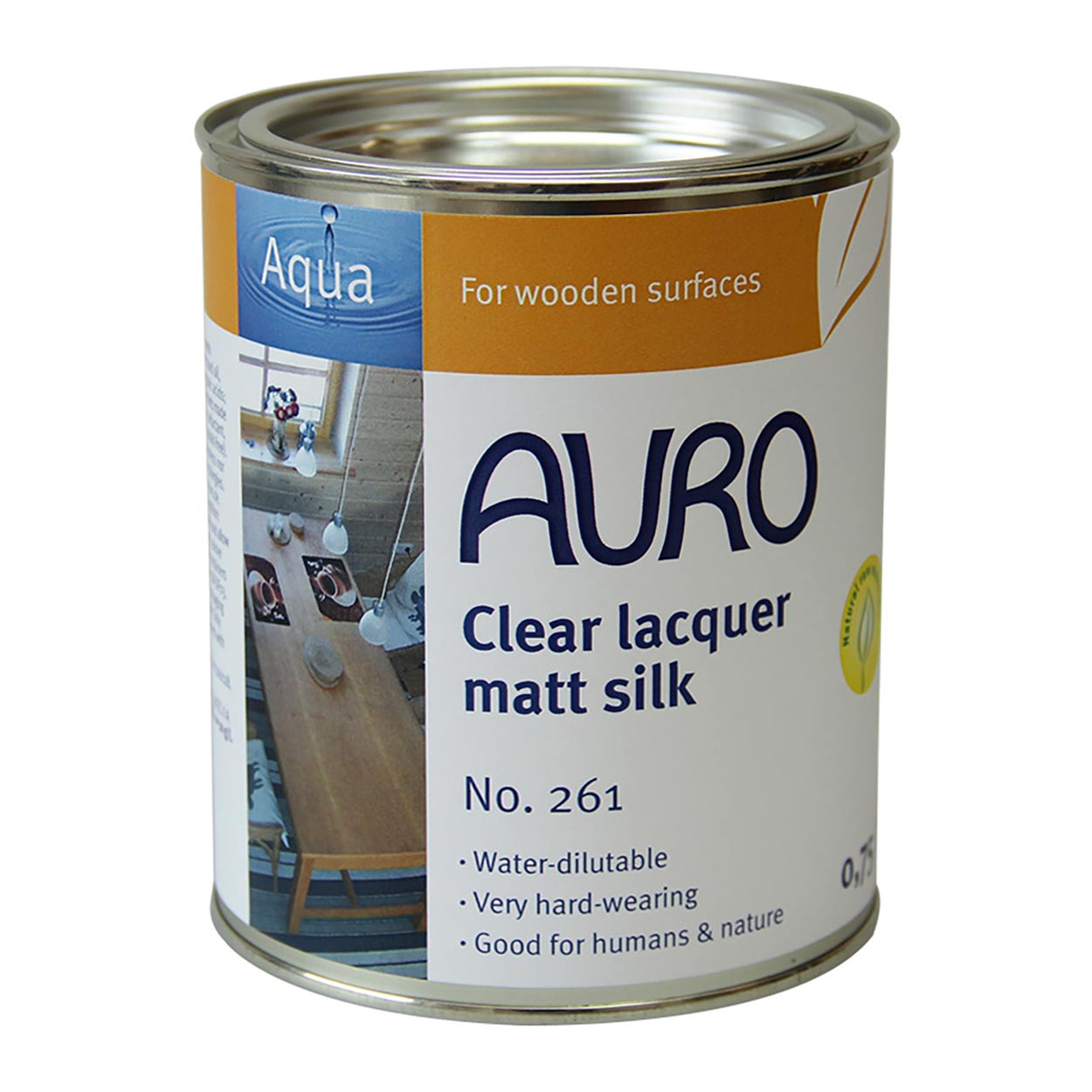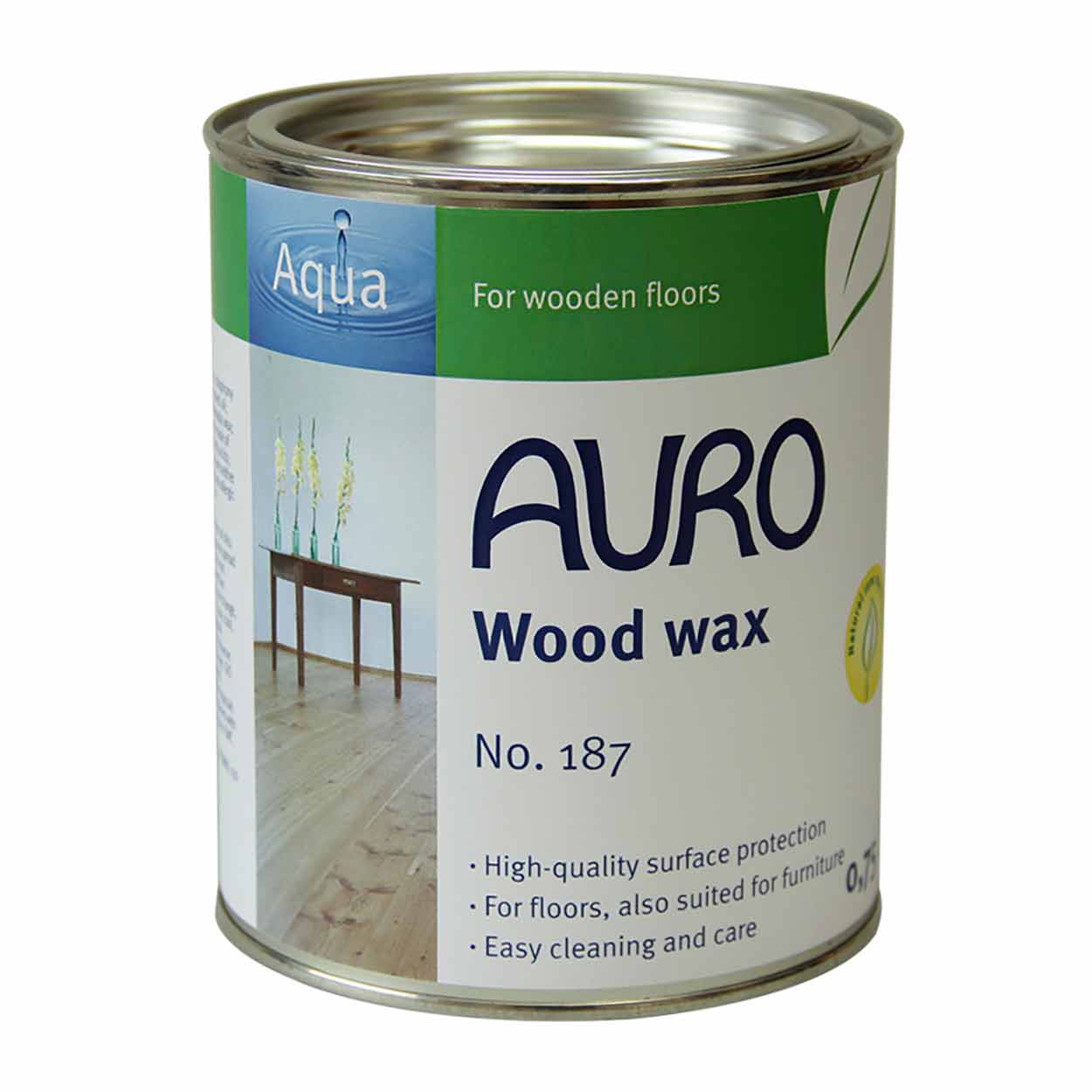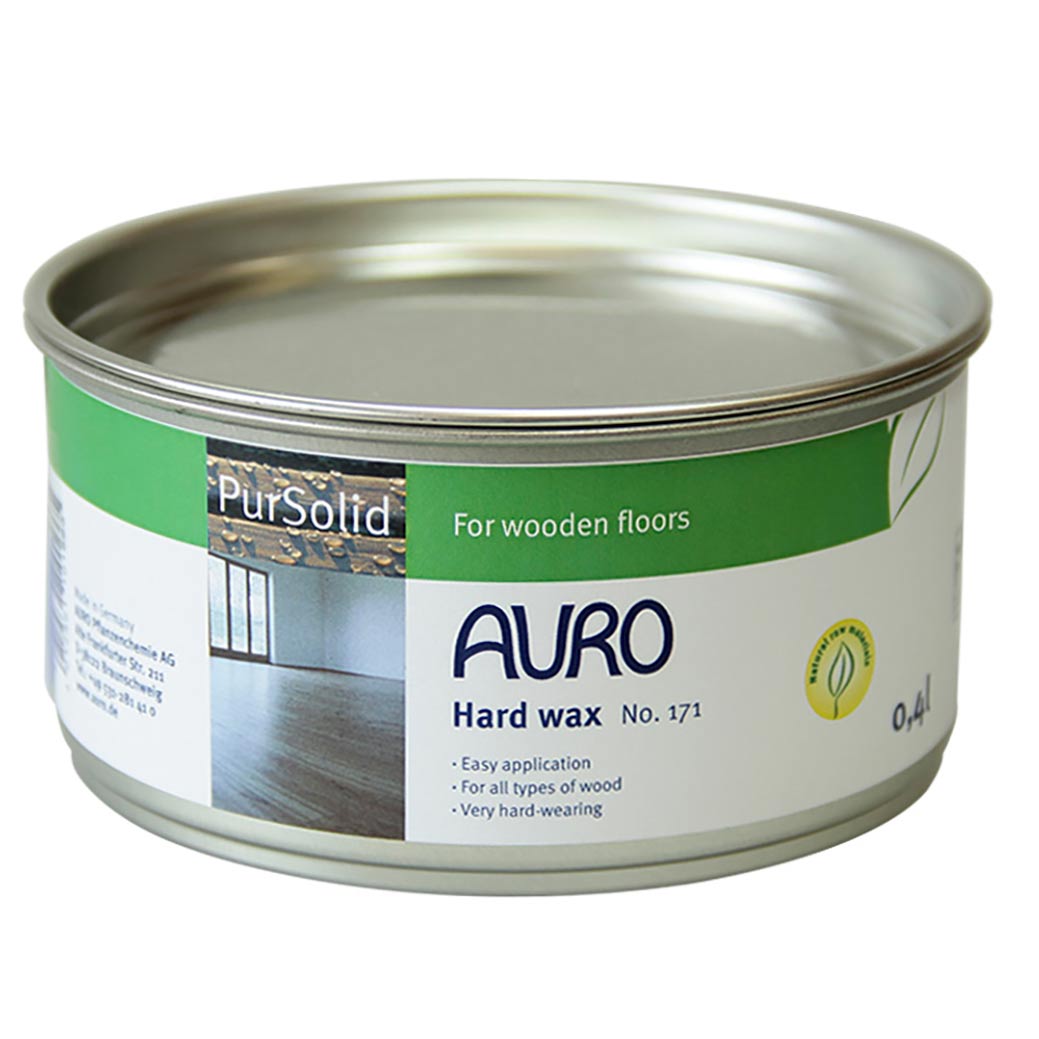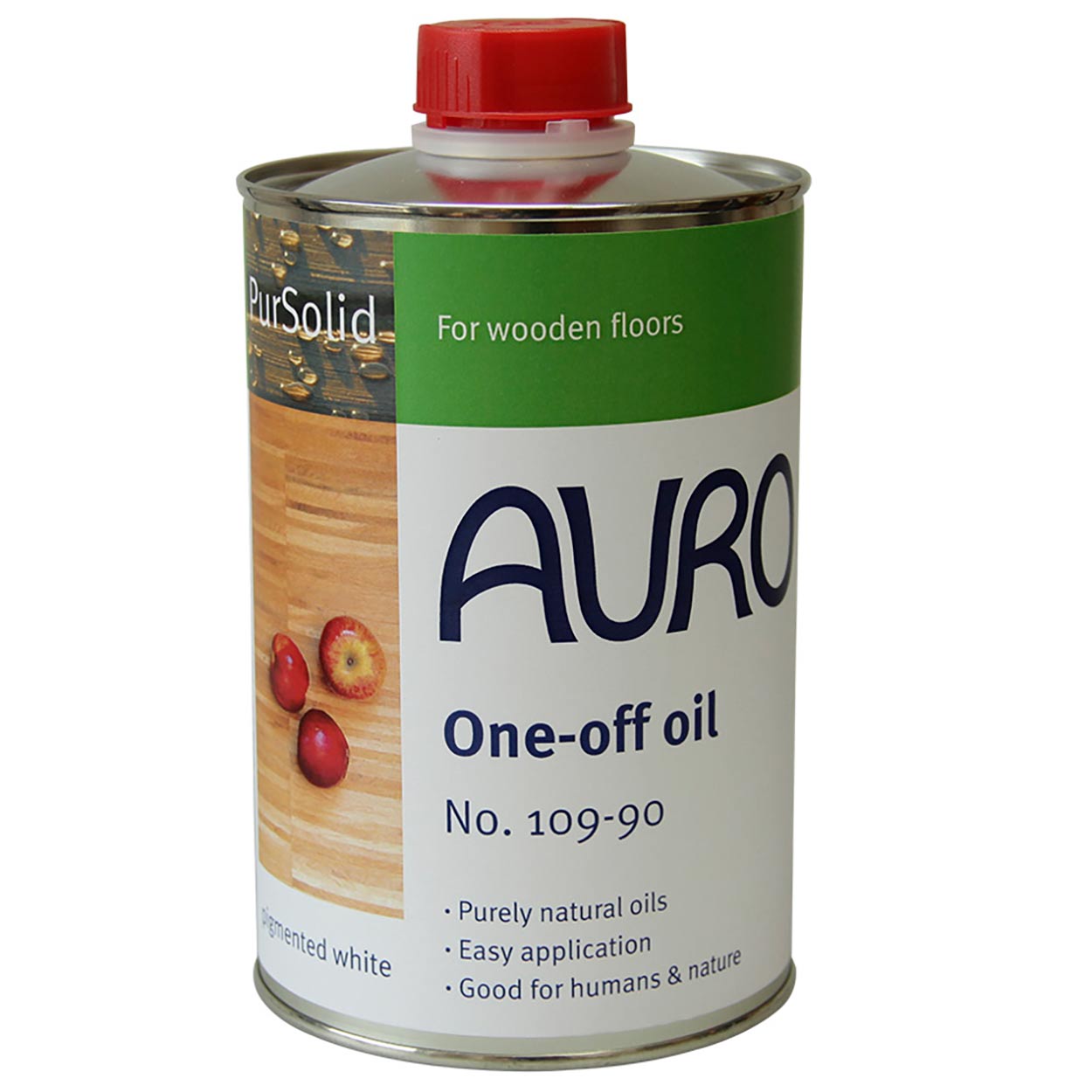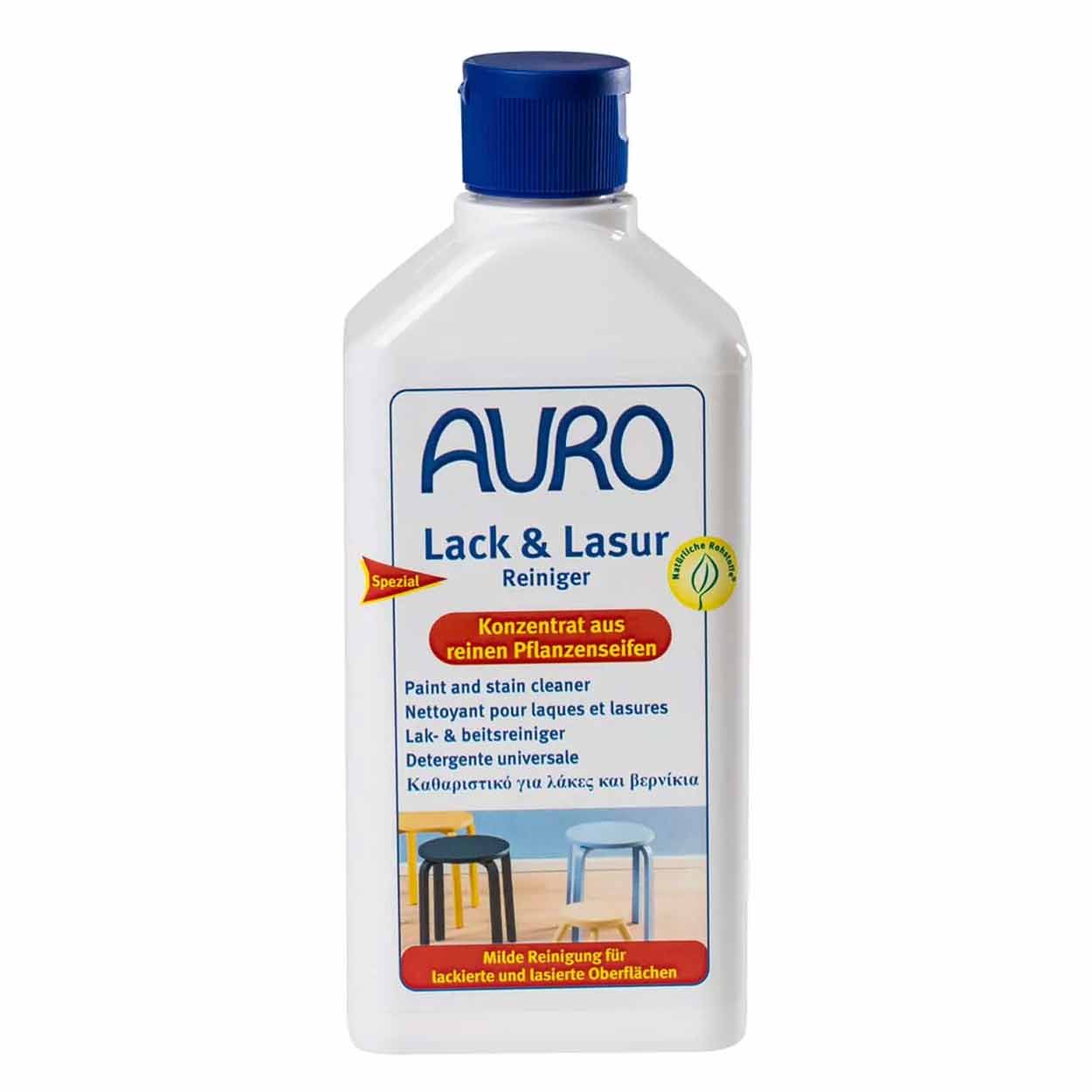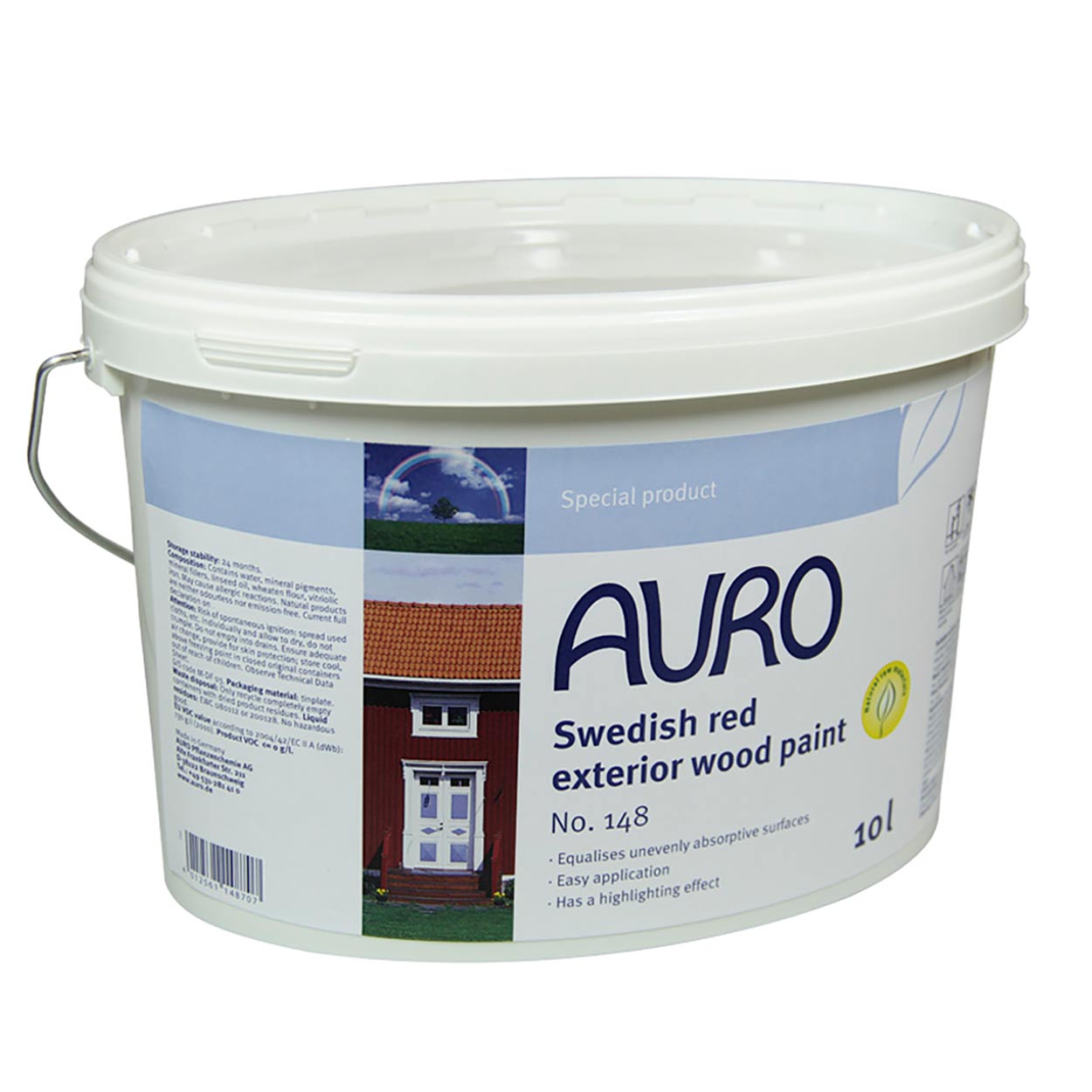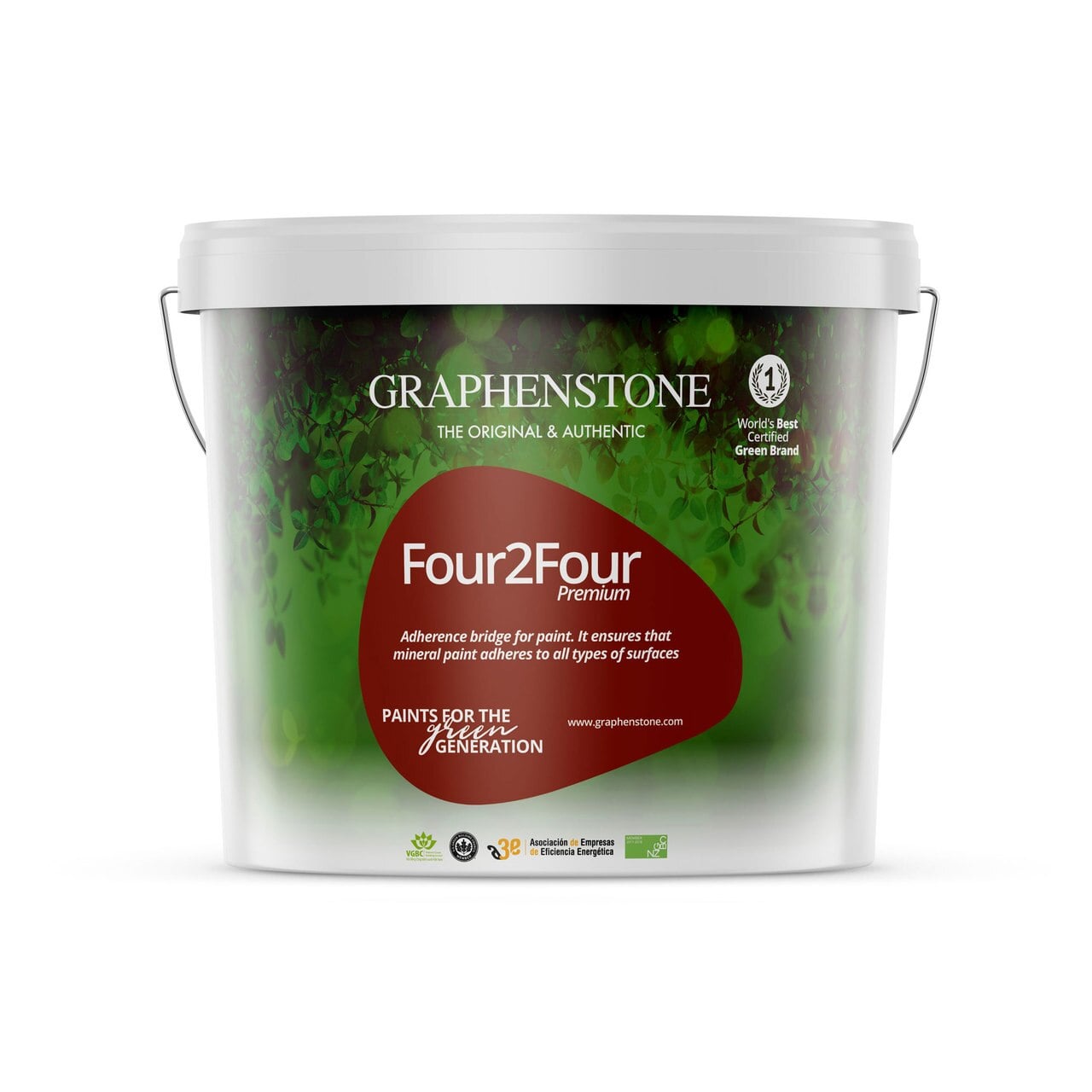It is so important that you use the right paint if you have lime plaster walls, and we can help guide you for what you need, how to do it, and how to improve your overall indoor air quality. If you are new to lime plasters and want to know the difference between lime plasters and gypsum standard plasters please click here.
When you have lime based plasters, you need to choose a paint that is actually breathable, not just ‘greenwashed’ breathable that you see on almost all plastic paints these days also. Plastic paints are not breathable, not even slightly. Lime plasters need to be able to breathe, so it is important that you have a tested breathable paint for lime plaster, whether it is a natural mineral based paint (that is suitable for painting over lime) or a true (made from lime) breathable lime paint.
If you want something to replace a limewash, then use Graphenstone Biosphere. The easiest paint to use, with most colours is Graphenstone Grafclean, which can be used in the rest of the house over normal plaster / normal paint as well as lime plasters / lime paints.
We stock a few different types of breathable paint for lime plasters, which I will discuss further below.
| Base | Suitable for Lime | Over ‘normal’ paint? | Washable | Colours | Link | |
| Graphenstone Grafclean Interior (Matt) | Mineral | YES | YES | YES | Full Range | BUY |
| Graphenstone Grafclean Exterior (Matt) | Mineral | YES | YES | YES | Most of range | BUY |
| Graphenstone Grafclean Eggshell (Int & Ext) | Mineral | YES | YES | YES | Full Range | BUY |
| Graphenstone Ecosphere (Interior) | Lime | YES | With primer | NO | White / Off Whites | BUY |
| Graphenstone Biosphere (Exterior) | Lime | YES | With primer | NO | White / Off Whites | BUY |
| Graphenstone GCS Interior | Mineral | YES | With primer | NO | Most of range | BUY |
| Graphenstone GCS Exterior | Mineral | YES | With primer | NO | Most of range | BUY |
| Auro 344 Lime Paint (Int & Ext) | Lime | YES | NO | White only | BUY |
Buy Breathable Paints for Lime Plasters
-
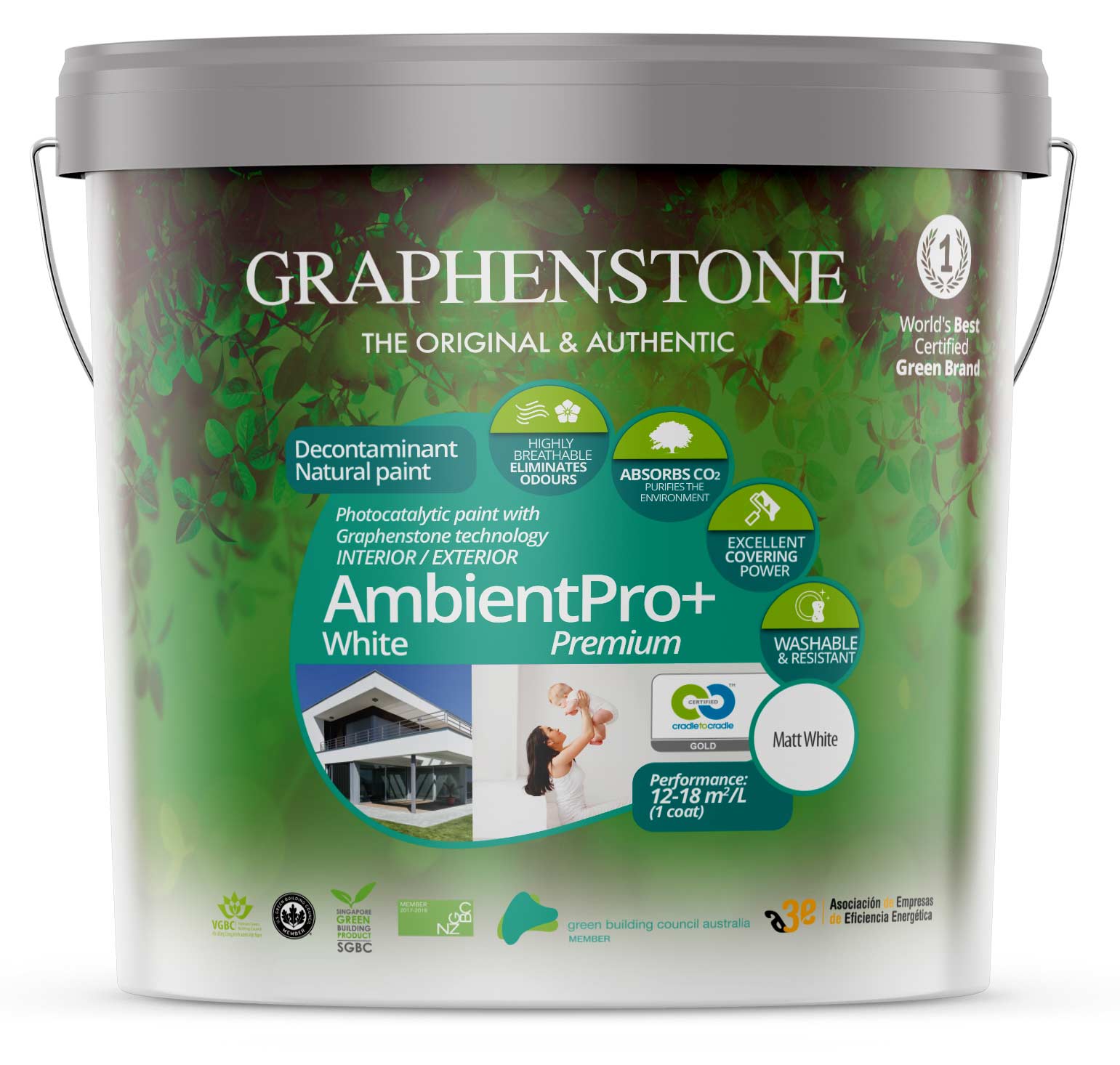 Air purifying Paint – Graphenstone Ambient Pro Photocatalytic£5.50 – £279.00 Inc VAT
Air purifying Paint – Graphenstone Ambient Pro Photocatalytic£5.50 – £279.00 Inc VAT -
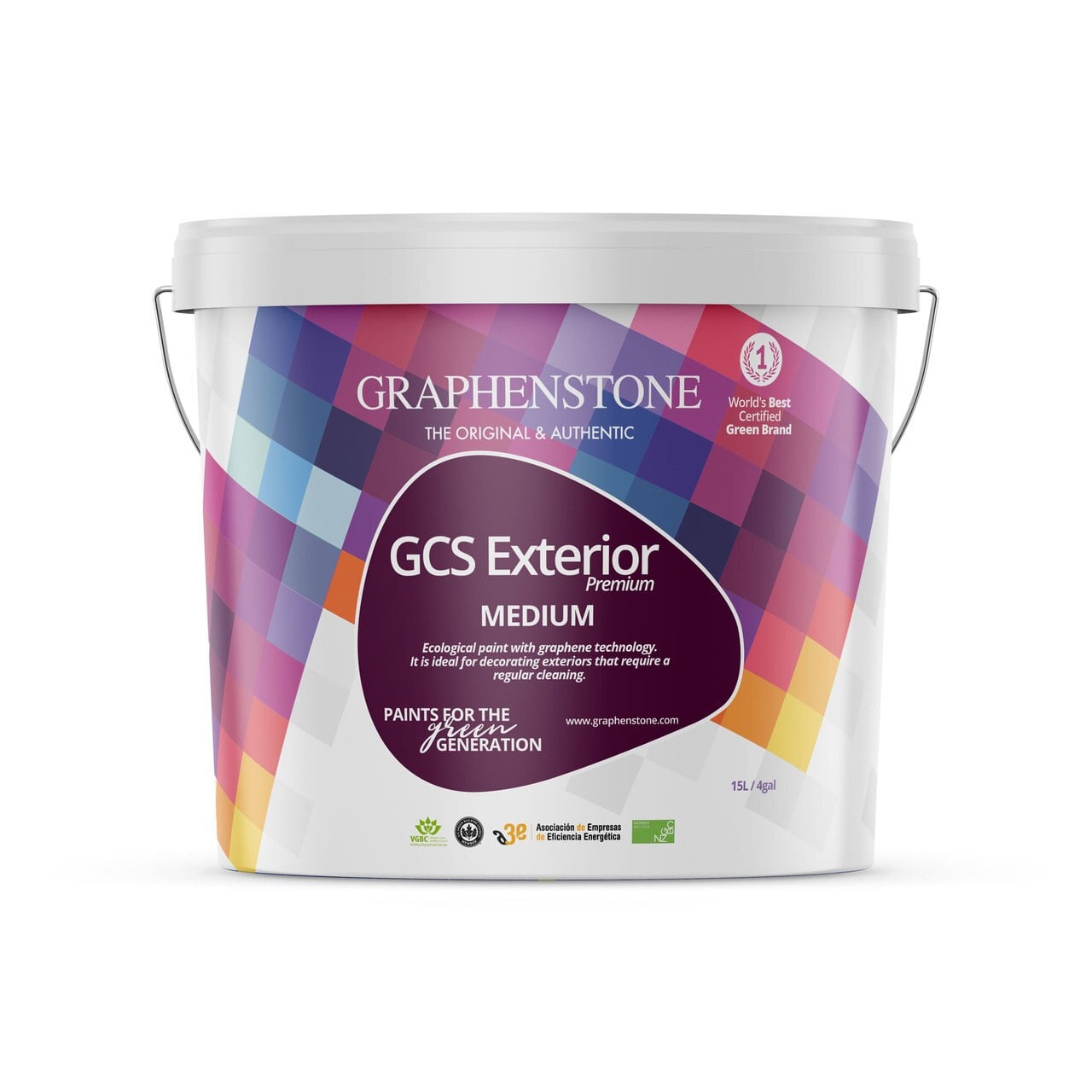 Natural Exterior Heritage House Paint – GCS Exterior Colour Eco Paint£5.50 – £257.00 Inc VAT
Natural Exterior Heritage House Paint – GCS Exterior Colour Eco Paint£5.50 – £257.00 Inc VAT -
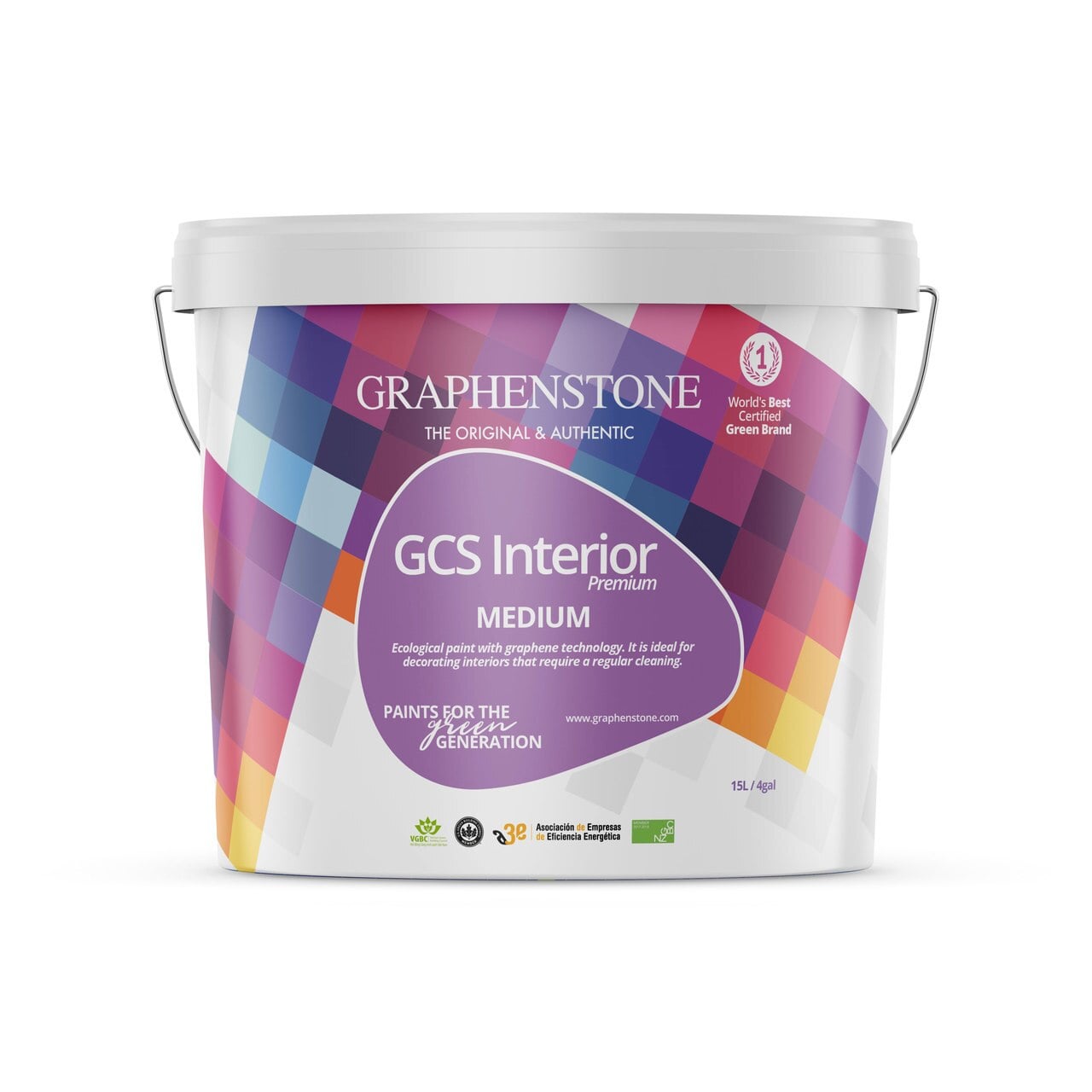 Heritage Natural Wall Paint – Graphenstone GCS Interior for Lime Plasters£5.50 – £222.50 Inc VAT
Heritage Natural Wall Paint – Graphenstone GCS Interior for Lime Plasters£5.50 – £222.50 Inc VAT -
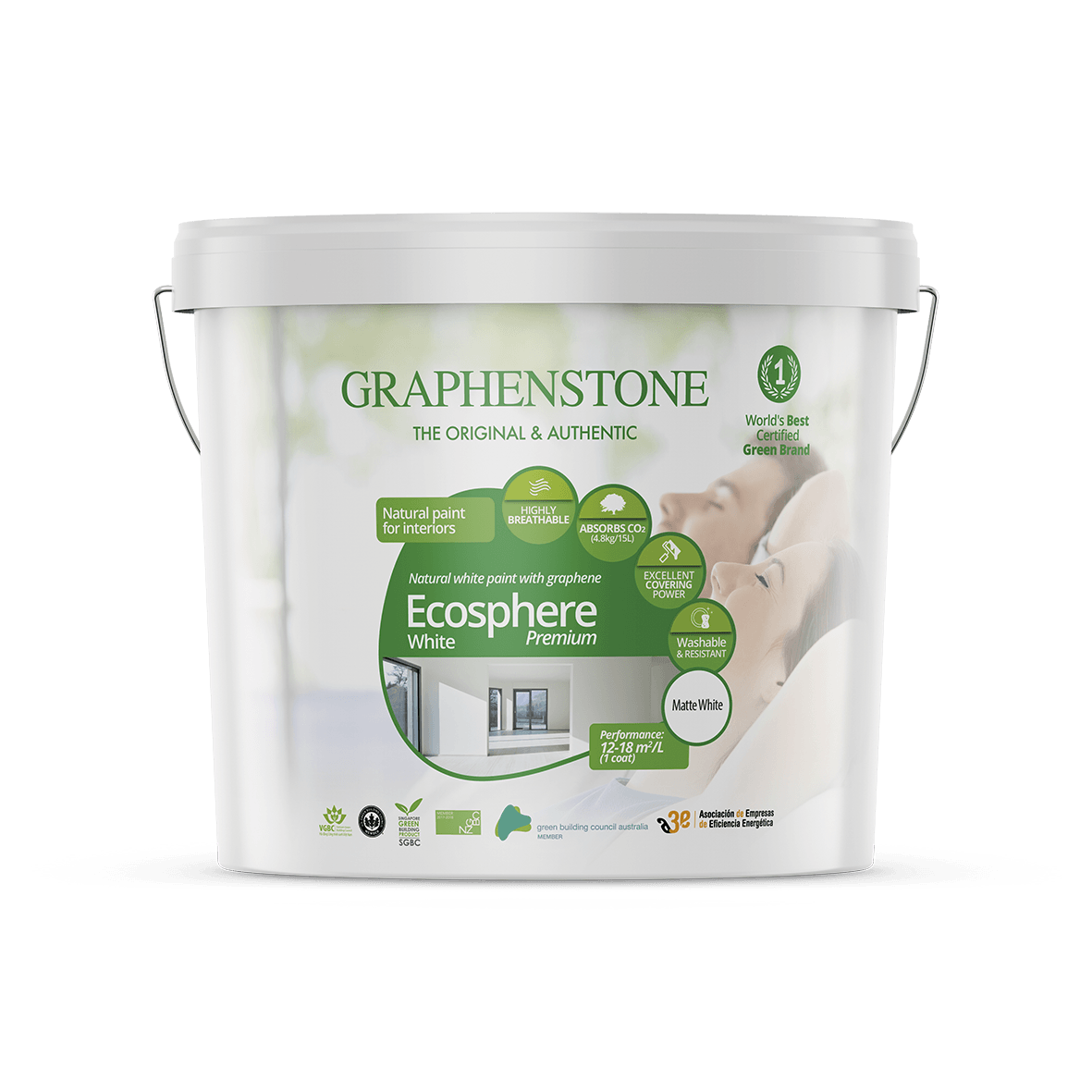 Natural Lime Paint Interior Emulsion – Graphenstone Ecosphere£8.50 – £207.00 Inc VAT
Natural Lime Paint Interior Emulsion – Graphenstone Ecosphere£8.50 – £207.00 Inc VAT -
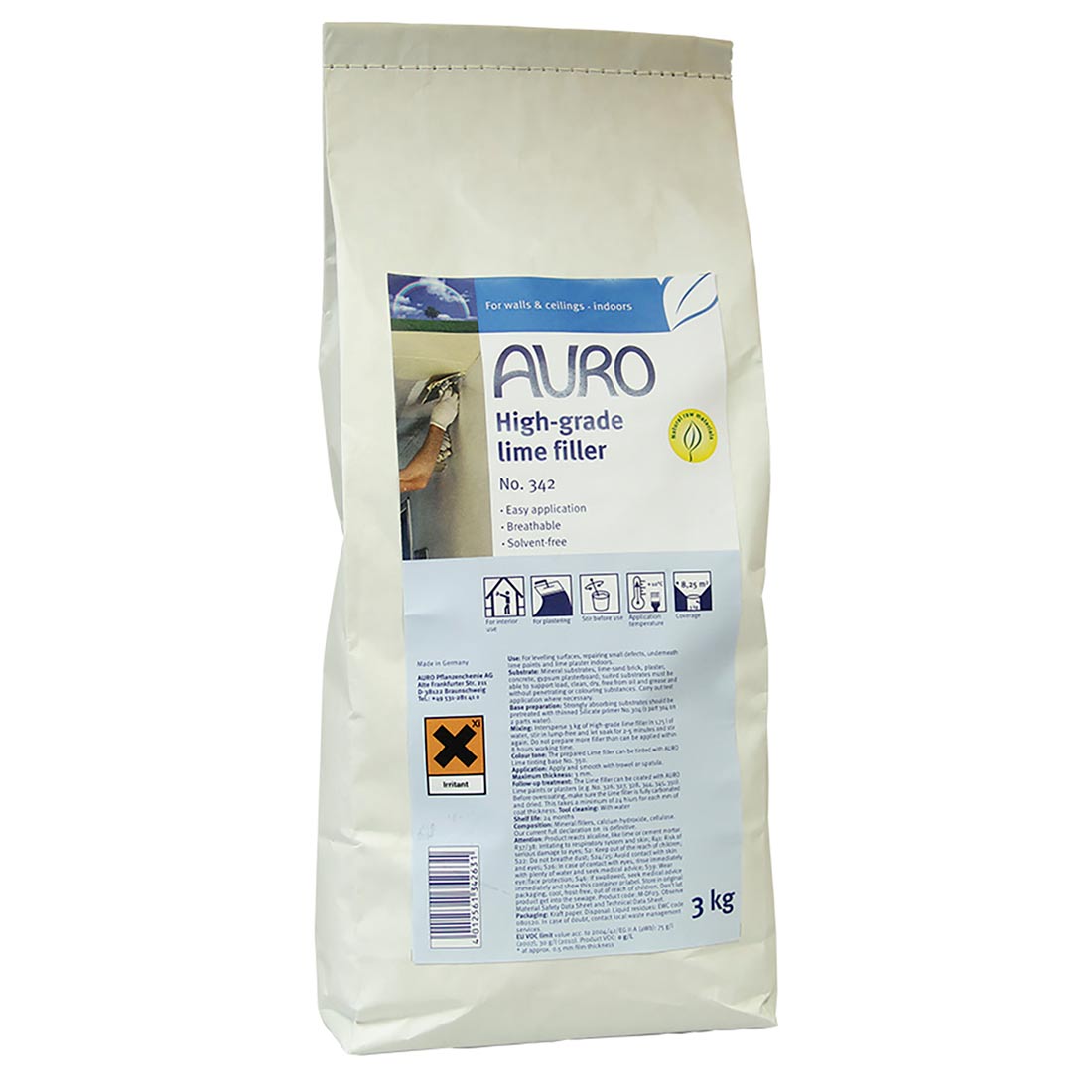 Natural Lime Filler – High Grade Lime Filler – Auro 342£37.50 Inc VAT
Natural Lime Filler – High Grade Lime Filler – Auro 342£37.50 Inc VAT -
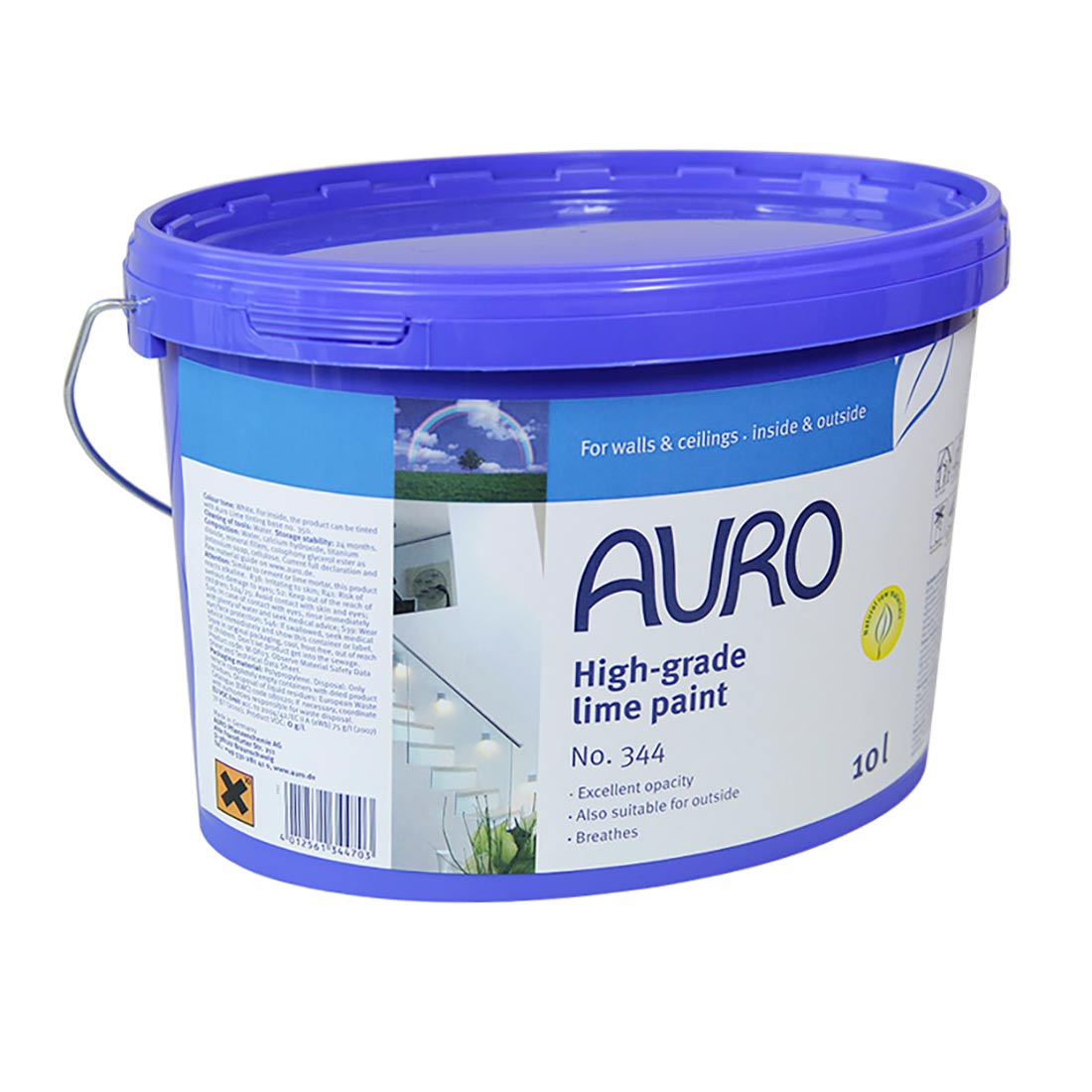 Lime Paint – High Grade Eco & Natural Breathable Lime Paint – Auro 344£54.50 – £103.00 Inc VAT
Lime Paint – High Grade Eco & Natural Breathable Lime Paint – Auro 344£54.50 – £103.00 Inc VAT -
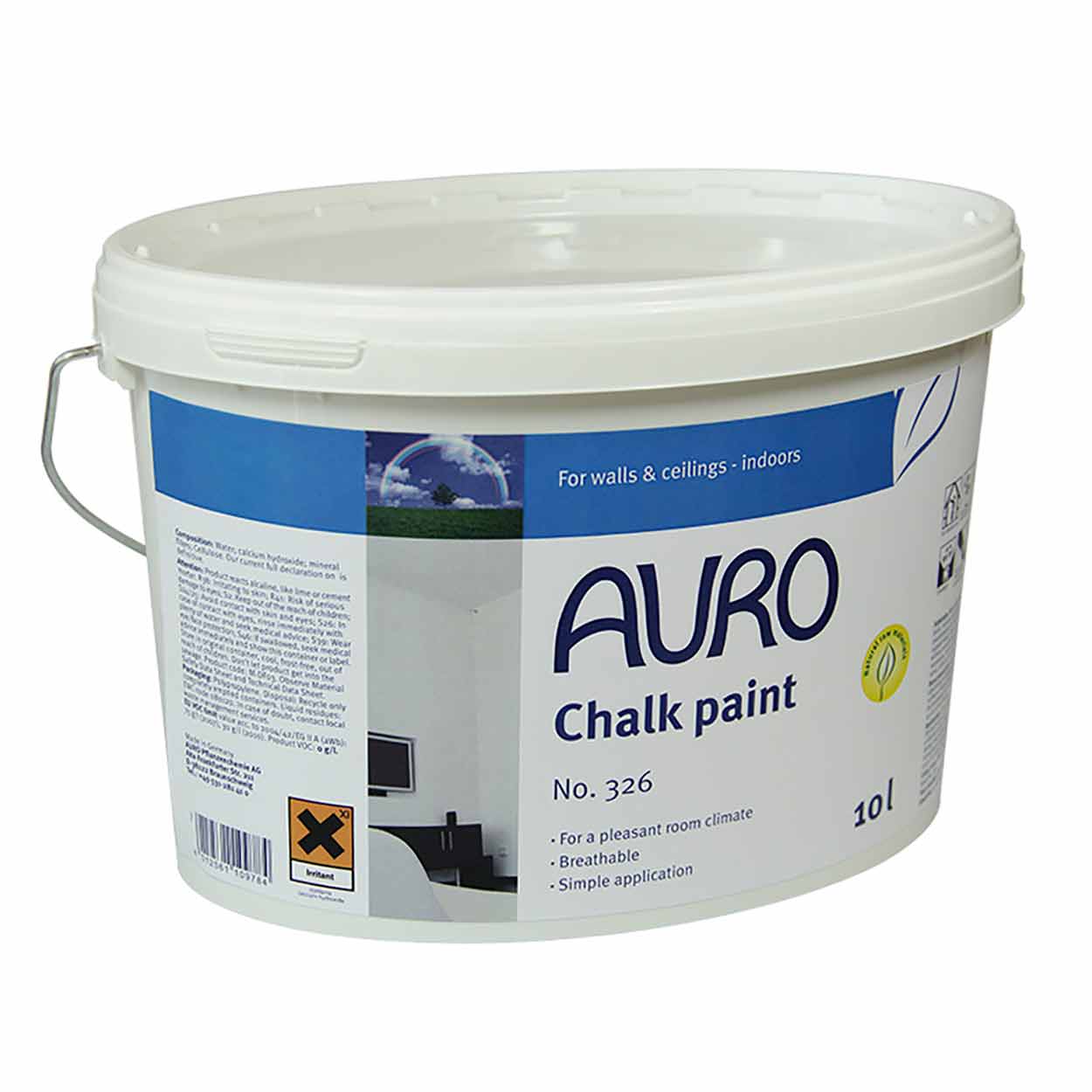 Natural Chalk Paint – Lime & Mineral Interior Wall Paint Auro 326£3.99 Inc VAT
Natural Chalk Paint – Lime & Mineral Interior Wall Paint Auro 326£3.99 Inc VAT
Table of Contents
- Lime plasters need vapour permeable paints
- SD value explained for breathable paints
- Can I use any type of paint for lime plaster?
- Painting New Plaster – How do I paint on new plaster?
- Common Questions about painting on lime plaster
Lime plasters need vapour permeable paints
Lime plasters need vapour permeable paints which allow moisture to easily pass through without becoming trapped behind surfaces of impermeability, such as a modern plastic paint or damp barrier, or even plastic insulation.
SD value for breathable paints
Breathable paints are measured by an index of SD value, for instance an SD (steam diffusion) value of 0.01 – 0.05 shows that the moisture needs to travel 1-5 cm to escape.
An SD value of 1 means that vapour needs to travel 1 meter to escape the surface, so 100 times further than a paint with the value of 0.01. If you don’t see the SD value of the paint you are looking at, avoid.
There is currently no regulation for the word ‘breathable’ in relation to paints, so be cautious. More on breathable paints here.
Can I use any type of paint for lime plaster?
Most paint found at your local store just won’t be suitable for lime plasters. ‘Normal paints’ contain plastics and chemicals, which form an impermeable layer that water vapour just can’t get through. Avoid at all costs.
There are lots of paints available for both lime, gypsum and other types of walls, but the difference is not only the composition, IE which chemicals, binders, minerals they contain, but also the breathability. There is a lot of greenwashing around breathability, so in doubt always check the SD value for each paint (lower than 1 is essential)
There are many types of paints made for older houses, lime plasters and older substrates, and the common paints you will come across are
Lime Paints: Lime based, breathable and suitable for lime plasters.
Clay Paints: Both chemical based and natural versions exists, be careful of greenwashing. Usually very flat matt finish. Usually fairly durable.
Distemper: Very old fashioned paint dating back many years, which is a natural mix of chalk, pigment, water with a natural binder such as animal glue.
Mineral paints: Modern natural style paints, containing a mineral base and generally strong and tough. Many types are available, with and without chemicals.
Limewash – Built up of thin coats of lime and water, acting as a sacrificial layer to protect friable brickwork. Great option, but more care and time needed. Read more about limewash here.
Painting New Plaster – How do I paint on new plaster?
If you’ve just had a room plastered and you’re itching to start painting, then read on. This handy guide to painting new plaster will help you avoid the pitfalls and get the immaculate finish you want.
First off, let’s deal with a myth. Many people believe that applying a layer of diluted PVA glue to seal the ‘plaster’ is a must, but professional plasterers and decorators agree that this is a waste of time. It can even lead to a poor paint finish if there are any lumps or inconsistencies in the PVA. We follow the professionals in recommending that you apply our paints directly to the plaster wall. Many conventional and most breathable paints and natural and / or organic paints need to have a first special first layer applied called a ‘mist coat,’ made up of paint diluted with water. This helps the top coat to bind with the plaster, but it’s time consuming and messy.
Common Questions about painting on lime plaster
For most normal painting jobs, where you just need a quality easy to use house paint, that works as well as a modern acrylic, we have a few options for you – but by far the easiest (and top selling) is to use this natural paint here. Available in great colours, tough and washable. Once the plaster has properly dried (usually about 4 weeks) then water thin the paint with around 20% water, and use this as the ‘mist coat’ – this will enable good absorption and adherence to the plaster. After 2-4hours, then you can paint the first of your 2 coats of top coat. Again, just use the same paint – this natural paint Graphenstone Premium would be a great choice.
When choosing a paint for lime plaster breathability is the key. Just one square yard of 5mm-thick lime plaster can contain up to half a litre of water. It can take over six months for the plaster to fully dry, but, if your paint is porous and breathable such as Graphenstone Ecosphere then you can paint much earlier, as the water vapour isn’t sealed in. Have a look at our natural lime paint range for more options. You can still use the Graphenstone Premium over lime, and have access to brighter colours. With all our paints, water thin by 20% to act as the mist coat onto bare plaster.
If you’re painting lime plaster, it’s once again the best choice, as it is both fully breathable and emission-free, meaning there’s no risk of a reaction between the chemicals in the paint and the drying plaster. Once you’ve chosen your paint, make sure you pick the right tools for the job. Since new plaster is a smooth, low-friction surface, a cheap or dilapidated roller can slip and cause an uneven finish. As you’re applying the first coat, you may notice slight blemishes or bumps which weren’t apparent on the raw plaster. If you do find any unsightly ridges or lumps, don’t panic. These can be sanded down with fine sandpaper (make sure you wrap the sandpaper round a plane surface to ensure you get a flush finish), and immediately painted over. If you find any gaps or recesses, these can be filled with wall filler, sanded, then touched up with paint.
No, just water thin the top coat, such as Graphenstone grafclean by 20% – and use this as the mist coat. Once this has dried, then you can use the top emulsion coat as normal.
As above, no, just water thin the top coat, such as Graphenstone grafclean by 20% – and use this as the mist coat. Once this has dried, then you can use the top emulsion coat as normal.
Ideally we suggest using a lime paint over a lime plaster, but to be honest the Graphenstone Grafclean (mineral based) is also very good.
So there you have it: If you’re planning on painting over new plaster, don’t PVA, make sure you save yourself time and effort by using a paint which doesn’t need this solution, and make sure you have the right tools for the job.

Hi! I’m Chris, the founder of The Organic & Natural Paint Co, and I’m focused on the education and promotion of natural non toxic alternatives to chemical laden everyday products that we just take for granted. We have a choice, and I want to raise awareness of alternative products that don’t actually harm us!
This company is my way of pushing the awareness of better indoor air quality, something that I am personally passionate about due to my own children’s breathing medical conditions. I just couldn’t paint with big brand standard petrochemical paint any longer and wanted another solution.
Read more: About me
Twitter: NaturalPaintCo
Instagram: thenaturalpaintco
How to get paint out of your carpet
Ever been stuck with a stubborn paint spot or stain that won’t come off no matter what you do? Paints are meant to stick to surfaces and not come off easily. This however, does not mean that your carpet is ruined forever. With some effective tips listed below you could remove those difficult paint stains and save your carpet!
IMPORTANT: Always test an area first before doing it on your main area of carpet!
Just water and a little detergent if needed – same as all water based paints. It will dry very hard though so get to it quickly!
There are many ways to remove paint from your carpet, have a look below at our suggestions!
Using Household Ammonia to remove house paint
- Make sure that you are working in an open space to remove the stain as the smell of
- removing agents or of the paint could be dangerous.
- You can either use a bowl or a spray bottle if you have that available to put hot water along with some household ammonia. Make sure that you get a good quality household ammonia. Mix these two well before applying on the carpet surface. Always try a small area first to make sure there is no issue!
- Gently use a scrubbing brush on the surface making sure that the ammonia mixture covers the total area where the damage is done. You don’t want to ruin your carpet strands by being harsh with the scrubbing brush.
- Take an extra piece of cloth that you can find and press it on the surface to remove the paint from the carpet. If you rub this cloth on your carpet, chances are that you will end up spreading more paint than actually removing it.
- After an adequate amount of paint can be seen on the piece of cloth, take a damp towel pressing it with both hands on the area.
- If the stain still does not budge, place a clean piece of cloth on the carpet. Now place a steam iron over it for almost 20 minutes repeating the process with a fresh piece of cloth until you see the desired results.
Diluted Dish Soap to remove house paint
- If the Ammonia does not seem to work on your carpet stain, take your regular dish soap and dilute it.
- After diluting it, spread it over the carpet with stain.
- Now take a damp towel and start pressing on to it with your hands or feet. This will help absorb all the water that the woolen fibre has absorbed.
Removing dried paint:
- Dried paint is far more difficult to deal with than fresh paint on carpet. The bits of paint that you can see on the carpet need to be removed first so you can move to the stain.
- Soak that area with hot water which will reduce the adhesion property of paint.
- You can now add dish soap in hot water and repeat the same steps that are described in the diluted dish soap method.
These are all the quick methods which you can try by using the products at home. However, if all else fails and the stain does not come off you might need to look for commercial cleaners. This is such a common mishap and you can follow these steps to get a clean carpet back!

Hi! I’m Chris, the founder of The Organic & Natural Paint Co, and I’m focused on the education and promotion of natural non toxic alternatives to chemical laden everyday products that we just take for granted. We have a choice, and I want to raise awareness of alternative products that don’t actually harm us!
This company is my way of pushing the awareness of better indoor air quality, something that I am personally passionate about due to my own children’s breathing medical conditions. I just couldn’t paint with big brand standard petrochemical paint any longer and wanted another solution.
Read more: About me
Twitter: NaturalPaintCo
Instagram: thenaturalpaintco
Yes! You can paint UPVC doors, just be aware of the limitations of painting mineral paints on shiny plastic. Although you can paint them – it is hard to do a good job (generally painting on plastic), so please be aware of this before you start. You may find that spraying the door gives a better finish than a brush.
The ideal way of painting these doors in order to get a smooth surface would be with a spray gun after you remove the doors. This, however, is an extremely lengthy process and requires specialist tools, so it is still possible to use a brush.
Clean the surface of the door to get rid of any dust particles or grease that could compromise the attachment of paint on the surface. After cleaning the door, give it a key sand and brush off the dust before applying the primer. Using sandpaper will create a smooth surface for the primer to stick to.
Use this universal primer to create a surface that will allow the paint to adhere. Using your paint brush apply the first coat of the primer and wait for it to dry. You might require an additional layer of primer depending on the condition of your upvc door.
Before you start painting with this natural multi surface paint, use a good quality brush that won’t leave behind any brush hairs. You will have brush marks, you can’t avoid that if you are painting a upvc door but you can avoid brush hairs stuck in the paint. Once you are done painting, put boxes in front of the door or any other hurdle that will prevent kids or pets from leaving marks on the door. This paint has a quick drying time and will dry in a couple of hours, and will require at least one more coat.
Try a small area first if you are worried about it!

Hi! I’m Chris, the founder of The Organic & Natural Paint Co, and I’m focused on the education and promotion of natural non toxic alternatives to chemical laden everyday products that we just take for granted. We have a choice, and I want to raise awareness of alternative products that don’t actually harm us!
This company is my way of pushing the awareness of better indoor air quality, something that I am personally passionate about due to my own children’s breathing medical conditions. I just couldn’t paint with big brand standard petrochemical paint any longer and wanted another solution.
Read more: About me
Twitter: NaturalPaintCo
Instagram: thenaturalpaintco
Painting a room is an easy and engaging activity if you have the right tools and instructions. This is one of those activities that can be a form of family bonding, stress release and a way for you to put your creativity to good use. When it comes to painting a room, safety is important too and that is why we recommend using a non-toxic paint which is environment friendly and free from toxic chemicals.
Here is a step by step guide of how you can paint your room without any hassle:
What should I do first when painting a room? The very first step in painting a room is planning how it should be done. You are not going to just pick up a brush and start painting all the walls. Colour shades, placement and contrasts etc should be kept in mind.
The next step is to select the shade of colour and paint. While selecting the shade another thing that should be kept in mind is that the paint should be environment friendly and non-toxic depending on the usage of the room. For this purpose, one of these natural paints are one of the best selections available.
For every painting project different tools are required depending upon the requirements of the room. Some of the tools that are required for every project are as follows:
– Paint (Such as this natural paint)
– Paint brush
– Paint roller
– Paint roller extension rod
– Paint tray
– Putty knife
– Sand paper
– Primer (If needed)
– Drop cloth
– Painter’s tape
Empty the room before you start painting. Move out all the furniture or move it to the centre of the room and cover it with a drop cloth. Use tarps and drop cloth to cover the floors. Use painter’s tape to cover door knobs, windowsills and the ceiling perimeter. Remove drapes from the windows and other decoration pieces in the room. The next step is to clean the walls from dirt and debris because paint would not adhere strongly to the walls if they are unclean. Similarly, if walls have cracks or holes then they need to be repaired with a natural wall plaster such as this. Once it dries, sand it with fine sandpaper.
Primer is designed to supply a stable surface on which subsequent layers of paint can strongly adhere. In addition to this, primer can also help to hide the stains. In case of the surface being porous, the paint gets absorbed into the pores, so more layers of paint are required before it can develop a protective coating
Similarly, if the surface is too glossy, colour coat adhesion is difficult because the paint cannot lock onto the surface. Primer helps with that situation too.
If you are using GrafClean paint then to prepare the primer layer, add 10% water to the paint to make a thinned paint mixture. Apply one coat of the primer to the walls and the ceiling using a paint brush or roller and let it dry completely.
Now it is time to paint the room, first start with the ceiling and then the walls. Pour the GrafClean Premium paint onto the paint tray and coat the roller properly with paint. Now start painting the walls by using the roller. It should be painted widthwise in 6ft square sections. Move from left to right, spreading the paint evenly in horizontal strokes. While moving from one square to another, make sure to feather or roll lightly at the edges of the square so that the layers do not overlap.This helps to ensure even coverage. Once you are done with the ceiling, apply the same method to the walls. Roll on the walls in vertical squares. To prevent paint from drying unevenly, try to not stop in the middle of the process. Touch up any missed spots while the paint is still wet to ensure even sheen.
Let the first coat dry for at least 2 to 4 hours. Afterwards start painting a second coat for better finish repeating the same process as for the first coat. The longer you let the first coat dry, the better your results will be.
After you are done with painting your room, it is time to clean up after yourselves. Clean up all the supplies, paint brushes, rollers and paint tray and store them at a dry place. Remove the tarps and drop clothes from the floor and furniture. Remove painter’s tape from door hinges and windowsills at a 45 degrees angle to avoid removing any fresh paint.
Painting a room on your own especially if it is your first time can be challenging but with this step by step guide, you can paint any room with ease and thoroughly enjoy the process. While following all of these steps it is always advised to use protective gear like gloves or masks if you have allergies or are asthmatic however now there is a range of non-toxic and environmentally friendly paints available that pose very low threat to health.

Hi! I’m Chris, the founder of The Organic & Natural Paint Co, and I’m focused on the education and promotion of natural non toxic alternatives to chemical laden everyday products that we just take for granted. We have a choice, and I want to raise awareness of alternative products that don’t actually harm us!
This company is my way of pushing the awareness of better indoor air quality, something that I am personally passionate about due to my own children’s breathing medical conditions. I just couldn’t paint with big brand standard petrochemical paint any longer and wanted another solution.
Read more: About me
Twitter: NaturalPaintCo
Instagram: thenaturalpaintco
Cutting in paint is done for designing purposes or to make the paint aesthetically pleasing. This way a straight line is cut between two colours using a paintbrush. The technique looks very difficult but it needs practice and a little patience. Cutting is normally done on ceilings to separate the two walls. A straight line is drawn of paint. If you are a beginner then read the following tips to make the process less stressful and get a straight line!
First, pour some paint in a separate container, so that you don’t get too much paint on your paint brush if you dip the brush in the whole container. It will create more space, make the process easier and less messy for you. Cover the room with cloth so the paint won’t mess up the floors, apply masking tape to areas that are difficult to reach and there is a high chance that you won’t be able to get a straight line.
Insert about an inch of the brush inside the paint container and gently pat the brush on the side of the container. This will allow you to paint more surface before dipping the brush again.
If there is a difficult corner that you need to paint, twist your brush a little so that it adjusts, painting that area. Don’t twist it a lot, that will make it messy.
To make a straight line, you need to be in front of that part of the wall and with bright light. This will help you see clearly how long the line will be. Start painting a straight line keeping your gaze focussed. After approximately 12 inches straight line, turn your brush to a 90 degree angle and paint on that same track again some even strokes. When you see that you have a straight line, paint an even stroke at the same part again but this time keep your brush in a horizontal position. This will clear any paint brush marks.
Using the same technique, continue painting around the room keeping the edges wet where the sections are overlapping. If there are accidental drips, don’t worry and take a damp cloth and cover a spackling knife with this cloth. In a horizontal position, remove the paint drips on the floor or any edges that you have messed up. Throughout the process, keep a light brush as too much strength will make more paint to ooze out.
We advise to use trim tape or masking tape to make a nice edge against your wood and trim.
Always use a good quality brush (and take care of it!)

Hi! I’m Chris, the founder of The Organic & Natural Paint Co, and I’m focused on the education and promotion of natural non toxic alternatives to chemical laden everyday products that we just take for granted. We have a choice, and I want to raise awareness of alternative products that don’t actually harm us!
This company is my way of pushing the awareness of better indoor air quality, something that I am personally passionate about due to my own children’s breathing medical conditions. I just couldn’t paint with big brand standard petrochemical paint any longer and wanted another solution.
Read more: About me
Twitter: NaturalPaintCo
Instagram: thenaturalpaintco
Stairs are an important point in a house, and are often one of the most used places! Therefore they need to be well painted and durable so that the whole house looks clean and organised. Refreshing stairs with new paints is an excellent way of bringing your old stairs back to life. This investment, if done right, will be great for a long period of time. Most of the time, stairs are either carpeted or are made of wood. If your stairs are made of wood or any other wood-material, then it is advised to paint both treads and risers.
You will need the following to be able to paint your stairs:
– Masking tape
– Paint roller
– Paint brush
– Sand paper
– Natural Wood Paint (such as this natural paint)
– Primer (such as this natural primer)
If the stairs have carpet then remove it, clean the surface for there may be rough areas that may need sanding. Once the surface is clean and even, move on to the next step. Prepare yourself too by wearing protective eye glasses aur gloves.
This universal primer is suitable for wood, helping the upper coatings to stick to the base perfectly. It is an excellent primer for metal services as well, preventing them from corroding. Take sufficient primer on a paint brush and start applying the primer on the steps. It will help you if you start applying from the top stairs. This primer is ideal for both indoor and outdoors.
This natural wood paint, Grafclean mid sheen, is the perfect paint for stairs as it will adhere to the base created. It has a thick covering and simultaneously allows the paint to breathe as well. It can directly be applied to the wooden steps, it won’t create any toxic fumes since it has very low VOCs. Usually a foam roller is used to coat the wide surfaces, but you can also use a paint brush. Make sure that there are no drips while applying the coats.
The next coats can be applied the same way making sure that each applied layer is not too thick. Two to three thin layers add up to give a smooth and beautiful look rather than a single thick coating. This will take approximately a day to dry off, make sure nobody uses the stairs until then. If you applied any decorator’s tape in the beginning to keep the floor and walls safe then this is the time when you remove that tape as well. After removing the tapes, clean the area thoroughly. You will have a brand new staircase in about two days which will make your hallway look as if it is brand new!

Hi! I’m Chris, the founder of The Organic & Natural Paint Co, and I’m focused on the education and promotion of natural non toxic alternatives to chemical laden everyday products that we just take for granted. We have a choice, and I want to raise awareness of alternative products that don’t actually harm us!
This company is my way of pushing the awareness of better indoor air quality, something that I am personally passionate about due to my own children’s breathing medical conditions. I just couldn’t paint with big brand standard petrochemical paint any longer and wanted another solution.
Read more: About me
Twitter: NaturalPaintCo
Instagram: thenaturalpaintco
Painting radiators sounds easy but there are some helpful tips and tricks that will make the whole procedure come together neatly, giving your room a new look. Make sure that before you begin, the radiator is turned off and cold. Place some sheets on the floor to help you with the cleaning up later.
Sanding the radiator will help you clean off any leftover debris or dirt. This is a very important part as paint adhesion on the radiator depends on the surface of your radiator. Most of the debris prevents this adhesion and eliminates chances of getting a neat finish.
Primer is a solid base for the paint which will make sure that the coatings firmly adhere to the surface of the radiator. This universal primer acts as that strong base, bonding your mineral paint to the surface set. It helps in reducing stains from the top coat and can be applied to a variety of surfaces. You can use an angled brush to reach the difficult corners of the radiator if a straight brush is not doing the job properly. Before moving on to the next step, give the primer enough time to completely dry off before you start applying coats.
After the primer has dried, apply the first coat making sure that the room is well ventilated. This great top coat uses an impressive graphene technology to give a neat coating over surfaces. This paint is made with vegetable resin so that the paint could be applied to exterior and interior surfaces. It has no VOC, so no toxic fumes in the air. The texture after the paint dried out is smooth with an attractive finish. The coverage that this paint provides over surfaces, radiators in this case, is excellent owing to the 70% solid content. Grafclean mid sheen paint has a resistance to moisture, and lets the paint to breathe. In conclusion, the paint will stay on for a longer time and maintains the look of the paint. You can also clean the radiator later to remove any stain, as this paint is washable. This won’t create cracks in the paint for a long time, Grafclean mid sheen paints are super flexible in that matter.
We suggest using the Graphenstone Universal primer for priming of radiators
https://www.organicnaturalpaint.co.uk/shop/natural-paint-universal-primer-four2four-premium/
We suggesting using the Graphenstone Midshine for painting radiators, but be aware of the top temperature of your radiators:
https://www.organicnaturalpaint.co.uk/shop/natural-wood-paint-interior-exterior-grafclean-midsheen/

Hi! I’m Chris, the founder of The Organic & Natural Paint Co, and I’m focused on the education and promotion of natural non toxic alternatives to chemical laden everyday products that we just take for granted. We have a choice, and I want to raise awareness of alternative products that don’t actually harm us!
This company is my way of pushing the awareness of better indoor air quality, something that I am personally passionate about due to my own children’s breathing medical conditions. I just couldn’t paint with big brand standard petrochemical paint any longer and wanted another solution.
Read more: About me
Twitter: NaturalPaintCo
Instagram: thenaturalpaintco
Lime putty and water are taken in equal amounts by volume, to begin the process of Lime formation. The mixture obtained by adding these two will have a specific consistency which can be altered by adding more water. The end goal of this step should be to get a paint mixture which has a thin consistency and can be coated easily. As the natural colour of Limestone is white, this solution will have a creamy white colour. If you desire to make a coloured paints, natural pigments are used which can be added to create practically any desired colour.
If you choose to make a coloured Lime paint, then mix the pigment with lukewarm water creating a paste. This paste should have all of the pigment and water mixed completely. Once this paste is ready, add it to the initial lime paint. A ratio of 10 to 1 is advised for lime paint and pigment paste. Pigment in greater concentration can alter the structure and change the lime mortar.
Keep in mind that Lime paints are dark when applied and become lighter in appearance after drying. It will be the same if the lime paint is pigmented, so doing a quick test before applying multiple coats is important.
If you want to make quick lime you must be careful. This reaction is highly exothermic, releasing a large amount of heat as quicklime is mixed with water.
The chemical reaction in this method is violent, therefore, use a suitable container. It is very important to take care of yourself by wearing a protective suit with goggles so that your entire skin is covered and there are no risks of spilling the paint on yourself.
Making lime with putty is much safer as there are no chemical reactions that happen after, so there are less chances of spilling it. Contact with the lime paint itself is also harmful due to its alkalinity. Lime has the tendency of settling down at the button, therefore, it is important to keep mixing it while applying the coats.
- What are lime paints? Here is our FAQ
- What is Limewash and where can I use it?
- Painting New Plaster – How to paint on new plaster and lime plaster?
What is lime used for when building?(Opens in a new browser tab)

Hi! I’m Chris, the founder of The Organic & Natural Paint Co, and I’m focused on the education and promotion of natural non toxic alternatives to chemical laden everyday products that we just take for granted. We have a choice, and I want to raise awareness of alternative products that don’t actually harm us!
This company is my way of pushing the awareness of better indoor air quality, something that I am personally passionate about due to my own children’s breathing medical conditions. I just couldn’t paint with big brand standard petrochemical paint any longer and wanted another solution.
Read more: About me
Twitter: NaturalPaintCo
Instagram: thenaturalpaintco
Is plaster breathable? Gypsum plaster vs natural lime plaster.
We do a lot of things inside our homes that create moisture. Statistically speaking, an average household produces about 14 L of moisture a day. Things like taking a shower, cooking food, even just breathing lead to a lot of water getting into the air in the form of water vapours, and hanging around as condensation.
These water vapours get absorbed by the walls. However, unlike a lime based breathable plaster, gypsum based plasters do not allow an exchange of air with the surroundings. This traps the moisture inside the walls, leading to the walls turning damp – one of the main reasons you can’t apply a gypsum based plaster to walls that are exposed to high levels of moisture, such as the outer surfaces of your house, or in a bathroom.
More: Guide to breathable paint for lime plaster.
The dampening of walls promotes the growth of bacteria, fungi, and other microbes that are detrimental to our health. Black mould is one of the most common occurrences in any household with traditional gypsum based plaster. This mould gets into the air and can get inhaled by us, which can lead to several health problems including allergic reactions, or lung disease. Black mould can also trigger asthmatic reactions. With over 30 million people suffering from asthma in Europe alone, black mould poses a serious health threat to households all around the globe, painters and decorators are in one of the highest risk groups of dangers of chemical exposure. Indoor air quality should be high on your priority list.
Therefore, a healthy exchange of air in and out of the walls ensures that this dampening of walls does not occur, thereby ensuring that our plaster does not only protect your walls but also helps in keeping you healthier. Bear in mind as well as breathable plaster, you will need breathable paint, or a lime wash.
Breathable plaster (Such as Breathaplaster) is a highly innovative form of the natural lime based plasters that offers you far better ventilation for your walls compared to the traditional lime based plasters available in the market. However, better moisture transfer is not just the only helpful advantage here. Breathaplaster Lime based plaster is more eco friendly, offers better thermal insulation, and provides far greater comfort than its counterparts. The higher thermal insulation helps in regulating the temperature as well, thus allowing you to use energy more efficiently, and promoting environmental protection and conservation.
The plaster is quick setting, and offers a great finish to any wall; from smooth or a textured wall, or a super-textured wall that is serving as one of the main feature walls in your home, breathable lime plaster can give it a smooth, sophisticated, natural lime finish that looks absolutely stunning. This ultra-breathable plaster does not require any special application and can be administered in the same way as any traditional plaster.
The plaster is quick setting, and offers a great finish to any wall; from smooth or a textured wall, or a super-textured wall that is serving as one of the main feature walls in your home, breathable lime plaster can give it a smooth, sophisticated, natural lime finish that looks absolutely stunning. This ultra-breathable plaster does not require any special application and can be administered in the same way as any traditional plaster.
No, gypsum plaster is not breathable due to the materials used in manufacture. If you would like a breathable plaster, I suggest one of these breathable lime plasters, topped with a lime paint.
We have more FAQ on the use of lime based paints and plasters here.
Lime Paints – How to use, when to use and why to use
Breathaplasta Natural Wall Plaster – Eco Breathable Wall Plaster: by Adaptavate

Hi! I’m Chris, the founder of The Organic & Natural Paint Co, and I’m focused on the education and promotion of natural non toxic alternatives to chemical laden everyday products that we just take for granted. We have a choice, and I want to raise awareness of alternative products that don’t actually harm us!
This company is my way of pushing the awareness of better indoor air quality, something that I am personally passionate about due to my own children’s breathing medical conditions. I just couldn’t paint with big brand standard petrochemical paint any longer and wanted another solution.
Read more: About me
Twitter: NaturalPaintCo
Instagram: thenaturalpaintco
What is child safe paint? Volatile Organic Compounds in paints create toxic fumes which are hazardous for health. These act as additives in paints where the main pigment is mixed with a solvent creating the texture that paint has. Although there is no proof that these toxic fumes caused by VOCs such as toluene and xylene are the cause behind some of the disorders, precaution is advised. Oil based paints have some carcinogens such as benzene and being in a room with such paint could lead to a high exposure to this carcinogen. These are the long term diseases, there are short term diseases which include dizziness, nausea and irritation in eyes or skin when exposed to such carcinogens. Such carcinogens could be absorbed into the blood through inhalation or by contact with skin from where they damage the organs. This is why children are deemed to be more at risk since their immune system is still developing. Moreover, kids are more exposed to such harmful paints because of the toys they play with, this is why it is ensured that the paint used for these toys is safe.
Are there VOCs in child safe paint?
Strong pungent fumes can be smelled from such toxic paints which is the main concern of parents. Child safe paints are up to the certified British Standards which restricts the addition of any such hazardous VOC in the paint. Such strict safety measures are regularly checked so that toys and decorating materials which are related to kids must be painted using these harmless paints. The standard set has a specific amount of bioavailability for the compound being used in the paints. This is done so that such compounds are absorbed in an amount which is not harmful for children. In other words, negligible amounts of these compounds are ensured in child safe paints.
Safest wall paint for children
Other paints are usually not tested which is why they are labeled as not safe for children. This test should be important for paints which are used purely for painting walls or ceilings too. Parents consider the fumes as a test to identify which paints are toxic and which are not. However, the VOCs should be the standard to set the two types apart. Almost all of the paints used in the UK are made to go through this standardised test which makes most of them safe, oil based paints and those which have satin finishes are still not safe for children’s toys and decorating walls. In this regard, the safest paints for children are the ones which have the lowest VOCs, some are even close to zero!
With the advancement in the industrial sector, paints are becoming more and more environmentally friendly as well. Some of these child safe paints in the market are also safe for the environment, can be easily washed from walls and safe for children’s toys. The ideal solution would be to look for paints which have certified toy safe written on them with close to zero VOC.
Have a look here for paints suitable for a nursery or painting a cot

Hi! I’m Chris, the founder of The Organic & Natural Paint Co, and I’m focused on the education and promotion of natural non toxic alternatives to chemical laden everyday products that we just take for granted. We have a choice, and I want to raise awareness of alternative products that don’t actually harm us!
This company is my way of pushing the awareness of better indoor air quality, something that I am personally passionate about due to my own children’s breathing medical conditions. I just couldn’t paint with big brand standard petrochemical paint any longer and wanted another solution.
Read more: About me
Twitter: NaturalPaintCo
Instagram: thenaturalpaintco
How to paint a wall. Painting may seem like an easy task and it is to a certain extent but if you’re not careful then it can get messy and the wall may not get painted properly. In addition to this, personal safety is also important since paints can contain some toxic constituents and that is why we recommend non-toxic, environmentally friendly paints like these to paint your rooms.
Here is a simple guide to painting a wall whether it is inside or outside the house. This will help ensure that you have the proper tools and things don’t get messy.
Planning your approach before you start painting
The first step to painting a wall is planning your approach. You are not going to just pick up a brush and start painting. You need to plan your approach based on whether the wall is inside or outside the house and the variables this changes. Moreover, color, shades and contrasts with the surrounding should also be kept in mind.
Selecting the colour
Keep in mind the contrast or color the other walls and the surroundings.
Picking out the tools
For every painting project different tools are needed depending on the requirements of the wall. Some important tools needed for every painting project are as follows:
- Paint (Try these natural modern wall paint)
- Paint brush
- Paint roller
- Paint roller extension rod
- Paint tray
- Putty knife
- Sand paper
- Primer (Natural primers can be found here)
- Drop cloth
- Painter’s tape
Prepping the wall
Empty the room before you start painting.. Use tarps and drop cloth to cover the floors. Use painter’s tape to cover door knobs, windowsills and the ceiling perimeter. Remove drapes from the windows and other decoration pieces in the room. If the wall is outside the house then remove any decorations on the wall.
The next step is to clean the walls from dirt and debris because paint would not adhere strongly to the walls if they are unclean. Similarly if walls have cracks or holes then they need to be repaired with acrylic caulk and a putty knife. Once it dries, sand it with fine sandpaper.
Similarly for walls outside the house, pressure wash the wall to remove dirt and debris. Repair all the damaged surfaces on the wall, remove all the loose paints. Cover all the doors, windows and lights using drop cloth or tarp before starting.
Another important thing is to remove mold from the walls before staring since painting over a mould can amplify the problem.
Applying primer
Primer is designed to supply a stable surface on which subsequent layers of paint can strongly adhere. In addition to this, primer can also help to hide the stains. In case of the surface being porous, the paint gets absorbed into the pores, so more layers of paint are required before it can develop a protective coating
Similarly if the surface is too glossy, color coat adhesion is difficult because the paint cannot lock onto the surface. Primer helps with that situation too.
If you are using Graf Clean paint then to prepare the primer layer, add 10% water to the paint to make a thinned paint mixture. Apply one coat of the primer to the walls and the ceiling using a paint brush or roller and let it dry completely.
Painting the first coat
Now it is time to paint the wall. Pour the Graf Clean Premium paint onto the paint tray and coat the roller properly with paint. Now start painting the walls by using the roller.
In case of a ceiling, it should be painted widthwise in 6ft square sections. Move from left to right, spreading the paint evenly in horizontal strokes. While moving from one square to another, make sure to feather or roll lightly at the edges of the square so that the layers do not overlap. This helps to ensure even coverage. Once you are done with the ceiling, apply the same method to the walls. Roll on the walls in vertical squares.
To prevent paint from drying unevenly, try to not stop in the middle of the process. Touch up any missed spots while the paint is still wet to ensure even sheen.
In case of an outside wall, fill the paint sprayer with exterior paint and then start coating the wall. Depending on the hue, apply one to two coats of wall. Work your way from top of the wall to the bottom in a smooth controlled manner, overlapping each stroke by 8 inches.
Apply wall brushwork
Now after rolling, use brush dipped in paint to do brushwork in areas that cannot be reached by rollers. This includes the edges and corners of the walls and edges between walls and the ceilings, the area around hinges and near the molds.
Painting the second coat
Let the first coat dry for at least 2 to 4 hours. Afterwards start painting a second coat for better finish repeating the same process as for the first coat. The longer you let the first coat dry, the better your results will be.
Cleaning up after yourself!
After you are done with painting your wall, it is time to clean up after yourselves. Clean up all the supplies, paint brushes, rollers and paint tray and store them at a dry place. Remove the tarps and drop clothes from the floor and furniture. Remove painter’s tape from door hinges and windowsills at a 45 degree angle to avoid removing any fresh paint.

Hi! I’m Chris, the founder of The Organic & Natural Paint Co, and I’m focused on the education and promotion of natural non toxic alternatives to chemical laden everyday products that we just take for granted. We have a choice, and I want to raise awareness of alternative products that don’t actually harm us!
This company is my way of pushing the awareness of better indoor air quality, something that I am personally passionate about due to my own children’s breathing medical conditions. I just couldn’t paint with big brand standard petrochemical paint any longer and wanted another solution.
Read more: About me
Twitter: NaturalPaintCo
Instagram: thenaturalpaintco
What is a primer and what is it for? A primer (Petrochemical or Natural) is a special paint that is applied to the desired surface before any other layers of paint to improve adhesion. In other words, it ‘primes’ the surface to receive further layers of paint. Primers can be used on a variety of different surfaces including metal, wood, drywall, and concrete. Primers are engineered to improve the filling and binding properties of the material underneath it. This can be achieved through the chemical properties of the primer, but more often is achieved through controlling the physical properties of the primer i.e. porosity, hygroscopy, and tackiness. A off the shelf big brand primer usually consists of 20–30% synthetic resin, 60–80% solvent, and 2–5% additive agent. Some primers contain polyethylene (plastic), for better durability. There are now much better natural primers which offer all the benefits, but without the nasty drawbacks and chemicals.
Have a look at this range of modern natural primers.
Why Use a Primer Before Paint?
Primers ensure that the painting surface has an ideal, uniform texture. This allows for even coatings of paint layers on top and improves adhesion to the surface. This prevents the formation of defects on the surface of the paint, such as cracking, molding, and flaking, leading to a proper, finished look.
When to Use a Primer?
In practice, a primer is often used when painting porous materials, including concrete and wood. In fact, if the material is not water-resistant and is likely to come into frequent contact with water, using a primer is a must. Even if a primer is not necessary, it can help to combat mold and moisture in other surfaces. Always prime if you’re painting a lighter color over a darker one. Eggshell and semi-gloss paints in particular require a coat of primer as they often absorb unevenly. Additionally, primers may be used when changing paint types between layers to enhance durability.
Types of Primers
There are four basic types of primers: oil-based, latex, pigmented shellac primer and of course natural primer. Each primer has use-cases where it performs the best and other cases where a different type of primer may be more suitable.
Oil based primers
Oil-based primers are a tried and tested industry standard. They are used on a wide variety of surfaces such as wood, metals, and on top of existing paint layers. They impart stain resistance properties to the surface and slow down peeling, cracking, and blistering. They fill the porous surface of various materials, especially wood, which enables a smooth coating and fewer chances of defects.
On the other hand, Oil-based primers often contain Volatile Organic Compounds (VOCs) which can be detrimental to health and the environment. They take a long time to dry and also require rigorous cleaning to be removed from brushes.
Latex based primers
The Latex primers are water-based alternatives to oil-based primers. They are more flexible and fast drying, and are less brittle than oil-based primers, making them less susceptible to peeling and cracking. They are often used to prime soft-wood, galvanized metal, and drywall. Since they are water-soluble, they can be cleaned easily. Mostly chemical based with high VOCs.
Shellac based primers
Shellac primers have good stain-blocking capabilities. They can block in stains as well as smells from the surface and prevents them from seeping through. However, they give off the most fumes and are extremely difficult to clean.
Natural Primers
Tough, modern and suitable for all surfaces. All the benefits but without the chemicals.
How to Apply Primer
Applying primer is similar to applying paint. However, knowing some basic techniques will help in laying the perfect foundation for various paint projects.
- Thoroughly clean and repair the surface on which the paint is to be applied. Wash the wall surface using a damp cloth and water. Patch any holes and wall damage (have a look at this new natural filler). Scrape off flaky paint using a putty knife.
- Use synthetic brushes, such as polyester or nylon, with a latex primer. Natural bristle brushes work best if you’re using oil-based primers.
- For interior rooms, start with the ceiling, first covering the perimeter and unpainted areas around fixtures with a paintbrush. Use a roller applicator and move in 6 feet square sections, use a series of overlapping “W” strokes from right to left, then back from left to right. Spread the primer evenly using horizontal strokes. Continue in 6 feet square sections until the entire surface is primed.
- Check the instructions on the primer can to determine how quickly you should start painting once the primer has completely dried.

Hi! I’m Chris, the founder of The Organic & Natural Paint Co, and I’m focused on the education and promotion of natural non toxic alternatives to chemical laden everyday products that we just take for granted. We have a choice, and I want to raise awareness of alternative products that don’t actually harm us!
This company is my way of pushing the awareness of better indoor air quality, something that I am personally passionate about due to my own children’s breathing medical conditions. I just couldn’t paint with big brand standard petrochemical paint any longer and wanted another solution.
Read more: About me
Twitter: NaturalPaintCo
Instagram: thenaturalpaintco
Which are best, oil based paints or water based paints? The type of solvent in a paint determines whether it would be oil based or water based. It is one of the most important steps in the painting procedure which should be pre determined so your project could have a complete finish. Based on the liquid component that evaporates, oil-based paints use organic paints while water-based paints have water as the solvent. Organic solvents release harmful gasses or VOCs, the petrochemicals in these organic solvents release toxic fumes as they evaporate which is dangerous for your health. However, they do leave a neat finish and often tougher, which leaves many with a decision to make. Whether to choose oil-based or water-based paints?
The answer depends on personal choice as well as the place that needs to be painted. Nevertheless, there are some advantages and disadvantages that should be considered beforehand:
- Water-based paints are quick to dry, leaving behind no or less odour and can be washed off easily with water.
- Oil-based paints are completely opposite, leaving behind a strong odour and take a long time to dry as well. High exposure to these toxic chemicals leads to headaches, rashes and irritation. Oil-based paints give you the liability of multiple coats in order to get that perfect polished exterior or to smooth out the paint, thanks to their slow drying property.
- Oil based paints often are tougher and chip less easily.
Water based paints are ideal for external wood material:
The comparison so far, makes it clear that water-based paints are a far better option. They lead to no harmful chemicals and are safe to use around your family. It is assumed that water based paints even though are quick drying but are not long lasting. This assumption is not true as water based paints are a very good choice for external paints as they are more flexible than oil-based paints so have the tendency to stay for a longer time.
Internal resistance towards direct sunlight:
External wood material is prone to damage by direct sunlight if they are kept outside. This can lead eradicate moisture quite easily and crack paints which makes them ephemeral. Water-based paints can manage such movements and hence are ideal for using on external materials. Their microporous nature allows the evaporation of water without forming cracks or damaging the paint. This can be found in some oil-based paints as well which are specifically built for this purpose. Oil-based paints take longer to dry but once they dry, these paints form a tough inner resistance which makes them attractive. The toxic fumes however are still a problem that poses a serious question against the benefits given by oil-based paints.
Environmentally friendly water-based paints:
Water-based paints give off no toxic chemical, not contributing in polluting the air that you breathe in. Which is not the case in oil-based paints, due to the high VOC amount. Both types offer some benefits but if you prefer oil-based paints then make sure to properly ventilate the room that is painted. Proper ventilation will prevent the harmful chemicals from affecting your health.

Hi! I’m Chris, the founder of The Organic & Natural Paint Co, and I’m focused on the education and promotion of natural non toxic alternatives to chemical laden everyday products that we just take for granted. We have a choice, and I want to raise awareness of alternative products that don’t actually harm us!
This company is my way of pushing the awareness of better indoor air quality, something that I am personally passionate about due to my own children’s breathing medical conditions. I just couldn’t paint with big brand standard petrochemical paint any longer and wanted another solution.
Read more: About me
Twitter: NaturalPaintCo
Instagram: thenaturalpaintco
How to paint kitchen cupboards: Painting Kitchen cupboards is a tricky job even for people who have done it before!
Kitchen cupboards need fresh paint every few years to give them a new look and keep them looking great. This is the easiest and probably the cheapest way of giving your kitchen a new look. However, you need to give a lot of attention to some details before starting it or else you might end up ruining your cupboards.
To avoid potential blunders in doing so, we have some tips and tricks to cover those cupboards in beautiful, even layers of paints. We have also mentioned some common mistakes that you need to look out for.
I suggest using a coat of a universal natural primer, and then two coats of a natural wood paint such as this. This will give you great results, with a gorgeous 10-13% sheen. Have a look at this range of natural kitchen paints.
Prepping kitchen cupboards before painting:
Cleaning the wood before painting the cupboards:
If your cabinets are made of wood then there are chances that the old paint is stuck there along with oil and grease. A scrub is needed before you begin the painting process, as clean cabinets will let the new paint stick to them and last for a much longer time, otherwise the paint will come off within a few months leaving you with uneven patches of the new paint.
Take out the cupboard drawers and hinges before painting
You might have heard someone recommending painting the hinges along with the cupboards but let me tell you why that is not a good idea. The paint on hinges and other hardware will start to chip very easily. Taking them out early will save you the arduous task of sanding the parts afterwards. You can simply put them back in place once you are done painting your cupboards.
Sanding the cabinet doors and drawers
Sanding is required so that the paint sticks to the cabinets. Keep on sanding until you notice that the glossy surface of your cupboards change to matte. Choosing the right sandpaper is also important so use one which is just enough to key the surface.
After you are done with sanding, take a damp cloth to wipe the surface. This will remove the dust from your cupboards.
Applying the primer or undercoat
A primer or undercoat acts as the base to your paint. An undercoat will help your paint remain smooth on the surface and help adhesion. There are paints which have these properties in them so they don’t require a primer and that may be mentioned on the tin. If you want to paint your cupboards with a strong colour paint, a primer will help you give it a better base. Leave the primer for 2-4 hours so it dries before you paint.
The universal primer is designed for all kinds of surfaces, such as wood, metal, melamine and UVPC, which will help adhesion and help get an even coat of paint. A single layer of this primer paint followed by GrafClean Midshine will give your kitchen a whole different look.
Start Painting:
Painting the kitchen drawers:
With the help of a paintbrush, roller or a spray gun, start applying the paint on your cupboards. While painting your drawers remember that you only need to paint the front of the drawers not the sides. The GrafClean MidShine is a paint safe for any kind of surface. The first coat of this paint will cover the surface but may not give a clean even finish. This coat is just to cover the porous area.
Why one coat is not enough
● Applying one coat will not give the solid colour that you want.
● It is not durable enough in case your wall gets dirty. Cleaning the wall will become very difficult.
● There are chances that you will miss some spots with one coat. The original colour of the paint won’t last long enough. Colour builds with coats
Why 2 coats are better
A double coating will last longer and will be more durable as compared to one coat. Kitchen cupboards are vulnerable to all types of heat and humidity and so the paint should be chosen very carefully. You need two coats to build up the colour and protection.
Painting the backs of the kitchen cupboards
Now paint the back side of your cupboards, turn them over to paint the other side the same way. Let the dry and toughen for a night before applying the second coat.
Fit the cupboards doors now they are painted
Now that the painting is behind you, time to put the cupboard doors back in their place and appreciate the finished look!
● Add new hinges to your cupboards to give them a brand new look or you could also use the ones that you took off.
● Attach the handles and drawer pulls on your cupboards and drawers respectively.
● An additional step would be to add protective bumpers on your kitchen cupboards and drawers.
The prepping time for painting your cupboards is the most important because that is where you set up your base The sanding and cleaning of cupboards followed by the primer and first coat of paint will take the most time. The second coat will take the least amount of time in the whole process. If this is one of those projects that you have been putting off for a long time then I hope this article gave you some motivation to begin!

Hi! I’m Chris, the founder of The Organic & Natural Paint Co, and I’m focused on the education and promotion of natural non toxic alternatives to chemical laden everyday products that we just take for granted. We have a choice, and I want to raise awareness of alternative products that don’t actually harm us!
This company is my way of pushing the awareness of better indoor air quality, something that I am personally passionate about due to my own children’s breathing medical conditions. I just couldn’t paint with big brand standard petrochemical paint any longer and wanted another solution.
Read more: About me
Twitter: NaturalPaintCo
Instagram: thenaturalpaintco
Can I sleep in a painted room?
If you have just painted your room with a standard chemical filled, high VOC paint, then no you should definitely not sleep in the room for a good few nights until the main bulk of the chemicals have off gassed.
Unless using low/minimal/zero VOC chemical free paints (such as our range here) we would suggest not to sleep in the room for a couple of nights. But then we also don’t recommend you use conventional paints anyway!
If the paints are marked as zero / minimal VOC, and are made without chemicals that cause issues and allergies, then it would be fine. We would always advise airing a room after painting as it’s likely to have dust and other particles in the air generally, which are always better out of the house than in! If you have a allergy or condition make sure you check ingredients before making your decision. We are not medical professionals, but we do know that using natural paints are a much safer option than standard house paints!

Hi! I’m Chris, the founder of The Organic & Natural Paint Co, and I’m focused on the education and promotion of natural non toxic alternatives to chemical laden everyday products that we just take for granted. We have a choice, and I want to raise awareness of alternative products that don’t actually harm us!
This company is my way of pushing the awareness of better indoor air quality, something that I am personally passionate about due to my own children’s breathing medical conditions. I just couldn’t paint with big brand standard petrochemical paint any longer and wanted another solution.
Read more: About me
Twitter: NaturalPaintCo
Instagram: thenaturalpaintco
Can Paint affect babies? Standard off the shelf house paint is full of chemicals and nasties, and research shows that this can lead to health issues from prolonged exposure. We always advise to use a zero VOC natural paint for any interior room, especially for a baby!
We suggest looking at the natural cot paint here

Hi! I’m Chris, the founder of The Organic & Natural Paint Co, and I’m focused on the education and promotion of natural non toxic alternatives to chemical laden everyday products that we just take for granted. We have a choice, and I want to raise awareness of alternative products that don’t actually harm us!
This company is my way of pushing the awareness of better indoor air quality, something that I am personally passionate about due to my own children’s breathing medical conditions. I just couldn’t paint with big brand standard petrochemical paint any longer and wanted another solution.
Read more: About me
Twitter: NaturalPaintCo
Instagram: thenaturalpaintco
How long does Graphenstone paint take to dry? – Example: Graphenstone Premium Interior Wall paint
- In conditions of 25 ºC and 60% relative humidity: 2-4 hours between layers and 24 hours drying.
- The work temperature (environment and support) must be between +5 °C and +40 °C.* Please check the individual product and data sheet for times specific to your choice of paint!

Hi! I’m Chris, the founder of The Organic & Natural Paint Co, and I’m focused on the education and promotion of natural non toxic alternatives to chemical laden everyday products that we just take for granted. We have a choice, and I want to raise awareness of alternative products that don’t actually harm us!
This company is my way of pushing the awareness of better indoor air quality, something that I am personally passionate about due to my own children’s breathing medical conditions. I just couldn’t paint with big brand standard petrochemical paint any longer and wanted another solution.
Read more: About me
Twitter: NaturalPaintCo
Instagram: thenaturalpaintco
How to identify an eco friendly glue?
If you are trying to identify an friendly glue over a non friendly glue, then stick with us. We only offer natural, no toxic and safe glues, whether small tubes of natural contact adhesive or a huge tub of adhesive for floorings and other surfaces.
We would recommend this natural glue for most uses, but please double check the tech sheet or product page for more information and safety data. Any questions please just get in contact.
Eco friendly adhesives and natural adhesive options are a much better product to use than standard off the shelf glues, much better for you and the environment. There is no reason not to switch today, safer to have around the house and no more chemicals and nasties leaching out into the air you breathe! Buying non toxic glue helps the environment, as every tube you buy is one less nasty chemical glue that gets bought!

Hi! I’m Chris, the founder of The Organic & Natural Paint Co, and I’m focused on the education and promotion of natural non toxic alternatives to chemical laden everyday products that we just take for granted. We have a choice, and I want to raise awareness of alternative products that don’t actually harm us!
This company is my way of pushing the awareness of better indoor air quality, something that I am personally passionate about due to my own children’s breathing medical conditions. I just couldn’t paint with big brand standard petrochemical paint any longer and wanted another solution.
Read more: About me
Twitter: NaturalPaintCo
Instagram: thenaturalpaintco
What paint to use on MDF? If you want to paint directly on MDF, then I suggest that you use this Natural Wood Paint together with the Universal Natural Primer. You must use the natural primer before painting on the top coat. You’ll then be able to paint your MDF with an excellent eco paint!

Hi! I’m Chris, the founder of The Organic & Natural Paint Co, and I’m focused on the education and promotion of natural non toxic alternatives to chemical laden everyday products that we just take for granted. We have a choice, and I want to raise awareness of alternative products that don’t actually harm us!
This company is my way of pushing the awareness of better indoor air quality, something that I am personally passionate about due to my own children’s breathing medical conditions. I just couldn’t paint with big brand standard petrochemical paint any longer and wanted another solution.
Read more: About me
Twitter: NaturalPaintCo
Instagram: thenaturalpaintco
What paint to use on wood? For painting interior and exterior wood, I would suggest using The Graphenstone Grafclean Midshine, it’s an excellent eco paint, zero VOC and strengthened with natural graphene, which makes it super tough and durable. If you do use this wood paint, please use the Four2Four primer first, which will create great adhesion. This paint can also be used on other surfaces such as plastics and metal. Just use the primer first!
For interior and exterior wood, I would recommend Graphenstone GrafClean Midsheen natural wood paint
It requires this primer: https://www.organicnaturalpaint.co.uk/natural-paint/natural-primers/natural-universal-primer-four2four-premium/

Hi! I’m Chris, the founder of The Organic & Natural Paint Co, and I’m focused on the education and promotion of natural non toxic alternatives to chemical laden everyday products that we just take for granted. We have a choice, and I want to raise awareness of alternative products that don’t actually harm us!
This company is my way of pushing the awareness of better indoor air quality, something that I am personally passionate about due to my own children’s breathing medical conditions. I just couldn’t paint with big brand standard petrochemical paint any longer and wanted another solution.
Read more: About me
Twitter: NaturalPaintCo
Instagram: thenaturalpaintco
Should I use matt or silk natural paint? If you’re planning on redecorating, you’ve probably spent a lot of time thinking about colour, but what about the texture? Your choice of finish can have a dramatic effect on the way your room looks.
Silk finish paint has a subtle sheen to it that reflects light and adds to a warm, inviting atmosphere. If you’re after a rich, opulent feel, then silk paint can add an elegant gleam to walls, doors and architectural elements. Silk finish paint also looks especially good on flawlessly-finished fresh plaster, although if there are any imperfections, it will make them more obvious.
Despite the softness of the name, silk paint is tough stuff, as it resists wear and the shiny surface is easy to wipe clean. This makes it the ideal choice for painting areas that you know will see a lot of wear. If you opt for a silk finish, we recommend Graphenstone natural wood paint, as it combines the hard-wearing finish of traditional silk gloss paint with an emission-free formulation that dries quickly and helps to avoid unsightly drips.
Matt paint has a dull, soft texture and absorbs more light than silk paint, making it far less shiny. Because it doesn’t reflect as much light, matt paint has always been prized for its ability to disguise uneven surfaces and is often used on natural stone walls.
The matt look has become increasingly popular in recent years, and matt finish walls are a key part of many modern interior styles. The only drawback to this kind of paint is that it tends to mark more easily than silk, and is not as easy to clean. However, modern natural matt paint, especially Graphenstone natural wood paint offers a significant improvement over traditional paints, making it easier to get the matt finish you want.
If you’re painting doors and skirting boards to match your wall colour, consider using silk finish paint on these elements, as these high-traffic areas are likely to suffer more wear. Because silk finish paint is more durable, dirt and damage won’t show up as clearly, and the subtle difference between the finishes can add a subtle accent that looks great in contemporary settings.
So if you’ve been wondering whether to opt for a matt or silk finish, remember: matt is best for uneven surfaces, silk for areas prone to wear, but, thanks to the unique qualities of our natural paints, the most important thing is your taste.

Hi! I’m Chris, the founder of The Organic & Natural Paint Co, and I’m focused on the education and promotion of natural non toxic alternatives to chemical laden everyday products that we just take for granted. We have a choice, and I want to raise awareness of alternative products that don’t actually harm us!
This company is my way of pushing the awareness of better indoor air quality, something that I am personally passionate about due to my own children’s breathing medical conditions. I just couldn’t paint with big brand standard petrochemical paint any longer and wanted another solution.
Read more: About me
Twitter: NaturalPaintCo
Instagram: thenaturalpaintco
How should you use chalk paint? Offering a cleaner, more durable alternative to traditional whitewash, chalk paint gives you the country cottage look without the hassle. Thanks to its unique texture and soft matt finish, chalk paint is becoming increasingly popular with people who love a lived-in look. Based on traditional lime washes, chalk wall paint is a bit different to what you may be used to, so if you’d like to find out how to use chalk paint properly and get the result you want, read on.
Chalk paint looks great, but it’s also practical. Rooms like kitchens, basements, bathrooms and laundry rooms can be a nightmare for most paints, as the changing temperatures and moisture levels can cause bubbling and flaking. Chalk paint is the answer to these problems. As well as coping with fluctuating levels of moisture and temperature, chalk paint is especially effective in rooms with porous stone walls.
We find that organic chalk paint captures the antique charm of the washed look, while its slight bactericidal effect makes it ideal for use in kitchens and bathrooms. Available in white for a traditional whitewash look, chalk paint can also be tinted to the colour of your choice, letting you get the distinctive finish of chalk paint without compromising on your personal style.
Once you’ve selected your paint, the first stage in using chalk paint is to prepare your surface. If you’re painting bare stone or a new wall, then it couldn’t be simpler. Just apply your chalk paint with a brush or roller and allow to dry. However, if you’re painting over existing paint, make sure you give your walls a good rub with rough sandpaper to create a surface texture that the paint can bind to.
While you’re painting, you may notice that chalk paint looks thin or even transparent. Don’t worry, This is due to the way the paint is mixed, and as it dries, it will become more opaque.
After 24 hours, your chalk paint should be fully dry, leaving you with a beautiful matt-finish, whitewashed look that’s easy to care for. All you need to do if your chalk paint becomes scuffed or dirty is rub gently with fine sandpaper until the stain disappears. Make sure you don’t sand too much, though, or you’ll expose the wall beneath.
Have at our range of natural lime paints here

Hi! I’m Chris, the founder of The Organic & Natural Paint Co, and I’m focused on the education and promotion of natural non toxic alternatives to chemical laden everyday products that we just take for granted. We have a choice, and I want to raise awareness of alternative products that don’t actually harm us!
This company is my way of pushing the awareness of better indoor air quality, something that I am personally passionate about due to my own children’s breathing medical conditions. I just couldn’t paint with big brand standard petrochemical paint any longer and wanted another solution.
Read more: About me
Twitter: NaturalPaintCo
Instagram: thenaturalpaintco
What is the best anti allergenic gloss paint to buy? When a foreign particle or substance enters your body or comes into contact with your skin, your immune system can overreact. This is known as an allergy. Most of us have or will experience an allergic reaction at some point in our lives. It can be a one time deal, or an allergy that lasts for years and years, maybe even a lifetime. Allergic reactions vary from minor inconveniences to full-blown shock and death.
Many people have at least a slight allergy to paint, well, the nasty chemicals in paint to be exact. Traditional paints are loaded with harmful VOCs (Volatile Organic Compounds) that can continue to be released into the air in your home for years after the initial paint job is dry. Paint vapours often cause coughing, sore throats, itchy eyes, congestion and runny noses. And that’s if you’re lucky enough to not have a much stronger response.
Whether you have a mild or extreme allergy to paints and their fumes, the fact of the matter is that chemical based paints are off-gassing into your home and polluting your home’s air, and that’s not healthy for anyone! The good news is there is a great line of anti allergenic gloss paint to buy that won’t cause these immune system overreactions, nor will it pollute your air.
Natural Wood Paint does all the same things as your tradition gloss paints with one key difference—it is an all natural, eco friendly alternative that will promote cleaner air and a cleaner environment for you and your family to exist in. That makes it ideal for painting the walls of your curious baby’s nursery. It is appropriate for indoor or outdoor use, so paint those flower beds, cribs, walls and more with peace of mind.
You can also find anti allergenic gloss paint to buy that has been manufactured using an natural base. That makes it ideal for outdoor conditions where the air may be more damp. Because it doesn’t contain the typical harsh chemicals and solvents, it is actually longer lasting and less prone to cracking than traditional oil paints! Either way, rest assured there’s an anti allergenic gloss paint to buy that will be perfect for your next project.

Hi! I’m Chris, the founder of The Organic & Natural Paint Co, and I’m focused on the education and promotion of natural non toxic alternatives to chemical laden everyday products that we just take for granted. We have a choice, and I want to raise awareness of alternative products that don’t actually harm us!
This company is my way of pushing the awareness of better indoor air quality, something that I am personally passionate about due to my own children’s breathing medical conditions. I just couldn’t paint with big brand standard petrochemical paint any longer and wanted another solution.
Read more: About me
Twitter: NaturalPaintCo
Instagram: thenaturalpaintco
Can paint be recycled? If you want your eco paint to be recycled there is no better way than supporting your local community repaint scheme,
Community Repaint works with community organisations, local authorities, housing associations, manufacturers, retailers, businesses and many others to collect leftover, reusable paint and redistribute it into communities in need.

Hi! I’m Chris, the founder of The Organic & Natural Paint Co, and I’m focused on the education and promotion of natural non toxic alternatives to chemical laden everyday products that we just take for granted. We have a choice, and I want to raise awareness of alternative products that don’t actually harm us!
This company is my way of pushing the awareness of better indoor air quality, something that I am personally passionate about due to my own children’s breathing medical conditions. I just couldn’t paint with big brand standard petrochemical paint any longer and wanted another solution.
Read more: About me
Twitter: NaturalPaintCo
Instagram: thenaturalpaintco
Our paint tins are recyclable, yes.
They are made using 80% recycled materials, and a fully recyclable themselves!
If you can find a use for them in your home or garage this is even better than recycling!

Hi! I’m Chris, the founder of The Organic & Natural Paint Co, and I’m focused on the education and promotion of natural non toxic alternatives to chemical laden everyday products that we just take for granted. We have a choice, and I want to raise awareness of alternative products that don’t actually harm us!
This company is my way of pushing the awareness of better indoor air quality, something that I am personally passionate about due to my own children’s breathing medical conditions. I just couldn’t paint with big brand standard petrochemical paint any longer and wanted another solution.
Read more: About me
Twitter: NaturalPaintCo
Instagram: thenaturalpaintco
How do I paint furniture? Whether you’ve redecorated and discovered that a piece of furniture just doesn’t fit into the new colour scheme, or you’ve been struck by a sudden bolt of inspiration, painting furniture is a great way of stamping your personal style onto a space.
But how can you make sure you get the result you want? Today we’ll explain exactly how to naturally paint furniture, so you can let your creativity run free.
Choosing your natural paint
The first thing to do if you want to paint a piece of furniture is to decide on the colour and finish you want. If you’re after a semi matt finish, then we recommend Graphenstone Grafclean Mid Sheen natural wood paint, which is great if you’re after a classic, or an aged or distressed look.
The natural wood paint is available in many colours, or can be hand tinted to give you the exact shade you want, so whether you’re going for a classic white-painted look or something brighter and bolder, you’ll be able to use the natural paint you want.
Sanding and cleaning
Once you’ve chosen your paint, the next thing to do is prepare your piece of furniture. Use 150 grade sandpaper to abrade the surface. The aim here is not to smooth the surface of your furniture, but to slightly roughen it to give the paint a surface that it can bind to. You may be tempted to skip this step and go straight to the painting, but we recommend you take the time to sand as a properly-prepared surface results in far less paint chips, discolouration and peeling, and stays looking good for longer. We advise to sand back to bare wood as best you can, and then use the correct primer, in this case it’s generally the correct primer first
After you’ve sanded your furniture, it’s time to clean. It’s vitally important that you use the right cloth to clean with, as most cloths leave fibres behind which can cause the paint to lift and split later. Use a chamois-style lint-free cloth to make sure the surfaces are free of dust and grime. Do this right before you paint so there’s no chance for dirt to gather.
Priming
Priming, like sanding, is a phase that many people are tempted to skip. But, just as with sanding, there is a vital reason for this step. Applying a coat of special primer paint gives the top coat the perfect surface to bond to, and ensures that colours are vivid and consistent.
The Graphenstone primer makes a great primer paint, as it is designed to go on easily and leave an even coat while protecting the material beneath. If you want to get a perfect, blemish-free finish, we recommend using a foam mini roller to get a totally even look. If you’re after a more lived-in look, this doesn’t matter so much and you can get away with using an ordinary paintbrush. Whatever look you’re going for, you’ll need a small brush to ensure you get the primer into the hard-to-reach areas.
Painting
Once your primer coat is dry, use the sandpaper to smooth away any drips or lumps, and wipe the whole thing down with your cloth to make sure it’s clean before you apply the final coats. We recommend using at least two and usually three coats of paint to cover wooden furniture. Even though it may look fine after the first coat, furniture is more susceptible to wear than walls, so it’s a good idea to make sure that the topcoat is several layers thick. Please check the data sheet (on each product page) for suggested drying times,
Sand away drips between layers, and don’t be tempted to slather the paint on thickly. It’s better to build up your finish with several thin coats than to go for one thick one which risks peeling off. As with the primer, if you’re after a flawless finish, you simply have to use a mini roller, as brushstrokes are easily visible, especially with gloss paint.
Finishing
Once you’ve painted your piece of furniture, let it dry thoroughly, then give it a clean with your lint-free cloth.
So there you have it. If you’ve been worrying about the best way to paint your furniture, then hopefully this guide has given the confidence to let your creative spirit free. There are almost infinite possibilities to experiment with, including mixed colours and finishes. The only limit is your imagination.
Why not try a tester pot first and see if it’s right for you? Testers available for most paints!

Hi! I’m Chris, the founder of The Organic & Natural Paint Co, and I’m focused on the education and promotion of natural non toxic alternatives to chemical laden everyday products that we just take for granted. We have a choice, and I want to raise awareness of alternative products that don’t actually harm us!
This company is my way of pushing the awareness of better indoor air quality, something that I am personally passionate about due to my own children’s breathing medical conditions. I just couldn’t paint with big brand standard petrochemical paint any longer and wanted another solution.
Read more: About me
Twitter: NaturalPaintCo
Instagram: thenaturalpaintco
How do I Paint a Ceiling? Painting a ceiling can be a real pain, but if you follow our instructions, you’ll find that with a little know how, it doesn’t have to be. This is how to paint a ceiling, the easy way.
WHAT YOU’LL NEED
Before you begin, you’ll need to make sure you have all the tools required to get the job done right. Here’s what you’ll need:
- A good quality paintbrush, about one and a half inches wide. Like this paintbrush
- A roller, preferably an extendable one long enough to reach the ceiling without causing you arm strain. Like this roller set
- A paint tray.
- Either a stepladder or, if you are worried about balance, a movable decorators’ platform. You can rent these from most tool hire shops.
- Masking tape.
- Clean cloths or rags.
- Biodegradable Dust sheets to cover carpets and furniture.
- Some Natural Paint! We recommend this range of natural paints, by far the best paint right now!
Read more below for how to paint a ceiling.
Step one: Preparation
Before you crack open the tin of paint, you’ll need to prepare your room and the ceiling surface. Start by removing furniture, or moving it to the centre of the room if there’s nowhere for it to go. You’ll need clear access to the edges of the ceiling, so make sure you leave enough room for your stepladder or platform. Once this is done, cover floors and furniture in dust sheets to prevent them getting spattered.
Next, you’ll need to clean the ceiling. Ceilings can become coated with a layer of oily grime over the years, and this can stop the new paint from bonding properly. Lightly scrub the ceiling with natural plant soap, and rub dry with a rag. A decorators’ platform makes this stage a lot easier, but it can be done with a stepladder. Just make sure you don’t overbalance. Remember, it’s always better to climb down the ladder and move it than to fall off, even if it seems tiresome.
Once your ceiling’s clean, it’s time to mask the edges. By applying masking tape to the top of the wall or architrave, you ensure a clean, straight edge. Be extra careful here, as any kinks in the tape can mean an uneven look later. If your room has ceiling features like a rose or skylight, mask the edges of these too.
Step two: Cutting in
Once the edges are masked, it’s time to open your can of paint. Use a flat head screwdriver to gently pry up the lid, being careful not to let it fall. Lay the lid down somewhere out of the way – the last thing you want to do is step on it and leave footprints all over the place.
Give the paint a stir, and dip in your paintbrush, ensuring you only wet the top half-inch of the bristles. Paint a three-inch border around the entire ceiling, making sure you paint right up to the masking tape, being careful not to splatter the wall.
If you have ceiling features like plaster roses or other decorative details, cut in around these too. Once you’ve completed a section, peel off the masking tape slowly before the paint dries to get that crisp, defined edge.
Step three: Rolling
Rolling a ceiling can be tiresome work, and very hard on your arms. If you’re working in a pair, you can swap back and forth between rolling and cutting in duties, but if you’re on your own you may want to think about getting an extendable roller. Because extendable rollers make the job easier on your arms and back, they make it a lot easier to paint a ceiling by yourself, and also cut down on the hassle of constantly moving the ladder.
Pour a little paint into your roller tray, just enough to fill the reservoir at the deeper end. Now, roll your roller over the paint, making sure you don’t submerge it. Remember, if you get wet paint on the roller arm, or anywhere except the soft absorbent rolling surface, it will drip and make a mess.
The best way to paint a ceiling with a roller is to work in three-foot-square patches, starting in a corner and working your way across the width of the room. Remember, moving a ladder is a lot less hassle than a trip to A&E, so if you’re using a stepladder don’t overstretch yourself. Pay attention to the joins between your patches, making sure you smooth each together before continuing.
Step four: Cleaning up
Once you’ve painted your ceiling it’s time to get things cleared away. Start by cleaning your brushes, roller and paint tray with a natural soap or detergent. When replacing the paint lid, make sure you press it firmly closed to avoid spillage.
Once the paint can’s closed and all wet brushes and rollers have been removed from the room, it’s time to remove the dust sheets and take a good look at your handywork.

Hi! I’m Chris, the founder of The Organic & Natural Paint Co, and I’m focused on the education and promotion of natural non toxic alternatives to chemical laden everyday products that we just take for granted. We have a choice, and I want to raise awareness of alternative products that don’t actually harm us!
This company is my way of pushing the awareness of better indoor air quality, something that I am personally passionate about due to my own children’s breathing medical conditions. I just couldn’t paint with big brand standard petrochemical paint any longer and wanted another solution.
Read more: About me
Twitter: NaturalPaintCo
Instagram: thenaturalpaintco
How long does Auro Paint take to dry? A common question we hear all the time!
Well, it’s a variable one, but fundamentally they all take longer than your standard off the shelf petrochemical paints. The reason that they take a while longer than normal paints is that they are , and they don’t contain the nasty solvents and quick drying chemicals that speed up the process, to the detriment of the people living in the house.
It’s a small price to pay, just allow a few more hours of drying time in exchange for no more nasty chemicals leeching into you air! A wise trade off.
Each product page has a downloadable tech sheet and will give you the exact drying time of the specific paint, but the generally the glossy paints need about 24 hours between that, and the emulsions are much quicker. The Auro 524 is one of the newest recipe and has been designed to dry much much quicker.
For a list of all the natural paints we recommend have a look here: NATURAL WALL PAINTS

Hi! I’m Chris, the founder of The Organic & Natural Paint Co, and I’m focused on the education and promotion of natural non toxic alternatives to chemical laden everyday products that we just take for granted. We have a choice, and I want to raise awareness of alternative products that don’t actually harm us!
This company is my way of pushing the awareness of better indoor air quality, something that I am personally passionate about due to my own children’s breathing medical conditions. I just couldn’t paint with big brand standard petrochemical paint any longer and wanted another solution.
Read more: About me
Twitter: NaturalPaintCo
Instagram: thenaturalpaintco
Is there a non toxic varnish that you can use for wood flooring? For new homeowners who have toddlers or babies in the family, this is a common question asked: is there a non toxic varnish that you can use for wood flooring? Well, our answer is yes. We have several products that are non toxic and safe for kids and the entire family. This is a common question asked by expecting mothers who needs the nursery’s hardwood floor finishing or renewing. We have loads of non toxic floor varnish and paint that are not harmful to health and the environment. Most of us are not aware of the effects of conventional varnish to our homes and everyone must be aware of its potential dangers.
Most wood finishes are laden with volatile organic compounds (VOC), in other words, gases emitted by toxic chemicals. It’s not that I want to scare you, but it is essential to know that VOC can cause short term and long term health problems – problems like muscle weakness, hard breathing, skin irritation, kidney and liver damage – what’s worse is following application of a new hardwood floor finish, VOC level can be 1000 times higher than outdoors because of improper ventilation. What complicates things is that our noses are not the best barometers to gauge if there’s VOC present or not.
It’s good to know that we have has a breathable and non toxic varnish that you can use for wood flooring that goes from a light natural colour to darker and everything in between. If you prefer natural wood care wax, we recommend the natural wax. This product is great for all wood finishes that’s quick and easy to use. It acts as a defence for your waxed pieces of furniture as well as floor surfaces for future wear and tear.
For varnish, there is a non toxic varnish, such as a natural linseed oil varnish, This is the best natural solution for all your varnishing needs. It is made of regionally cultivated linseed oil and lead free drying agents. Plus, this product also has a number of shades to choose from. So yes, there are many products available if you’re asking: ‘is there a non toxic varnish that you can use for wood flooring…!’

Hi! I’m Chris, the founder of The Organic & Natural Paint Co, and I’m focused on the education and promotion of natural non toxic alternatives to chemical laden everyday products that we just take for granted. We have a choice, and I want to raise awareness of alternative products that don’t actually harm us!
This company is my way of pushing the awareness of better indoor air quality, something that I am personally passionate about due to my own children’s breathing medical conditions. I just couldn’t paint with big brand standard petrochemical paint any longer and wanted another solution.
Read more: About me
Twitter: NaturalPaintCo
Instagram: thenaturalpaintco
How to choose a natural wood varnish. We are often asked how to choose natural wood varnish, and which wood varnish is best for certain projects, so we’re written a quick article to hopefully help you out. If you have good old wooden furniture lying around the house that simply needs a touch of varnish, get started on it today. Eco friendly and non toxic natural wood varnish and paints are already available on the market today – from natural paint and varnish to wax and primer – there’s a huge variety to choose from.
The natural brand is one of the most trusted and recommended brands in the market today, they offer a wide array of natural paint and other natural products, like varnish, wood stains, and more. Also, the environmental impact of traditional wood varnish is very high because of the energy intensive and polluting elements of petroleum based solvents, as compared to natural wood varnish, the environmental impact is from low to none because it is usually made of extracted natural oils, like linseed and natural elements.
So now you can enjoy doing some wood work or painting projects without the worry. But the big question is, how to choose natural wood varnish? Choosing clear finishes protect the wood from wear, aging, and moisture. We recommend the clear lacquer matt silk varnish for interior wood. This product is suitable for indoor use, like bookshelves, interior wooden areas, tables, toys, and so on. Suitable for all wood types, except oak.
This natural wood varnish is breathable, eco friendly, solvent free, and with no wood preservatives it brings no health issues when applied.
If you are working on furniture, we recommend the natural liquid bees wax, the honey coloured finish will give your furniture the desired look. Suitable for all wood types and easy to apply. Because it is made of all natural ingredients like linseed and orange oil, it doesn’t smell too strong in the air. Aside from wood stains and varnish, also offers natural paints that are safe to use around the house.
Remember, when possible, it is best to use natural wood varnish. Look for the lowest to non VOC wood varnish that are available. For a superb high-wear floor or furniture applications that need a harder finish, be sure to read the labels or better yet, ask a professional. .

Hi! I’m Chris, the founder of The Organic & Natural Paint Co, and I’m focused on the education and promotion of natural non toxic alternatives to chemical laden everyday products that we just take for granted. We have a choice, and I want to raise awareness of alternative products that don’t actually harm us!
This company is my way of pushing the awareness of better indoor air quality, something that I am personally passionate about due to my own children’s breathing medical conditions. I just couldn’t paint with big brand standard petrochemical paint any longer and wanted another solution.
Read more: About me
Twitter: NaturalPaintCo
Instagram: thenaturalpaintco
What is the best natural paint stripper? We’re often asked what’s the best natural paint stripper, so we thought we would write an article to help. Time will come that you will need to strip that old paint coat off because its worn out over time. However using chemical based paint remover can be a daunting nightmare. One, some paint removers that come too strong may damage the underlying wood. Thus, sanding can be too dusty and in return may cause skin irritation. Or worse, it can cause serious damage like lead exposure.
Unfortunately right now we don’t have stock of our usual natural paint stripper, but if you get in contact I can try and source some for you!
Here are common health risks you may encounter every time you use these chemicals around your home. Respiratory problems and skin irritation are often caused by methylyne chloride, which is a non-flammable solvent based remover, worst, it has been understood that it could even trigger a heart attack because it metabolised to carbon monoxide in the bloodstream. Same effects may happen for methanol and toluene based paint removers. Least hazardous effects may come from using ethanol and acetone based paint stripper. Regardless, which has the most or least health hazards, the bottomline is it still damages ones health, which may later on lead to more serious problems. Our family’s health should always be considered in choosing what to use in your household.
Ever since natural paint has been popular in the market, other manufacturers went all natural in the product like, they do offer a paint stripper that is breathable, non toxic, eco friendly, and all natural. Their paint remover is made of alkaline emulsion based and ingredients like orange, linseed, and eucalyptus oil. It is promised that this natural paint stripper is filled with nature’s goodness! It will take off that old coat in no time, whatever the colour may be.
So next time you feel like doing some painting, repainting, and paint stripping renovations, be sure to go for natural paint and other materials and read the brand’s labels, or if you are in doubt or not too sure about it, it is best to consult a professional.

Hi! I’m Chris, the founder of The Organic & Natural Paint Co, and I’m focused on the education and promotion of natural non toxic alternatives to chemical laden everyday products that we just take for granted. We have a choice, and I want to raise awareness of alternative products that don’t actually harm us!
This company is my way of pushing the awareness of better indoor air quality, something that I am personally passionate about due to my own children’s breathing medical conditions. I just couldn’t paint with big brand standard petrochemical paint any longer and wanted another solution.
Read more: About me
Twitter: NaturalPaintCo
Instagram: thenaturalpaintco
What are natural adhesives? An adhesive is any substance applied to the surfaces of materials and its primary use it to bind them together. It can be in a form of paste, glue, mucilage, or cement. Adhesives are a must have around the house for general repairs. From your child’s school project, mending a broken toy, and trinket making to floor and wood fixing, you need adhesives and or contact glue. If your home’s floorings are to be laid in rooms subject to heavy wear, floorings like linoleum, natural fibre carpets or cork, it is highly suggested to have it permanently glued to avoid accidents or easy breakage.
Dispersion glues are the obvious way to go however one of the risks are that it may harm your health because of the high solvent solution or synthetic components of such product. Synthetic adhesives are based on elastomers, thermosets, thermoplastics, and other harmful ingredients. For instance, epoxy, cyanoacrylate, and acrylic polymers. Apart from the health hazards, it is also known to be a threat to the environment – from the process of making and manufacturing it to using it in your household – everybody is at risk.
Since natural paint was introduced, they have also come up with natural adhesives and glues. Most natural adhesives are made from organic sources such as natural resins and dextrin. They are commonly known as bioadhesives. The natural glue is a great alternative to standard toxic solutions.
Don’t put your family’s health at risk and choose your home products wisely. These days, natural paints and adhesives are available in the market. So make that switch today. Be sure to read what’s written in the label or ask a professional about it. Hopefully you now understand what are natural adhesives. If you have any more questions please get in contact.

Hi! I’m Chris, the founder of The Organic & Natural Paint Co, and I’m focused on the education and promotion of natural non toxic alternatives to chemical laden everyday products that we just take for granted. We have a choice, and I want to raise awareness of alternative products that don’t actually harm us!
This company is my way of pushing the awareness of better indoor air quality, something that I am personally passionate about due to my own children’s breathing medical conditions. I just couldn’t paint with big brand standard petrochemical paint any longer and wanted another solution.
Read more: About me
Twitter: NaturalPaintCo
Instagram: thenaturalpaintco
Do your paints contain MI or MCI?
We have been asked quite a bit recently about whether our ranges of Natural Paints contain the chemicals methylisothiazolinone (MI), methylchloroisothiazolinone (MCI), 5-Chloro-2-methyl-4-isothiazolin-3-one, Methylchloro isothiazolinone, Kathon, MIT, MCI, MI etc. Having a range of MI free paint is important to us.
(GRAPHENSTONE ECOSPHERE IS MI FREE)
AURO PAINTS (Last checked 2017)
Here is the official statement from Auro (17th June 2017) and Any questions regarding MI Free Paint and MCI.
RE: AURO and MIT/BIT (Methylisothiazolinone / Benzisothiazolinone ) June 2017
MIT/BIT (and we include MCI/MI in this) is quite a popular subject at present following it featuring on Watchdog recently and as more people are becoming aware of hidden chemicals and health effects. MIT/BIT are organic compounds containing sulfur and nitrogen. They are used to preserve different kinds of products e.g. cleaning agents, paints, cosmetics. They are accepted also by big certification companies such as ECOCERT. A well-respected French certification company certifying food, cosmetics, cleaning agents, agriculture, etc.
With our choice of raw materials we always make the smallest possible compromise. Most of our product are produced without the need for preservatives – this is a technical masterstroke which is not in everybody`s mind; but for some other products there is unfortunately a need to use preservatives.
The EU biocide directive being issued lately prevents us from using natural preservatives, which have had a very long tradition for centuries. Due to this we have been forced to include EU approved preservatives in our mix, from the available choices we have selected the one we feel has the best environmental credentials whilst providing performance in the smallest possible quantity. The quantities we use in our products are on the lowest possible level; depending on the product composition the concentration of the active component is between 0.01 and 0.02%. The product AURO use that is classified as this is known as Thiazole which has the chemical formula C3H3NS – this indicating its component elements are: Carbon, Hydrogen, Nitrogen and Sulfur, all elements that can still be found in nature.
Naturally, all of the affected products correspond to the AURO positioning and philosophy: They are the most ecological and sustainable problem solving products of their kind being available on the markets. Our research and development department works on composition improvements with great efforts and we are seeking to develop an alternative material without compromising the high quality of our products.
Basically, it has to be said that current and also forthcoming laws and regulations (national, EU, biocide directive, etc.) will affect our choice of raw materials. We try our best to find always the best possible solution according to our philosophy and pretension.
On our website you can see for every single product the exact composition/full declaration and the share of renewable natural materials, processed natural materials, mineral materials and synthetic materials used in the product. All this information you will not find for other competitive products in such detail. Furthermore, not everybody is really saying what they are using. They mention e.g. only “preservatives”, summarize a number of components into groups (“additives”) or simply use wrong names for the components such as “vinegar ester”.
The following AURO products in our current range have trace (0.01-0.02%): amounts of MIT/BIT in
• 301 Plaster primer, 307 / 308 / 309 Roll & Brush Plaster, 311 Natural Fibre Plaster, 320 Economy Emulsion, 321 Standard Emulsion, 330 Full shade tint, 370 Wall glaze wax, 380 Natural resin universal adhesive, 382 Floor covering adhesive, 391 Wall covering adhesive, 396 Cork filler Product, 431 Floor care emulsion, 505 / 506 Grip coat, 524 Premium washable emulsion, 657 Linoleum care, 661 Wooden floors cleaning and care, 662 Intensive furniture care
At the time of writing the rest of our products not mentioned in the list above are free from MIT/BIT, MCI, MI etc.; ingredients may change from time to time so please feel free to check with us prior to purchase for the avoidance of any doubt.
Yours faithfully, Jason Harries (General Manager), AURO UK
These are the kind of questions that our customers have been asking:
“I was diagnosed as having an extreme allergy to the preservative Methylisothiazolinone also known as 5-Chloro-2-methyl-4-isothiazolin-3-one, Methylchloro isothiazolinone, Kathon etc. I am tying to find any paints available in the uk which do not contain this chemical . It is proving to be a nightmare working out which products are safe for me to use, as apparently these preservatives do not always need to appear on ingredients lists!”
“I would be very grateful if you would let me know if any of the paints on your website which are suitable for interior decorating (walls, ceilings, woodwork) are free from methylisothiazolinone (MI) and methylchloroisothiazolinone (MCI). I am allergic to both compounds and have to avoid paints which contain them. Thank you very much for your help”
“Please could you let me know if your matt emulsions contain the preservative Methylisothiazolinone”
“Please could you kindly confirm if your paints (both emulsion and gloss) contain a preservative known as methylchloroisothiazolinone (also known as MI/MCI and Kathon CG) and also nickel. I am acutely sensitive and allergic to MI and I am trying to locate a paint which we can use safely in our home”
“Where can I buy MCI and MI free paint?”
“Can I buy paint that doesn’t have Methylisothiazolinone in it?”

Hi! I’m Chris, the founder of The Organic & Natural Paint Co, and I’m focused on the education and promotion of natural non toxic alternatives to chemical laden everyday products that we just take for granted. We have a choice, and I want to raise awareness of alternative products that don’t actually harm us!
This company is my way of pushing the awareness of better indoor air quality, something that I am personally passionate about due to my own children’s breathing medical conditions. I just couldn’t paint with big brand standard petrochemical paint any longer and wanted another solution.
Read more: About me
Twitter: NaturalPaintCo
Instagram: thenaturalpaintco
What gloss paint is non toxic in the uk? We’ve been asked what gloss paint is non toxic uk, well we can answer that for you – loads of paint it! We’ve got a whole website full of non toxic paint.
Did you know that indoor air is three times more polluted compared to outdoor air? That said, it has been ranked by EPA that paints and finishes are one of the top 5 hazards to human health and the environment too. A single stroke of paint releases low level toxic emissions that can last for years after application. The root of these toxins is a variety or volatile organic compounds (VOC) which, to date, were essential to paint’s performance.
Thanks to consumer demands and new environmental regulations, have led to the development of low VOC and zero VOC paints and finishes. We have a tremendous line of natural paints that are cost effective, durable, and less harmful to environmental and human health.
What gloss paint is non toxic here in the UK? Well, we have a wide range of non toxic gloss paints and finishes to choose from – from water based to oil based gloss paints – they perfectly suit your needs.
This natural wood paint is made from using natural mineral and pigments for colours, meaning it’s non toxic, safe to use for kid’s toys or for other wood work projects, both indoor and outdoor. We also have a natural gloss paint for metals. It’s a top selling natural paint for exterior use, it is suitable for UK’s damp conditions.
Graphenstone paints and finishes are made from natural raw ingredients, especially the lime based products and they give off almost no smell, guaranteed safe for your health and for the environment.
So next time you grab your paints and finishes make sure you read the product literature or label. Always check for VOC and solid content, If you are unsure about it, ask a professional.
Try these non toxic natural wood paints: from our range of natural wood paints.
If you’re looking for a gloss paint that is non toxic and you want to buy it in the UK, then have a look at the very popular Graphenstone wood paints. a top of the range interior natural, eco friendly and non toxic gloss paint that is available to buy on our website, with next working day delivery if required. This excellent non toxic gloss paint is available in a huge array of natural colours, and we’re certain you will find a matching colour you are looking for. We can always mix a paint colour to suit you – you are more than welcome to send us a colour swatch, a chip of paint, a scrap of paper – anything we can get a match from. Although minimum qualities are required for a matched mix, we will make sure you’re happy with a physical tester before you start.

Hi! I’m Chris, the founder of The Organic & Natural Paint Co, and I’m focused on the education and promotion of natural non toxic alternatives to chemical laden everyday products that we just take for granted. We have a choice, and I want to raise awareness of alternative products that don’t actually harm us!
This company is my way of pushing the awareness of better indoor air quality, something that I am personally passionate about due to my own children’s breathing medical conditions. I just couldn’t paint with big brand standard petrochemical paint any longer and wanted another solution.
Read more: About me
Twitter: NaturalPaintCo
Instagram: thenaturalpaintco
What is the best non toxic wood floor varnish wax? If you’re in the market for non toxic wood floor varnish, wax or oil, you’d be remiss to leave the line of eco-friendly paints out of your search! Graphenstone is one of the leading manufacturers of all-natural, breathable, non toxic products for your walls and floors. In the past, there was an aversion to using organic products because they were thought to perform more poorly than traditional alternatives. However, those days are long gone and organic is now the way to go. From floor waxes to furniture impregnations and everything in between, there is an easy to use, environmentally friendly, safe product out there that’s perfect for you.
A popular trend amongst these types of products is “one off” items. That simply means it takes only one application to perform more than one duty. For example, the Natural Oil Wax for Wood takes only one coat to both oil and wax your floor. If you don’t mind taking the extra steps, there are wonderful eco-friendly products that you use in stages. For example, to simply beautify and protect your wood floors, start off with a non toxic wood floor primer such as Natural Hard Primer for Wood, then follow up with Wood Wax. This natural wood protector is derived from vegetable and beeswax and can be polished to a satin finish that will repel dirt, prevent scratches, and make your floors glow with health!
Once you’ve applied a non toxic wood floor varnish, wax or oil you’ll want to take good care of it so you can enjoy its benefits for a long time to come. To maintain a wax finish, be sure to use an approved cleaner such as the Natural Floor Cleaner. After every three or so cleanings, you’ll want to add a bit of protection back in, so following up with a floor care emulsion that contains a bit of wax to keep your floors shining.
Go ahead and make the switch to non toxic wood floor varnish and wax and discover what true peace of mind feels like!

Hi! I’m Chris, the founder of The Organic & Natural Paint Co, and I’m focused on the education and promotion of natural non toxic alternatives to chemical laden everyday products that we just take for granted. We have a choice, and I want to raise awareness of alternative products that don’t actually harm us!
This company is my way of pushing the awareness of better indoor air quality, something that I am personally passionate about due to my own children’s breathing medical conditions. I just couldn’t paint with big brand standard petrochemical paint any longer and wanted another solution.
Read more: About me
Twitter: NaturalPaintCo
Instagram: thenaturalpaintco
What is Natural biocide wood primer? Biocides are chemical substances, or sometimes mircoorganisms, that help protect against the infestation or growth of biological substances. Typical products that contain biocides include those that inhibit the growth of algae or mould, products that could go bad if they didn’t have a biocide added, pesticides and antimicrobials, or even common household items such as paints and primers. While this all sounds good and fine, the fact of the matter is that biocides are intended to kill living organisms, and humans fall squarely into that category! This means biocides pose a big risk to our health and well-being.
Let’s say you need to prime your wooden floor, but are afraid to do so now that you know the dangers of biocides. So how can I get away from using products that contain dangerous biocides, you ask? Well, there are natural biocide wood primer products on the market that are derived from plants and bacteria, and these are much better products to use in your home. However, a biocide is a biocide whether it’s synthetic or natural. It still has only one job—to kill living organisms. So the most ideal option when priming this hypothetical wooden floor would be to use a natural wood primer that contains NO biocides! A a wonderful breathable Natural Primer for Special Wood that will prep your wood projects for painting, waxing, varnishing, etc. as well as a universal Interior and Exterior Natural Wood Primer—both of which are biocide and solvent free!
Even floor wax can contain dangerous and unnecessary biocides. Thankfully, much like the natural biocide wood primer or biocide free primers, there is a safer alternative on the market—One-Off Oil-Wax is made from all-natural ingredients such as beeswax, sunflower oil, linseed oil and more. Now that’s more like it! Research your options carefully before settling on just any old natural biocide wood primer. As we learn more and more about the toxins we have been allowing into our homes, more and more eco-friendly alternatives are being released. Wouldn’t you say it’s time you started taking advantage of them?

Hi! I’m Chris, the founder of The Organic & Natural Paint Co, and I’m focused on the education and promotion of natural non toxic alternatives to chemical laden everyday products that we just take for granted. We have a choice, and I want to raise awareness of alternative products that don’t actually harm us!
This company is my way of pushing the awareness of better indoor air quality, something that I am personally passionate about due to my own children’s breathing medical conditions. I just couldn’t paint with big brand standard petrochemical paint any longer and wanted another solution.
Read more: About me
Twitter: NaturalPaintCo
Instagram: thenaturalpaintco
Where can I find Breathable paint suppliers in the UK? When water vapours are allowed to permeate through a paint, it is considered breathable. Breathable paints have a high rate of permeability which means they allow water to quickly evaporate. It’s almost like having your own dehumidifying system built right into the walls! When moisture is allowed to build up, it can quickly cause deterioration in your home. Trapped water can lead to rotting, mould, peeling, warping and many other such destructions.
Read more about breathable paints here.
So where can you find breathable paint suppliers in the UK? Though manufacturers may be few and far between, the top trusted supplier of natural, organic and breathable paints is The Organic and Natural Paint Company. This UK based distributor carries the full line of Natural Paints as well as eco friendly varnishes, cleaning supplies, adhesives and much more.
Breathable paint comes in different types including highly specialised and useful formulas such as Anti-Mould Paint. This excellent lime-based product helps naturally prevent mould and is very breathable, thus making it ideal for damp areas such as bathrooms and kitchens.
Chalk based paints such as natural Chalk Paint are also super breathable. They also have the added bonus of being great odour absorbers. Because they are mineral based and solvent free, they contain no VOCs (Volatile Organic Compounds) which makes them perfectly safe for indoor use. You can even find breathable natural emulsions like the Eco Friendly Natural Emulsion Paint, so there’s really no reason not to switch to a breathable paint.
Once you’re ready to give your home and your family a breath of fresh air, be sure to take a look at the best of breathable paint suppliers in the UK, The Organic and Natural Paint Company!
More breathable paint resources:
What is Wall Breathability, and how does breathable paint help?
Breathable Plaster – Breathaplaster Natural Lime Plastering
Buy Breathable Paints currently for sale in the UK
Breathable Wall filler – How to use
Breathable Natural Lime Plaster & Eco plasters

Hi! I’m Chris, the founder of The Organic & Natural Paint Co, and I’m focused on the education and promotion of natural non toxic alternatives to chemical laden everyday products that we just take for granted. We have a choice, and I want to raise awareness of alternative products that don’t actually harm us!
This company is my way of pushing the awareness of better indoor air quality, something that I am personally passionate about due to my own children’s breathing medical conditions. I just couldn’t paint with big brand standard petrochemical paint any longer and wanted another solution.
Read more: About me
Twitter: NaturalPaintCo
Instagram: thenaturalpaintco
Where Can I Buy Environmentally Friendly Varnish? Varnish, also known as lacquer, is used to protect wood products as well as enhance their natural beauty. When applied to wood such as cabinets, furniture and floors, it will bring out the grain and shine, add a layer of protection and keep your wood looking like new. However, traditional varnish is a toxic product that may contain harmful chemicals including formaldehyde—a possible cancer causing solvent.
If ingested, standard varnish is a dangerous poison. While being used or stored, standard varnish is combustible. During application or sanding, standard varnish releases harmful fumes, VOCs (Volatile Organic Compounds) and toxic dust that can cause everything from breathing difficulties and throat swelling to eye/nose/throat pain and pulmonary edema. Scary stuff!
Auro 251 is the best Natural Varnish / Lacquer that is glossy, and Auro 261 is the matt silk version.
So how can you beautify and protect your wood without posing a risk to you and your family? Switch to an environmentally friendly varnish! Yes, such a thing exists and is readily accessible to you. Environmentally friendly varnishes are made using bases like linseed oil, wax, mineral pigments, even water.
In addition to enhancing the beauty of your wooden surfaces, Linseed Oil Varnish reduces cracking and flaking when applied to wooden surfaces. As is, this breathable and environmentally friendly varnish will add a lovely honey colour to any surface it’s applied to. You can also mix it with Colour Concentrates to create custom shades for everything from end tables to unglazed stoneware tiles.
If you’re not looking to add any colour or tint to your wooden floor, Natural and Eco Friendly Floor Varnish with Silk Finish may be just what you’re looking for. This transparent product will add a medium gloss without darkening the wood. Its lack of solvents makes it one of the top choices in environmentally friendly varnish! To varnish wood projects other than floors such as shelves, toys and indoor furniture, Clear Lacquer is an ideal product.
Reduce your impact on the environment and reduce the harm to you and your family by going green with one of the many all natural alternatives!

Hi! I’m Chris, the founder of The Organic & Natural Paint Co, and I’m focused on the education and promotion of natural non toxic alternatives to chemical laden everyday products that we just take for granted. We have a choice, and I want to raise awareness of alternative products that don’t actually harm us!
This company is my way of pushing the awareness of better indoor air quality, something that I am personally passionate about due to my own children’s breathing medical conditions. I just couldn’t paint with big brand standard petrochemical paint any longer and wanted another solution.
Read more: About me
Twitter: NaturalPaintCo
Instagram: thenaturalpaintco
Glossary of raw ingredients in the Auro Paint range
AURO PAINT Raw Materials Guide
Binders, resins, oils, waxes, fats, soaps:
Beeswax: Pure, unbleached, ductile beeswax from best provenances, certified low residue level. Germany.
Beeswax(-ammonia) soap: Beeswax is saponified with liquid ammonia in dedicated boilers. It serves as a natural wetting agent in pigments.
Carnauba wax: Hard, water-repellent wax obtained from a Brazilian palm tree species. The leaves of these tall palm trees are cut (they constantly grow again), the wax is liquefied by boiling in water, skimmed off the top and cleaned physically (with bleaching earths). Thanks to its particular hardness, this wax enhances the mechanical resistance of all soft waxes. South America.
Colophony glycerol ester: Natural resin colophony is modified with the fat glycerin in a boiling process on the basis of a special method. The result is a binder with very good weather resistance and elasticity. Europe.
Dammar: One of the most valuable and beautiful vegetable resins on earth. Its name is derived from the Malaysian word for “cat eye”. It is very light-coloured and low in yellowing. Its tree of origin on Sumatra also supplies Meranti wood. The cultivation of dammar resin enables the inhabitants of Sumatra to sustainably use the tropic forest without destroying it. The use of dammar thus actively combats the depletion of tropical forests. Asia.
Wood oil – stand oil: Oil boiled until thick originating from the nut of the Chinese Tung tree; a valuable, easily drying lacquer binder. Asia.
Potassium silicate: Finely dispersed solution of silicates in water which is produced by smelting quartz sand and potash. Used as binder for silicate paints and plaster. Germany.
Lime colophony: Made from melted colophony resin whose natural acid content is neutralised by adding quick lime. Germany.
Coconut fat potassium soap: Fat from the seeds of coconut palm trees gently saponified with caustic potash solution in dedicated facilities. South America.
Larch resin balsam: An ethereal balsam resin produced by drilling into the larch tree trunks; colourless, smells of terpene and serves as scent and binder. Europe.
Linseed oil: Fatty seed oil of the linseed plant (Linum usitatissimum), produced by cold and warm pressing fol- lowed by gentle desliming and physical discolouring (without chemical bleaching agents). Valuable binder component which provides high elasticity and creep; partly from regional, improved conventional and ecological cultivation. Germany.
Linseed fatty acid: Fatty acid produced naturally from linseed oil by the separation of glycerin (see glycerin) which helps to wet pigments. Germany.
Linseed potassium soap: Nurturing cleaning agent produced from pure linseed oil by saponification with caustic potash solution or potash, slightly water soluble, very easily biodegradable. Germany.
Linseed oil – stand oil: Valuable binder for lacquers, stains and wall paints produced by boiling of linseed oil until thick. The respective boiling time is decisive for the different viscosities. Germany.
Natural rubber latex: Chyle produced by cutting through the bark of rubber trees cultivated in South East Asia; a highly concentrated natural dispersion of natural rubber (caoutchouc) in water. An indispensable binder mainly used in adhesives. Contains a little liquid ammonia to prevent flocculation during transport. Asia.
Sodium palm kernelate potassium soap: Fat made from the crushed seeds of oil palms (not to be mixed up with palm oil generated from pulp) gently saponified with caustic potash solution in dedicated facilities. The soap has very good wash properties. South America.
Rape oil potassium soap: Oil from the seeds of Brassica napus, also referred to as turnip rape, gently saponified with caustic potash solution in dedicated facilities. Small amounts of soap are used to synergistically improve the wash performance of other plant soaps.
Castor stand oil: Valuable, dryable binder made from rici- nus oil, i.e. oil from the seeds of the subtropical Ricinus shrub by means of dehydration (elimination of water).
Ricinus oil potassium soap: Oil from the seeds of the sub- tropical Ricinus shrubs (Ricinus communis) gently saponified with caustic potash solution in dedicated facilities. The soap has a minor wash performance but excellent properties for natural foam regulation.
Safflower stand oil: Drying oil made from the fatty seed oil of the Safflower thistle, thickened by boiling to form a low- yellowing binder. Europe.
Shellac: Resinous substance produced by lac insects (Laccifer lacca) living on trees domiciled in India. The resin encrustations are removed from the tree branches, filtered hot through cloths and bleached – not chemically but purely physically by AURO. Elastic binder for quick-drying lacquers. Asia.
Shellac (ammonia soap): Water-dilutable dispersion made by means of saponification with ammonia liquid in dedicated facilities, used as binder e.g. in vegetable paints.
Soy bean oil potassium soap: Oil from soy beans gently saponified with caustic potash solution in dedicated facilities.
Sunflower oil: A light yellow, fatty oil from sunflower seeds which is used in lacquers, paints and soaps. Germany.
Sunflower oil potassium soap: Oil made from the seeds of the central European sunflower (Helianthus annuus) gen- tly saponified with caustic potash solution in dedicated fa- cilities. This soap has an excellent wash performance and is the most important plant soap in most AWALAN prod- ucts. AURO only uses sunflower oil from ecological culti- vation.
Walnut oil: Fatty seed oil from the pulp of the Juglans regia; very valuable, semi-drying binder for artist paints. Germany.
Mineral pigments and fillers:
Aluminium silicate: Aqueous alumina naturally formed by weathering of rock rich in aluminium or fine, mineral filler with pigment properties produced by technical precipitation. Europe.
Wood cellulose: Organic filler based on cellular fibres made from deciduous wood or beech wood without using chlorine bleach. Provides wall paints and plaster with mechanical strength and a resorption capacity similar to that of wood. Germany.
Chromoxide green: Green mineral pigment made from chromium ores. Its production has negative environmental impacts but there is no alternative yet. In contrast to so- called chromium (VI) compounds, it is insoluble and there- fore non toxic. Germany.
Earth and mineral pigments: extremely finely dispersed, highly transparent pigments with excellent UV protection and good weather resistance which are especially used in stains. Europe.
Iron oxide pigments, transparent: Inorganic pigments like natural earth paints, synthetic iron oxide pigments, e.g. ochre, English red, Persian red, earth black, and selected mineral paints such as ultramarine and chromium green. Europe.
Calcite (marble powder): Natural appearance of calcium carbonate (like chalk). Available from most finely ground to coarse grain size. Filler for lacquers, wall paints, plaster and adhesives. Europe.
Kaolin: Natural clay mineral (china clay, an alumina sili- cate). Filler for wall paints, plaster, lacquers. Base compo- nent for chinaware. Europe.
Catalytically effective pigments: Inorganic pigments with a special, finely dispersed structure. Capable of splitting up and degrading organic components, including harmful substances, under UV impact.
Chalk: Natural calcium carbonate from best sites, e.g. Hildesheim Börde, finely ground and elutriated, therefore high whitening power and grain fineness. Germany.
Quartz sand: Crystalline silicic acid, silicium dioxide, one of the most frequent minerals of the earth’s crust. A chem- ically very hardwearing material which forms during the weathering process of eruptive rock. Virtually unlimited availability. Germany.
Talcum: Natural silicate mineral with pronounced layer structure (“steatite”). Thixotropic and pigment-saving filler for paints and lacquers. Europe.
Titanium dioxide: Very opaque, non toxic white pigment for paints and lacquers. Made from natural minerals (e.g. rutile) by separation of coloured companion substances. AURO has always used this pigment from sulphate proce- dures with weak acid recycling and recovery of green malts, without dumping of weak acids and without chlo- rine chemistry. Germany.
Ultramarine: An inorganic pigment whose crystalline struc- ture is similar to that of lazurite. Used as mineral pigment in all blue stains and lacquers. Europe.
Auxiliaries:
Alaun: A white, crystallised powder made from potassium and aluminium sulphate used in the manufacture of veg- etable paints. Germany.
Amine soaps: Ammonium compounds modified by organic components. Facilitate the integration of binders into water-based products. Europe.
Bentone: A natural clay mineral, swelling clay, which is used as gelling and thixotropic agent in gloss paints and printing inks, waxes, putties, adhesives but also for cos- metic products. Europe.
Borax: Natural mineral from specific salt lakes; traditional, mild alkali used for pulping e.g. of casein. North America.
Boric acid: Weak mineral acid formerly made from Tuscan spring water, today produced from borax with sulphuric acid. Europe.
Boric salt (sodium octaborate): Natural mineral from salt lakes. Very effective, non volatile, non fumigating agent for preventive biological wood and flame protection. North America.
Cellulose ether, ester: Expanding agents made from wood cellulose by chemical pulping. Serve as simple adhesives in AURO Wallpaper paste and distemper, but also used as emulsifiers and thickening agents in paints and adhesives for better processing control. Europe.
Citrate: Sodium or potassium salt of citric acid. Germany
Citric acid: Natural fruit acid in citrus fruits with good lime dissolving and water softening effect; made from molasse by means of fermentation. Germany.
Green vitriol: Found as mineral in the form of green or white encrustations; technically produced by dissolving iron in sulphuric acid. This raw material is used for wood preservation, plant dyeing and in tanneries. Europe.
Gypsum: Natural gypsum, calcium sulphate, from deposits in the Harz region. Germany
Sodium sulphate: Salt made from sodium sulphite and sulphuric acid, used in vegetable paints and detergents. Germany.
Glycerin: Polyvalent alcohol. Component of all animal and vegetable fats, produced by separation of fatty acids. AURO only uses glycerin of purely vegetable origin. Ger- many.
Gum arabicum: Dried mucilage from different species of acacia, also called acacia rubber. This rubber is colourless to brown and odourless. Dissolved in warm water, it forms a ductile, gluey liquid used in adhesives and as thickening agent. Europe.
Salts of hartshorn: In chemistry referred to as ammonium carbonate, used as lead additive in vegetable paints. Ger- many.
Caustic potash: Strong alkali for the saponification of vegetable oils and fats to generate wash active sub- stances. Made from potassium chloride and water by electrolysis. Germany.
Camomile extract: Produced from camomile by alcohol extraction, protects the skin. Germany.
Silicic acid: Finely dispersed silicic acids without crys- talline (quartz) structure made from quartz sand and lime by flame hydrolysis. Used as matting filler or as fil- ter agent and binder additive in silicic brines. Germany.
Cork: Dermal tissue formed by almost any green plant on its subterranean and superterranean parts. Only the very thick cork layer of the cork oak (Quercus suber) domiciled in Mediterranean countries is of economic use. Europe.
Cork powder, granulated cork: Coarsely to finely ground cork. Germany.
Lecithin: Natural phospholipid made from soy beans by hot water extraction which promotes wetting and emulsification. Germany.
Lactic acid: Acid produced by the fermentation of sugar by means of lactic acid bacteria. Prevents lime stains on crockery. Germany.
Lactic casein: Flocculated milk protein made from cow’s milk by acidification after separating the fat. Valuable binder and emulsifier used in paints and adhesives. For this purpose it is pulped with mild alkalines (borax) to form casein paste. Germany.
Sodium metasilicate: Alkaline, water-dilutable sodium salt of silicic acid. Has a fat-dissolving effect in dish- washing detergents due to its alkalinity and is also water softening and anticorrosive. Germany.
Sodium percarbonate: An adduct of chlorine-fee bleaching agent hydrogen peroxide to sodium carbon- ate. Decomposes into sodium carbonate, water and ac- tive oxygen at higher temperatures. The latter has a bleaching effect on stains. Free of boron. Germany.
Natron: In chemistry referred to as natrium hydrogen carbonate, used as neutralising agent and retarder in paints. Germany.
Organic acids: Carbon compounds with slightly acidic properties (as opposed to known mineral acids such as sulphuric acid). In combination with AURO binders based on vegetable resins and oils, organic acids im- prove the application-related properties of coating ma- terials. Germany.
Potash: Mild alkali formerly lixiviated from potash, today produced by the conversion of sodium carbon- ate with potash soaps. Used for the saponification of vegetable waxes, resins and oils. Germany.
Swelling clay: Natural mineral (phyllosilicate) with good swelling capacity. Used as thixotropic agent in aqueous and resinous oily products with good swelling capacity and dirt absorption capacity following surface treatment. Germany.
Rape, ricinus oil tensides, emulsifiers:
Specifically se- lected auxiliaries based on vegetable oil,
chemically modified, for the in-house production of aqueous, solvent-free oil resin binder for AURO Aqua products. Germany.
Ox bile: Thanks to its high content in bile acids, lecithins and enzymes, recommended as concentrate for local stain removal which is gentle on fibres. Ger- many.
Liquid ammonia: Alkaline solution of ammonia in water, used for making special, water-dilutable resin, wax and oil soaps, so-called ammonia soaps. Germany
Phyllosilicate: A mineral similar to swelling clay but produced by precipitation. The silicate particles are po- sitioned in sheets. Phyllosilicate has a high binding ca- pacity for calcium and is thus the main ingredient of our softener component. Germany.
Evaporated salt: Undenaturated, pure rock salt (sodium chloride) without free flow agents for the prevention of scale deposits in dishwashers. Germany.
Sodium carbonate: Mild alkali from special salt de- posits (sodium carbonate lakes). Sodium salt of car- bonic acid, sodium carbonate which is used in AURO powder products for the pulping of casein. Germany.
Stearates: Oil and fat components insulated from these, used for making soaps and as auxiliaries in paints. Germany.
Stearic acid: Found in large quantities in fats and oils, produced from these by fat separation. Used for mak- ing stereates and as auxiliary in paints.
Traganth: Vegetable paste for artist paints, generated by cutting the stalk of the Astragalus gummifer domi- ciled in Turkey. Europe.
Drying agents (lead-free): Auxiliaries, metal soaps made from minerals of calcium, cobalt, zirconium or manganese for reducing the drying times of vegetable oils. Germany.
Turkey red oil: Ricinus oil sulphatised by conversion with sulphuric acid, used as auxiliary emulsifier. Ger- many.
Wine vinegar: Natural acid made from wine by means of conversion into alcohol and further fermentation to produce vinegar.
White lime hydrate: Slaked lime (aged slake lime) in powder form. Produced by the baking of chalk followed by hydration. Already used as binder for lime mortar and lime paints in the ancient world. Germany.
Wheat flour: Pure grain flour, used as thickening agent in paint removers. Germany.
Xanthan rubber: Highly molecular, natural catabolic product, polysaccharide of (the genetically unmanipu- lated!) bacterium Xanthomonas campestris. Suitable as thickening agent and binder. Germany.
Zeolite: Aluminium silicate produced from alaun and sodium silicate by precipitation, a particularly environ- mentally friendly phosphate substitute for softening water. Germany.
Sugar tenside: Wash active substance, made from sug- ary raw materials by means of conversion with veg- etable oils using potash at temperatures below 100 °C. Germany.
Vegetable paints:
Logwood extract: Produced from the heartwood of trees cultivated in plantations, used for dyeing, its colour range covers blue and violet black shades. Europe.
Catechu: Thickened juice extract from the heartwood of the Indian Acacia catechu. Catechu is used in brown to black vegetable paints. Asia.
Chlorophyll: Pigment made from the dye of leaf green. The green dyestuff from plant leaves is used as copper complex in vegetable paints. Germany.
Cochenille: Red colorant produced by scale insects which live on cactuses domiciled on the Canary Isles and in Mexico. It gives vegetable paint pigments a slightly bluish red colour shade. This raw material has a red to violet dyeing effect and is used as food colour- ing. Europe, North America.
Indigo: Extract produced by fermentation of the Bengal indigo plant Indigofera tinctoria. Was already used as dye 4,000 years ago. Serves as blue vegetable paint pigment. Asia.
Madder roots: Colorant with a high content in red dye from central Europe, Turkey and Iran which is used in red vegetable paint pigments for wall stains. Europe.
Vegetable paint alumina pigment: Coloured pigments for artist and wall paints made on the basis of a dedi- cated method. The colorants (Reseda, Madder, Indigo, Cochineal, Leaf Green, Catechu, Logwood, etc.) are ex- tracted with water adding alaun, the pigment is then precipitated as alumina coloured lacquer with lyes, fil- tered and washed. A laborious process which provides harmonically bright colour shades which sometimes take many days to develop.
Reseda: Dye plant (Reseda luteola, Wau) for making yellow vegetable paint pigment. Europe.
Solvents, ethereal oils:
Alcohol: Produced by the fermentation of starch con- taining vegetables, e.g. potatoes, followed by distilla- tion. AURO only uses non denatured alcohol for shellacs. Germany.
Cembra oil: A water light oil of the Swiss pine, also re- ferred to as Swiss stone pine oil, with strong but flavoursome odour. Protects from textile moths and other insects. Europe.
Bergamot oil: Pure ethereal, yellowish oil from the fruit skin of the Bergamot tree (Citris bergamia), used as scent. Europe.
Eucalyptus oil: Ethereal oil with slightly preserving ef- fect made from the leaves of the Australian Eucalyptus tree, produced by water vapour distillation. Europe.
Pine terpene alcohol: High-boiling fractions from the distillation of pine balsam terpene oil following cat- alytic water addition. Europe.
Lavender oil: Water vapour distilled oil of the lavender plant (Lavandula officinalis) domiciled in Mediter- ranean countries. Europe.
Lemongrass terpenes: Distillate from the ethereal oil of the tropical grass Andropogon flexuosus domiciled in East India. Asia.
Orange oil: Ethereal oil produced during the manufac- ture of orange juice. The distilled, highly fragrant com- ponents are used in the perfume industry and for aroma therapy. The “terpene lyes” of weaker fragrance are used as solvents in resins and oils. South America.
Rosemary oil: Ethereal oil produced from the leaves of real rosemary by water vapour distillation. The oil has mildly fungicidal and preserving properties. Europe.
Water: AURO uses particularly soft, pure drinking water from the nearley Harz mountains. Germany.
We declare all raw materials contained in our products. Please see www.auro.com for more information about our concept of “gentle chemistry”.

Hi! I’m Chris, the founder of The Organic & Natural Paint Co, and I’m focused on the education and promotion of natural non toxic alternatives to chemical laden everyday products that we just take for granted. We have a choice, and I want to raise awareness of alternative products that don’t actually harm us!
This company is my way of pushing the awareness of better indoor air quality, something that I am personally passionate about due to my own children’s breathing medical conditions. I just couldn’t paint with big brand standard petrochemical paint any longer and wanted another solution.
Read more: About me
Twitter: NaturalPaintCo
Instagram: thenaturalpaintco
We have initially promoted Nutshell paints in the past, but right now we recommend the range of Graphenstone Paints which we feel are the best you can buy right now. Graphenstone have better eco credentials than any of the other ‘natural’ paints on the UK market, and they also the most easy to use! There is no reason to buy any other brand in our opinion!
Our selection of Nutshell paints are manufactured to be environmentally friendly, energy efficient and VOC free as well as beautiful and easy to use. Each of their products has been efficiently manufactured using raw materials found in nature. In addition to protecting the environment, Nutshell paints protect humans from the harmful effects that chemical based paints produce. You can use them in your home or business without having to vacate the area being painted which saves time and money, all while giving you the peace of mind that you are doing your part to reduce mankind’s impact on the environment.
Nutshell takes a holistic approach when it comes to gathering materials for their paints, manufacturing the products, disposing of waste and even during packaging. Some of their product lines include VOC free emulsions, gloss, satin and undercoats, wood treatments, varnishes, stains and exterior emulsions. Additionally, Nutshell has been very innovative in creating new products including an exciting thermo emulsion that keeps homes and businesses that are painted with this product warmer in the winter and cooler in the spring. Check out our organic paints and see the difference for yourself!
In the past, environmentally friendly paints have been notoriously expensive and sometimes difficult to acquire. Why would a green product that has minimal impact on the environment be placed out of reach of everyday consumers who would most benefit from it? They’ve put together a wonderful, affordable, environmentally friendly line of holistic organic and natural paints and painting products that are commercially available to you, the environmentally conscious home and business owner. The organic paints in Nutshell’s collection are manufactured in clean, efficient factories with minimum carbon footprints. The all natural organic materials that go into their paints are breathable and do not contain volatile organic compounds (VOCs) which makes them safe for use within the homes and businesses of allergy and asthma sufferers, pet owners, parents with young children, high traffic stores and much more. Nutshell prides themselves on using only raw materials such as oils, herbs and minerals. In fact, from the process of gathering the raw materials and manufacturing them all the way down to application, disposal and packaging, Nutshell takes a completely holistic approach. We are very excited to include Nutshell Paints in our movement towards an eco-friendly world.

Hi! I’m Chris, the founder of The Organic & Natural Paint Co, and I’m focused on the education and promotion of natural non toxic alternatives to chemical laden everyday products that we just take for granted. We have a choice, and I want to raise awareness of alternative products that don’t actually harm us!
This company is my way of pushing the awareness of better indoor air quality, something that I am personally passionate about due to my own children’s breathing medical conditions. I just couldn’t paint with big brand standard petrochemical paint any longer and wanted another solution.
Read more: About me
Twitter: NaturalPaintCo
Instagram: thenaturalpaintco
Do you have Water Based Paint? both natural and organic are a main part of the range of paints that we offer to the UK market. We specialise in natural water based paint for your home, both interior and exterior. Have a look at our premium range of products and if you have any questions please let us know!
While many standard paints use harmful oils like petroleum as the basis for their products, we offer water based paint that is healthy for the environment and for you and your family; even allergy and asthma sufferers! Water based paint does not include volatile organic compounds (VOCs) and is totally natural.
Excess paint is easily broken down when you dispose of it. But don’t worry, this doesn’t mean it will easily break down on your walls. The water based paint industry has come a long way with the increased demand for green products. There is no longer a worry of premature fading and accidental paint removal during cleaning.
The water based paint we carry is durable, fade resistant and able to be washed with no ill effects. Water based paint is flexible once applied and thus able to expand and contract without cracking or blistering. Because it is water based, it can accidentally freeze in the can which will damage the paint, so keep this in mind when storing your water based paint.
View our range of natural paint here!

Hi! I’m Chris, the founder of The Organic & Natural Paint Co, and I’m focused on the education and promotion of natural non toxic alternatives to chemical laden everyday products that we just take for granted. We have a choice, and I want to raise awareness of alternative products that don’t actually harm us!
This company is my way of pushing the awareness of better indoor air quality, something that I am personally passionate about due to my own children’s breathing medical conditions. I just couldn’t paint with big brand standard petrochemical paint any longer and wanted another solution.
Read more: About me
Twitter: NaturalPaintCo
Instagram: thenaturalpaintco


